Even though my Last Year’s Favorites is an annual post that I intended to write at the beginning of each year, last year saw it in February- now, it’s April, but this kind of post seems more convenient than ever. It has been a strange start of the year, to say the least- the world is changed by a virus in a way we could have imagined in some sort of a movie scenario, and for the health of ourselves and others, we are asked to cut our social contacts and stay at home. Many things we have taken for granted now seem like a distant past or much-expected future. We need patience at this moment, and we need to take it as an opportunity to change our habits and our relationship with nature, to question our priorities. Finally, we have time for some things we usually don’t make time for- I have time to write this blog, I have been drinking tea or coffee every day on my balcony, we have been watching movies almost every night since the isolation started almost two months ago, and it is quite a nice habit. Everyone is cooking like there’s no tomorrow, we’re not an exception. So now, in April, I’d like to share things and places I’ve enjoyed in the past year, and maybe you’ll find some inspiration in it, too.
Travels
I’m starting with travels because traveling is what I miss the most. Our first escape of the year was a short skiing trip to Val Gardena, where our friends, that kindly invited us to stay with them, live. We have never stayed at a friend’s home on a skiing trip before, and it was a nice change of the routine. During the day, we would go skiing, enjoying the fantastic landscape of the Dolomites, mountain air and north Italian food, and during the evenings, we would walk together with our friends to the center of Ortisei, for a beer, burgers or pizza. Unlike in the last few years, there was a lot of snow, and the guys worked as a team to clean the gateway every day- I mostly filmed. :) One evening they took us to see an ice hockey game that was played between two local teams, and it was so much fun! Mulled wine, cheering, and quite an action on the ice.
In February, we traveled to London for Yann Tiersen’s concert- except the concert, which was fantastic and we got to hear live music from his new album “All”, we squeezed in as much London fun as possible- a night at the Royal Opera House, shopping for tea and cookies in Fortnum and Mason, baos at Bao, Chinese food with our friends Alicia and Alex, cakes at Ottolenghi, George UVS’s great exhibition at Saatchi Gallery, a stroll around Notting Hill, evenings in Soho, etc. I wish a week of city fix in London would be possible each year!
In April, we traveled to Japan again, only this time we stayed at Mitosaya Botanical Distillery, where we learned the craft from master distiller Hiroshi Eguchi and his partner and wife Yuko Yamamoto. Mitosaya finds itself in the middle of an old botanical garden, and before becoming a distillery, it was a lab for researching the healing properties of the plants. We stayed at a quirky wooden shed in the middle of the garden, with huge windows through which we watched early sunrises in the garden, and where we went to sleep with the sound of frogs and crickets. We not only learned about distilling, fermenting, taste mixing, edible plants and flowers, but Yuko, Hiroshi, and their daughters Mito and Saya gave us an insight into Japanese everyday life, which is one of my most cherished experiences.
Yuko’s cooking was an endless inspiration for us: from tuna sashimi with strawberries and rice wrapped in bamboo leaves to homemade granola for breakfast and matcha for dessert. They took us to visit their friend’s edible flowers farms, we went foraging in the woods, Yuko would take us grocery shopping (an experience on its own in Japan), we got to dine at their friends’ houses, play with Mito and Saya (for Easter we organized an Easter egg hunt). As Mitosaya is always buzzing with friends and visitors, we met so many interesting and kind people, later meeting them at izakayas (pubs) around Tokyo.
A couple of times we went to Tokyo together, where we presented Mitosaya’s drinks at cocktail fairs and store opening events. One of the highlights from Tokyo was staying at Muji hotel in Ginza. I’m not sure if Muji needs an introduction, but if it does- it’s a Japanese brand of clothing, furniture, home accessories and food. Rooted in Japanese aesthetics it uses natural materials, simple, practical design, and that at an affordable price. Hotel follows that aesthetic, and it is the most beautiful hotel I have ever stayed at. The design is clean and simple, calming, with natural materials, clever lighting and fresh accents in form of beautifully arranged plants. The room was minimalist, comfortable, all in wood, with white bed linen and the smell of essential oils in the air (coming from Muji’s own diffusor). There were beautiful design details everywhere, and I was never excited about staying at a hotel as much as I was then. For breakfast you could choose between Western and Japanese- I chose both, as I could not resist neither croissants with fruit, nor miso soup and fish in the morning. On the floors below the hotel there is a Muji flagship store- the biggest Muji in the world, where I could get lost for days, and we spent much of the next day just marveling at the space, lighting and furnishings of a hotel restaurant, bar, reading room, and gallery space. One of my travel wishes is to get back to Muji hotel someday!
After a month in Mitosaya, we had about a week left in Japan, so we traveled to Hokkaido intending to stay for a week, but Hokkaido did not fulfill our expectations and we decided to shorten that trip and stay for two more days in our beloved Tokyo. I think I must write a blog post on Hokkaido, to explain a bit what exactly did not meet our expectations- but for now, I think it had to do with the fact that we did not have a car, which turned out to be necessary if you plan to visit remote national parks. It also had to do with the type of touristy places we visited- anything that involves tour buses and tacky souvenir shops is a no in my book (and so surprising for Japan).
The days we had left in Tokyo were beautiful- we revisited our favorite neighborhoods of Yanaka, Kichijoji, Aoyama, Daikanyama, Omotesando… and our favorite cafes and restaurants. In Yanaka neighborhood, Luka discovered the loveliest cafe, Yanaka Kenshindo, that serves proper matcha and has such an intimate atmosphere, all that while overlooking the busy little street below. We stayed at a hotel close to Haneda airport, and loved the homely neighborhood of Kojiya, that had a pedestrian street filled with neighborhood grocery stores selling chocolates we haven’t found anywhere in the supermarkets, cheap local bakeries, so far away from fancy central bakeries- and tasty, too! New Japanese friends Hideyuki, Hiroko, Masaki and Rumiko took us to the best hidden izakayas and ramen places in town, we got to spend some time with our Croatian friends Daria and Denis, and we enjoyed off-the-beaten-path Tokyo more than ever.
Upon returning from Japan, we were quite busy (I’ll explain that below), with occasional day trips around Istria, which is, as I already mentioned before, at its most beautiful in late spring. With everything blooming, nice weather- it’s just a perfect place for visiting agritourism and hilltop towns. We had friends and family over in March, then again in June and July, and we would take them to our favorite spots, like the village of Kotli, hilltop town of Oprtalj, Visnjan observatory- and some new spots, such as Agrotourism Nezic in Zrenj, where all of the food is simple, Istrian, home-made, and the owner is a cheerful man that often plays his accordion after lunch.
For my birthday in March, Luka surprised me with a trip to Germany, which he booked for the end of July. Everything was planned in secret: he bought tickets for Mayra Andrade concert (something I was so excited about), plane tickets to Basel, then he arranged with friends that live near Freiburg to stay with them. A perfect summer trip! And it was, except the fact that on the night of the concert, the skies opened, and the biggest summer storm hit the entire Europe and the concert was cancelled. But, we got to make two day-trips to Basel, Luka swam in the Rhein, those were the hottest days of summer, I cooled myself with a cold beer by the river, we would sit on the balcony in the evening, barefoot, eating blueberries, we discovered a nice pool in the park in Badenweiler (a cute little place we stayed at), where I enjoyed walking barefoot in the grass. Then there were dinners and lunches with friends, good Elsass wine, and a lucky find of Tony Chocolonely chocolates in the local supermarket (our favorite, Dutch chocolate).
When we came back to Istria, the Eguchi family visited. It was one of the highlights of the year, after staying with them in Mitosaya in April. We went to the beach every day, made day trips around Istria, ate at agritourisms, Hiroshi helped Luka with equipping the distillery, Yuko and I cooked every day with delicious local summer fruit and veggies, we drank wine, beer or grappa each evening, we played Uno with Mito and Saya, the two of them lighted up our home with their playful presence- there was singing, playing, laughing, inspecting what I’m cooking, quiet sneaking around up and down the stairs. We also had a presentation of Mitosaya’s brandies in Adriatic hotel in Rovinj- with chef Jeffrey Vella creating a dish to pair with each of the brandies, it was quite an event! I wish they could visit again this summer.
In September, we traveled to our favorite place, already a summer tradition- Marettimo island off the coast of Sicily. The most beautiful sea, boat trips every day, evenings with friends, best food in the world (alongside Japan), lazy afternoons eating cannolis and brioches with gelato in the bar are the essence of Marettimo. We had a gin and porchetta party one evening, on the rooftop of our friends’ amazing B&B La Tartaruga. Previously, we have visited in June, and September was noticeably quieter, days shorter, midday sun more bearable. There were fichi d’India, or prickly pears in the patios and on the outskirts of the village, and on the breakfast table of our B&B. We experienced strong tramontana wind and sailing on the biggest waves- it felt like riding a dragon, and we finally climbed up to the Castello di Punta Troia. There were apericenas, pizzas, plates of raw fish and beer every evening, and I don’t need to mention that as always, we were sad to leave.
On our way back from Marettimo, we landed in Treviso and treated ourselves to a night and a day in our dear Padova, a town that has been our regular escape for the last 5 years, and a place we return to with such joy that it feels like home. Our days in Padova are always spent in carefree walks through its elegant downtown, with stops at our favorite gelaterias, cafes, markets, delis, stationery stores, and beautiful drugstores- where the vendors and the waiters remember you already on your second visit and really make you feel at home. I love its medieval town palaces with pointed windows, the cobbled streets of its Jewish ghetto, the beautiful Piazza Eremitani in the shade of magnificent chestnuts, vast open space adorned with sculptures on Pratto della Valle, its elegant cafes and bars, its small shops where you can always find just the thing you were looking for… The first thing I want to do when the quarantine is over is visit Padova, without a doubt.
From September, we haven’t traveled anywhere, except if we count day trips to Trieste which have become our monthly tradition. And it is a lovely tradition: we arrive in the morning, take a walk, visit our ortofrutta (vegetable shop) where we always buy something out of ordinary for us (like agretti, or bergamotto, or freckled radicchio), then our deli for Parmesan, lentils and some prosciutto. We leave our catch in the car and then go for coffee, or a stroll through the center with occasional visits to other delis, bookshops, L’Erbolario (my favorite drugstore), second-hand stores Trieste is quite known for, or Andromeda, a very peculiar home goods store specialized in textiles. With its lavish vintage interior and tons and tons of colorful textiles, it’s one of those stores that stayed unchanged for years, a breath of the times past. We go for lunch no later than 2 pm, because we’re in Italy after all: and it’s either the best pizza at Al Civicosei, or Friulian dishes at Trattoria da Mara, or fish delicacies and best cakes at Trattoria Nerodiseppia. We always visit Eataly too, if nothing, for the view of the marina through its glass walls, and neatly stacked shelves with Italian products. If we stay until late in the afternoon, we go for a glass of wine or beer and the best cichetti (open sandwiches) in town, to Al Ciketo. A very popular place with the locals, with sandwiches for 1 Euro topped with delicious things like faraona in savor (guineafowl with onions and vinegar), baccala mantecato (traditional Venetian dish), lardo, etc. Lately, we also squeeze in a pause for coffee- we love cakes, coffee, and a bit of a run-down vintage interior with traces of its once-grandeur in Caffe San Marco.
On our way back home, we stop at a grocery store, where we load ourselves with quality Italian pasta, olive oil, passata, beer and wine, and we live on that until our next visit to Trieste.
The year of books
I had an impression that I read a lot in the past year- but when I counted the books, there were around 22 in 2019, which was about the same as usual, twenty seems to be my magic number! I started reading more books in their original language, as even though translations can be fantastic, they can also be very poor, and in any case, you always lose something from the original. I’ve loved reading Irish writers lately, their simple and clean writing style, with detailed observations of simple, everyday life.
After reading Colm Toibin’s Brooklyn a year before, last year I read all of his books that were available in my library in Zagreb, from which I especially liked “Nora Webster” and “Blackwater Lightship”. Both of them are intimately following a short period of time in the lives of its female protagonists. And even though both are happening in hard times (one, mourning her husband’s death, and the other, accepting her brother’s illness), there is quiet beauty in the way Toibin is describing their everyday, simple joys of life, and acceptance of their grief.
I’ve picked up William Trevor’s Felicia’s Journey from the shelf as it was another Irish writer published by Penguin (and I always trust Penguin), and the story seemed intriguing. Once I started reading it, I was completely drawn into the lives of its protagonists, and I found Trevor’s simple style, direct dialogues, and detailed descriptions of everyday life similar to Toibin’s, or should I say, the other way around, as Toibin was born some thirty years later than Trevor. It’s funny that Trevor resided in Enniscorthy for some period of his life, Toibin’s hometown, the one a couple of Toibin’s novels take place in.
“Felicia’s Journey” follows the story of a pregnant teenager, running away from her conservative hometown in Ireland, to England, in search of her baby’s father. There, a middle-aged predator befriends her- I shouldn’t reveal more! Later I borrowed “Love and Summer”, a story about a young married woman, falling in love with a stranger she meets on the street of a small Irish town. I’ve read someone’s comment that nothing is happening in this book and that it was too slow to handle- but for me, it was beautiful, and I enjoyed every bit of the protagonist’s slow, humble every day and the emotional storm that was brewing inside her.
I discovered Laurie Lee at the end of the year as Penguin started to promote stories set up in wintertime for Christmas readings. I have to admit that I haven’t heard of Lee before, but a little research led me to “Cider with Rosie”, his most famous book, and my library in Zagreb even had it! It took me some time to get into Lee’s writing style, as it was not so simple and clean as Trevor’s or Toibin’s, but once I did, I tremendously enjoyed the language, children’s dialogues in a dialect, his mother’s peculiar, warm personality, and her funny ways, his clever observations of the village life, neighbors, and the beauty of nature. It is written as Lee’s recollection of his family’s life during the First World War on a farm in Cotswolds.
Here is a little insight into his writing style in which Lee describes his elderly neighbor “winding her hair into a fragile bun.” “ Beautiful were the motions of her shrunken hands, their movements so long rehearsed…the result was a structure of tight perfection, a small shining ball of snow.” Such beautiful painting with words!
Cees Nooteboom has been one of my favorite writers ever since I read his “Roads to Santiago” and “Letters to Poseidon”, so I was very excited when his new book “533 days” got published in Croatia. For me, it is a book to read over and over again: Nooteboom writes about his days on the Spanish island of Menorca, where he lives one part of the year. Those are observations about plants and insects in his garden, local legends, and traditions, intertwined with his immense knowledge and reminiscence of literature, art, and history. I do get that Nooteboom is not for everyone, but for those who appreciate beautiful language, writer’s amusement with everything that surrounds him, and his, at the same time vast knowledge and humble awareness of his ignorance (at one point he writes “I’m going to die stupid”)- Nooteboom will be a source of inspiration, a getaway, a spark.
The beauty of language also marks “Bašta sljezove boje” by Bosnian author Branko Ćopić. My decision to read in original languages also applied to my own (Bosnian and Croatian are very, very similar). In Croatia, Ćopić is well known for his children’s poem “Ježeva kućica” (“Hedgehog’s Home”), that my entire generation knew by heart during childhood. “Bašta sljezove boje” (that would translate something like “Garden the color of mallow”) is a collection of short stories, in which the writer reminiscents his growing up on a village farm, warm anecdotes connected to his grandfather, neighbors, and friends. He talks about a time long gone now, and it woke such nostalgia in me, as if I too had lived in these times and would love to go back, even just for a day.
Amos Oz’s “Suddenly in the Depths of the Forest” was one of those books that left an impact, and deeply touched me in terms of human relationships, our relationship with nature, and the way we choose to live our lives. It is a fairy tale, situated in a village where there are no animals, and where people forgot that ever were any until a couple of local children decide to outdare the society and venture out to the woods. Such a short, but powerful story.
A couple of friends whose taste in books and taste in general I appreciate, recommended Elena Ferrante’s “My Brilliant Friend”- 4 novels following the lives of Elena and Lila, two women growing up in Naples, since their early childhood in the fifties, up until Lila’s disappearance at the age of sixty-something. It is one of those books that keep you on the edge, those you can’t put down, and that torment you once you do. The society the girls grow up in is raw and violent, their friendship unbelievably resilient, but also tormenting. Ferrante’s language is sharp and direct, a thing I especially enjoyed in the dialogues.
I was intrigued by Rosa Liksom’s “Compartment No. 6” at first sight- a graphic representation of a train’s compartment, and then there was the description of traveling through Siberia by train that I couldn’t resist. The book portrayed traveling through Russia in the eighties just as I imagined it- there are empty shelves in grocery stores, beautiful landscapes, filthy train restrooms, tea brewing in a kettle, oil fields, stray dogs. Repetitive descriptions of the landscape lull you into the atmosphere of a moving train. Then there was a quiet young woman and a heavily drunk, primitive man, with whom she was forced to share the compartment.
“Isle of South Kamui and other stories” by Kyotaro Nishimura is a book I picked from the shelf in the library mostly because I wanted to read something by a Japanese author. These stories wouldn’t make it to my list if it wasn’t for the one that fit eerily to a moment in time we found ourselves in. A young doctor from Tokyo takes a post on a remote island- once there, a deathly, contagious disease breaks out, and he seems to be the one that brought it to the island. Nishimura’s style is clean, if not somewhat dry, but I liked it, and the stories are a breath of fresh air in the niche of crime stories.
Last, but not least- my friend Nastja Kulović wrote a book! It is called “Kud si krenula?” which would translate to something like “Where are you going? Which way are you going?”, and it’s a story of her and her family’s path trough her sister’s illness. But, no matter the pain and what they’ve been through, Nastja managed to find light in this situation, and write one uplifting, positive book. I’m so proud that she did it!
Activities
Last year I wrote that 2018 was a year of business decisions for us and that I’ll let you know about it when the time comes. Well, the time has come, and as many of you probably already know, Luka and I have opened a distillery. The idea has been brewing for a couple of years- it started with ordering a tiny pot still for experimenting, and it was the time when our kitchen table would be covered in spices and herbs, macerated concoctions on the shelves, small fermentation tank filled with figs or grapes from our garden. We distilled many versions of gin, grappa, apple and fig brandies. We were ordering and reading books about distilling, contacting and visiting the distillers we admired. Christoph Keller from Stahlemuhle, his story and the quality of his distillates were a huge inspiration to us, and through Christoph, we found out about Hiroshi Eguchi and his newly opened Mitosaya distillery. We went to Japan to learn from Hiroshi, came back full of ideas, did the paperwork, transformed a small space next to our house into a distillery, found Swedish design studio that made a simple, yet memorable visual identity for us, decided on the name and things that are important to us besides distilling (that’s our environment!), and Monachus was born! This is a long story short, a story that took a couple of years of preparations, and a move from Zagreb to Istria. This is a long-term project we gave ourselves completely into… that came abruptly to a halt due to curious circumstances we all found ourselves in. Now we need patience.
Since we moved to Istria, there were some aspects of living in the big city that we have been missing- but so far, they can’t compare to the opportunity to spend our free time in nature, every day. Once we settled here, we first established a routine of cycling every weekend, that turned into cycling several times per week, usually in the afternoon when the workday is over. Sometimes it’s walking instead of cycling, but we’ve spent more time in the open air this autumn and winter than we ever did before while living in the city! The perks of living in the countryside.
I have been practicing yoga on and off for a couple of years, but since we moved to Istria, which finally meant anchoring ourselves in one place, I have been practicing regularly, a couple of times per week, always with Yoga with Tim channel on YouTube. I feel the changes in my body- I’m stronger and more flexible than I have been in years, and even though I have become quite good and patient in yoga (I think), there are still days when I find it hard, and I still haven’t been making any of the crazy poses that people connect with yoga (no headstand for me yet, but I can do a wheel pose without much effort, which takes me back to elementary school shape!). Yoga is a thing to take slowly.
I already wrote last year about sailing with our friend Art, and this year we stepped up our sailing game. We made many day trips around Pula this summer and autumn and got to learn quite a lot from Art. Mostly, we enjoy just being out in the open sea, where there is always a breeze, splash of the sea, beer and something to eat, and a Seattle radio station that plays jazz. Our last sailing day was in January- it was a beautiful, sunny, winter day, and then followed by a moody February and a lock-down March. Let’s hope May would bring new opportunities.
We might not be the only ones that started with cocktail evenings at home since we’ve been unable to go out for drinks. Luka is getting better and better in cocktail-making, his specialties at the moment being Espresso Martini and Moscow Mule, especially delicious when enjoyed on a terrace- something that weather has finally permitted us lately. Also, we have started making coffee at home, with proper milk foam that I love so much- I sit on a sunny spot on our balcony and daydream to be somewhere in Italy. Those days will come again, too!
Products
Each year I write about the products I purchased and loved- and in the last couple of years, the products I purchase are only the products I love. Since I started to care about my environmental footprint, I also started to care about having a clean and uncluttered home, and that had led me to become more deliberate and slow in buying decisions. Traveling to Japan is a bit of an exception because it’s a treasure chest of beautifully crafted, quality objects- be it ceramics, stationery, clothes or towels, and don’t even get me started on the food and drinks.
Here are the things I enjoyed last year:
Dior Sakura perfume. I dreamed about that smell ever since I first tried it a couple of years ago in London. It is a delicate, cherry blossom spring fragrance that reminds me of Japan. Last year, during our trip to London, we went to Harrods for this perfume, as a birthday present from Luka. When I wear it, I feel enveloped in a gentle, petal scent, and it is such a mood booster- a touch of spring no matter the season.
I already mentioned staying at Muji Hotel in Tokyo, and since there is a Muji flagship store in the same building, naturally we checked it out, thoroughly. On the men’s department, I found a navy kimono jacket, made of solid cotton in a beautifully simple cut. It became one of my most worn pieces instantly. I also found a striped long shirt, that I use as a very light coat (quite a thing in Japan), and that makes every style look a 100% cooler.
In the beautiful Yanaka neighborhood of Tokyo, I have discovered a shop called Kyoei that sells second-hand silk kimonos and kimono jackets, for a really, really, reasonable price. I bought one for my friend that ordered it, one for my mother that didn’t, but I thought it would be a nice surprise, and one for myself. All of them are very similar in style, and actually have the same pattern, only, Ana’s is bright red, my mother’s is purple, and mine is burgundy red. I’ve worn it for special occasions such as friend’s wedding and friend’s book launch, but this spring I want to wear it more often, with a white t-shirt, jeans, and my red shoes.
I have been dreaming about having a pair of red Mary James, probably since I, a long time ago, read Joanne Harris’s “The Lollipop Shoes”. I’ve written about handmade “Zvonimir” shoes last year, when I ordered a pair of blue ballerinas from a shoemaker Nataša Trinajstić, that carried on her father’s business of making beautiful shoes in the center of Zagreb. A lovely thing about this is that my mom used to make shoes there in her youth, and now I’m keeping up with tradition. So, a birthday gift from my parents last year was a pair of red shoes, and they are exactly a dreamy pair I always imagined.
Back in Japan, in Yanaka neighborhood, we also found a ceramic shop, Yanaka Warakuya- the kind of ceramic shop I was hoping to find on this trip, similar to the ones I have previously visited in Nara and Shigaraki. The owner was such a kind, calm man- we had a nice talk about his products and us visiting Tokyo, and we fell in love with cups that were made in Shigaraki, a pottery village we visited the year before! The cups are simple, rounded, cream with sort of orange-tinted stains left from firing I guess, and two thin blue lines. We brought them home, where a sip of green tea with matcha instantly transfers me to Japan.
In the neighborhood of Nakameguro in Tokyo, we found a very cool shop under the train rails, called Hachigo, or 85. It is specialized in fermentation, and even though I would have loved to be able to bring a box of miso home, the trip takes too long, and there was a possibility that my miso would die out- but I bought a couple of beautifully crafted towels: two for hands and face, and three little kitchen towels by Kontex from Imabari, a center of Japanese towel production. The threading, the colors, the little details of folding and packaging, the feel- everything is just perfect!
Another favorite, also in Nakameguro, is Migratory, a lovely home goods shop, with a terrace filled with baskets of all shapes, and a smart collection of ceramics, teapots, wooden spoons, kitchen towels, etc. I bought a couple of wooden spoons to bring a dash of Japan to our home.
La Soufflerie is a brand I discovered a couple of months ago. It is a glass-blowing workshop in Paris, that makes vases, cups, jars, and candle holders in beautiful shapes and colors. For Christmas, I ordered a small vase for my dad and a blue candle holder for us- we have been using candle holder regularly until it broke due to the heat, something I did not expect since it’s made to host a candle. Still, the pieces they make are beautiful, but maybe for less frequent use.
I have written about Not Perfect Linen before, and no doubt I will write about it in the future- for Christmas, Luka gifted me an olive green jumpsuit. I am so pleased with the cut, the feel of the fabric, the color, and the way light reflects on it. The anticipation of a piece of clothing that is made especially for you, by your measures only adds to the excitement! Since the isolation started, I have been dreaming of new NPL pieces to be worn when all this is over: a bright yellow dress, a checked shirt, a blue jacket with pockets… Having something to look forward to does me good.
Every time we go to Trieste, I visit one particular vintage shop- Delikatessen, an institution in the city. Before Christmas, they filled their shop with vintage Christmas decorations, and I found a beautiful one for my dad. He broke his favorite ornament last year (that dated back to his childhood) and I tried to find something similar. Even though his ornament had a little house in cotton snow, and this one has a painting of the rising sun, it has that festive vintage feel- and dad was very happy!
Documentaries
A documentary we saw at the end of last year, “Sea of Shadows” is one of the best documentaries I’ve ever seen and it moved me to tears. It’s real investigative journalism, raw and sincere, about the vaquita, a critically endangered species of whale (the smallest whale in the world), and when I say critically, there are a dozen of them left in the world. Then there are the cartels, fueled by demand on the Chinese black market, that organizes fishing of another endangered species, that seriously threats the survival of the vaquita. If there is one documentary I’d recommend anyone to watch, it would be it.
The other documentary I’d recommend would be “Honeyland”, a beautiful story of a wild beekeeper in the mountains of Macedonia, who lives in an abandoned village with her elderly mother. I felt so grateful and humbled by Hatidze, so moved by her tender care and love of her mother. There is an environmental message here too, but mostly I felt its human message.
Movies
Styx. A movie about a female doctor that sets on a solo sailing adventure for her holidays, with the aim to visit Ascension island in the Atlantic ocean. Simple, powerful shots are interrupted by a storm, followed by her’s discovery of a sinking refugees ship off the coast of Africa. I’m not going to reveal more, but in the first part of the movie, I was spellbound by her self-reliance, calm, capability and dexterity, the quiet simplicity of her life on the sea, and well-thought-of shots of a sailing boat on the ocean.
Song of the Sea is a beautiful hand-drawn animated movie rooted in Irish mythology. It’s a story that follows a brother-sister relationship after their mother’s death (actually a very common theme in children’s stories for some reason), in a family where some of the members are selkies (mythological creatures that can shift between human and seal condition).
The Second Mother* is a Brasilian movie that tells the story of a woman that had to give up raising her child for working as a domestic in the city and raising someone else’s child. When her daughter decides to move to the city for college, their lives become intertwined and messy. It's a very human story, each character well elaborated. I especially enjoyed the character of the mother, the little things that make her happy, her kind-hearted ways, her benevolent reactions even when people around her are behaving, well, like pricks.
Butterflies* is a Turkish movie that follows a reunion of three siblings, that grew apart a long time ago, each of them carrying a family burden from their early childhood. When their estranged father invites them to visit him in a remote village they haven’t been to since they left as children, they start an odd journey together that makes them confront their own traumas and resentments. And even though the story sounds quite melancholic (and it is), it is still threaded with humor at every step of the way. I loved Tugce Altug’s performance, I loved her character, and I had to rewatch a couple of times a scene where the three of them get drunk in their father’s house and sing to a melancholic Turkish song from the ‘90s.
Il colore nascosto delle cose* (Emma). Even though the description said romance, and the movie indeed follows the development of the relationship between a very independent blind woman and a man that refuses to take any responsibility in life, fluctuating between girlfriends and lovers- for me this was really a story of a very inspiring woman, that doesn’t let her disability deprive her of any fun, enjoyment of life, work or human relationships. Emma actually turns her disability into an advantage, and I just enjoyed watching her passion for life.
Wild Target. I’ve seen Wild Target a couple of times, but since we rewatched it lately, and it’s such a fun, light-hearted movie- I had to include it into this quarantine list. Bill Nighy plays a professional killer that leads a very lonely and sterile life, Emily Blunt plays a con artist that brings fun into every situation and has a fantastic sense for fashion, and Rupert Grint plays a confused, kind-hearted stray that has a remarkable talent for shooting. I could watch this movie over and over again.
Stefan Zweig: Farewell to Europe is a movie I picked because Stefan Zweig was an inspiration for Wes Anderson’s Grand Budapest Hotel, one of my favorite movies of all time. Stefan Zweig was an Austrian writer, that rose to fame prior to Second World War- since his books weren’t translated much to Croatian, he is a relatively unknown writer in these parts, despite his worldwide popularity. However, “Farewell to Europe” is a beautifully shot and beautifully portrayed story of Stefan’s Zweig flight to South America, following the rise of the Nazis. I should not reveal more, as that would reveal the entire plot, but I’d very much recommend watching it.
La Belle Noiseuse is an iconic, four-hour-long movie by French director Jacques Rivette, that evolves around the eternal theme of artistic creation. After years of creative block, an elderly artist finds inspiration in his fellow young artist’s girlfriend. She agrees to model for him, and the relationship between the characters starts to shift. There is also a painter’s wife, portrayed by seductive Jane Birkin, there’s the atmosphere of the French countryside, there are Birkin’s and Emmanuelle Beart’s stylish outfits. And then there are slow, long scenes of the painting process, performed by the hand of French artist Bernard Dufour. Rivette gave himself so much more time than is usual in today’s films, to follow without restraint the artistic process- and I enjoyed the movie as an artwork in itself.
Johhny Stecchino is an Italian comedy by legendary Roberto Benigni, who portrays the characters of Dante, a bus driver, and Johnny, a Sicilian mafioso. I actually wanted to watch this movie when I saw a funny clip from it on a friend’s story, where Dante yells at the crowd from an opera balcony. The scene was so funny that I knew I’d like the movie. Most of it takes place on Sicily, and it’s a hilarious mockery of the mafia and local government.
From all Oscar’s related blockbusters, I would single out Joker, because Joaquin Phoenix’s performance was out of the ordinary, so disturbing and raw- all of the other nominees seemed very vague compared to him. I also loved how the director took a very well known comics character to portray social inequalities and very relevant problems through a very grim story.
*For Croatian readers: you can watch this movies online on Kino Mediteran with code KARANTENA.
Music
When I mentioned Yann Tiersen’s concert in London, and Mayra Andrade’s cancelled concert in Germany, I was basically repeating my music inspirations from the previous years- but Yann Tiersen came out with a new album, “All”, inventive and beautiful as always, Mayra came out with her new album “Manga”, a seductive Creolian track that has been constantly playing in our car.
In March, Zagreb finally saw a good concert again, and that by Richard Bona at Tvornica kulture. From the moment he stepped on the stage with his Kalabancoro we couldn’t stop moving, his music waking some primordial genes in us that make you feel the music with your whole body. Another song of his I adore is Eyala, a song that played in our household a lot around Christmas.
Thanks to Mayra Andrade, I discovered A COLORS SHOW on YouTube, a project that singles out young, out of the ordinary quality musicians- they perform live in hypnotizing setting of a single colored room, and it’s a great place to find some good, fresh music that doesn’t enter the boring, ever-repeating loops of the commercial radio station songs. Some of the artists I discovered and liked on The Colors Show are Mahalia, Pierre Kwenders, Jorja Smith, Rincon Sapiencia, Oxmo Puccino… but I definitely have to single out Sho Madjozi, the most energetic person that I’ve seen on the music scene in a long time. Her “John Cena” has deservedly became viral on social networks, in the form of a dance challenge- because, you just have to dance to this. And seeing how much she enjoys music and performing boosts my mood every time.
Cooking
We cook quite a lot at home, enjoy good food and good ingredients, and since the isolation started- we cook even more. For more than a month, we haven’t brought bread from the shop (we don’t have a bakery in the village). Instead, we have been making our own, approximately every three days. Homemade bread lasts longer, not only because it can stay delicious for three days, but it’s also very nourishing- and seems like a completely different type of food than the store-bought one.
I’ll share my favorite recipe for garlic knots here in case you’d like to give bread baking a try (you don’t have to put garlic on them if you wish to have just the regular soft buns). I have been baking by this recipe for years- the buns are at their best straight from the oven.
Ingredients:
500g plain flour
7g dry yeast
1 tablespoon sugar
2 teaspoons salt
2 tablespoons olive oil
60ml warm milk
250ml warm water
For brushing:
40g butter
2 garlic cloves
1/2 teaspoon dried Mediterranean herbs such as oregano, thyme, etc.
Mix dry ingredients, add liquid ingredients and knead until the dough is soft but not sticky. Put it in lightly greased dish, put a towel over and leave to rise for an hour.
When the dough has risen, divide it into 10 balls. Make an approximately 25 cm long cylinder out of each ball. Sprinkle with flour, so you can make a knot out of each of the cylinders, and tuck the ends under so they form sort of a ball.
Put them on a tray with baking paper and leave to rise for another 45 minutes.
Bake at 180 Celsius, ventilating mode, for around 20 minutes (you might need a bit more, depending on the oven, but certainly not more than 30 minutes).
Meanwhile, melt the butter, and lightly saute the garlic and the herbs (or skip the garlic and the herbs and just melt the butter). When the buns are out of the oven, pour the butter over while they’re still hot and enjoy the smell.
So good!
I discovered Rachel Alice Roddy last year, and I have been following her unfussy, no-nonsense approach to mouthwatering Italian food on Instagram. Mostly she manages to give the recipes in a couple of sentences in the caption, or if you’re into reading, you can follow her column on Guardian Feast too. This summer, I made salsiccie with grapes, onion and wine (delicious!) and stuffed tomatoes baked on potatoes (also delicious!) by her recipe- and they were quite simple and very satisfying.
The best jam I have done is my life was this year’s blood orange jam- courtesy of delicious organic oranges from Mandarinet, and my friend Eliana’s recipe. We stayed in Eliana’s eco-friendly b&b in Matera four years ago, and I always remember her orange jam spread on homemade bread, with natural yogurt on the side. She was kind enough to provide the recipe, and it turned out fantastic. So here it is, more or less:
Orange jam
for 4 kilos of oranges: about two kilos of sugar (maybe less, you should taste while cooking).
Peel the oranges carefully, not peeling the bitter white part. I used around 1/3 of the peels of the entire amount of oranges, Eliana uses all of them. Soak them in the water for a couple of hours, change the water two or three times (to get the bitterness out).
Remove the white part from the peeled oranges, blend them and add sugar (at this point I added around 1 kg of sugar) and leave to stay for a couple of hours or overnight. Start cooking the orange/sugar mash, removing the foam as it forms (this foamy thing is delicious with yogurt later). Add the drained peels. Taste while cooking, and gradually add more sugar. When you’re happy with sweetness keep cooking until the jam is thick enough to your liking. I cooked it for about two hours. Fill the sterilized glass jars. When I’m filling the jars, I put a wet kitchen towel around the jar not to burn my hands, and to keep the glass from cracking.
Once filled, put all the jars on a tray, cover with a blanket and a couple of pillows and leave for at least 24 hours. That way they will cool slowly, and will get airtight. I don’t turn them upside down as this slow cooling system was always enough for preserving them. The jam is not only delicious on toast with butter, but makes for one mean fruit yogurt.
Instagram accounts that I find inspiring:
Hana is a Slovenian musician and music teacher, mountains and sea enthusiast, and one hell of a good photographer I’d add. She also writes simple, sort of poetic captions for her bright and airy photographs! I can’t wait for all of this to end, so we can, as we already agreed, meet either on a mountain in Slovenia or at sea here in Croatia!
Elodie shares snapshots from her everyday life that include healthy food, colorful table settings, conscious clothing choices, interior inspirations, beautiful color pairing. Her photos always make me calm- when I search for a little beauty every day, I go to her account. It sounds like many of the Instagram accounts, but this one is for its simplicity and vividness somehow different.
Yuko is such an inspiration and eye-opener for me, and I always joke with Luka that I want to be like Yuko when I grow up. I mentioned her as one of the founders of Mitosaya distillery, but she is also a very talented and accomplished illustrator. Everything she makes, from a quick lunch to her flower paintings is filled with simple, natural beauty and elegance. I love following her on Instagram: photos of food, kids, tea blends, packaging, cats, their new dog, along with her so Japanese captions. I haven’t mentioned above under favorite things, but the flower painting she brought to Croatia as a present this summer is one of my favorite objects in the house. So cherished!
What are the things you enjoyed lately? Please share, we all inspiration and something to daydream about these days!
Thank you, as always, for reading, and if you feel like you’d love to treat me to a coffee as a little thanks for the time I put into writing these posts and to help this blog going, you can do it now through Ko-fi platform:
Anja





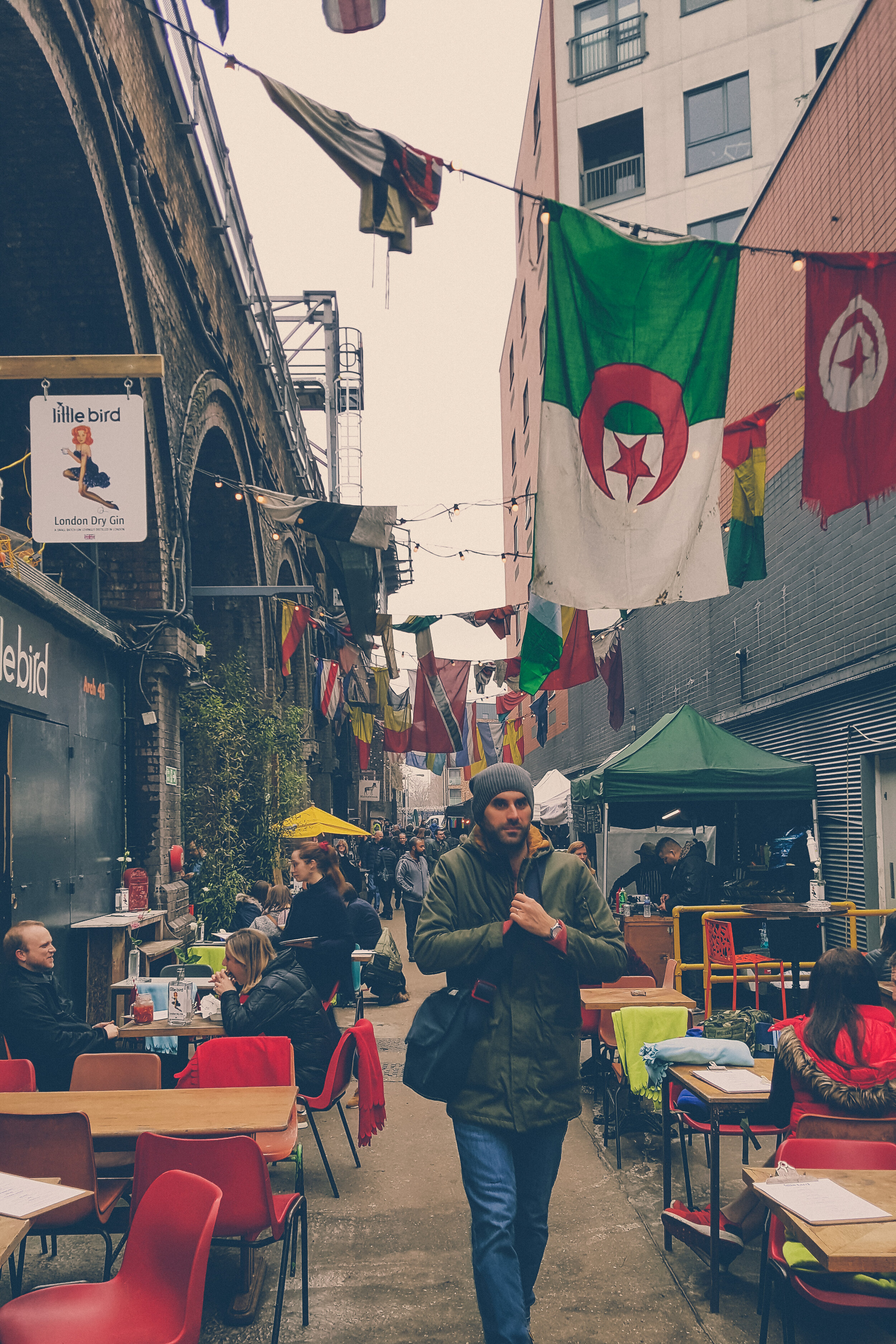
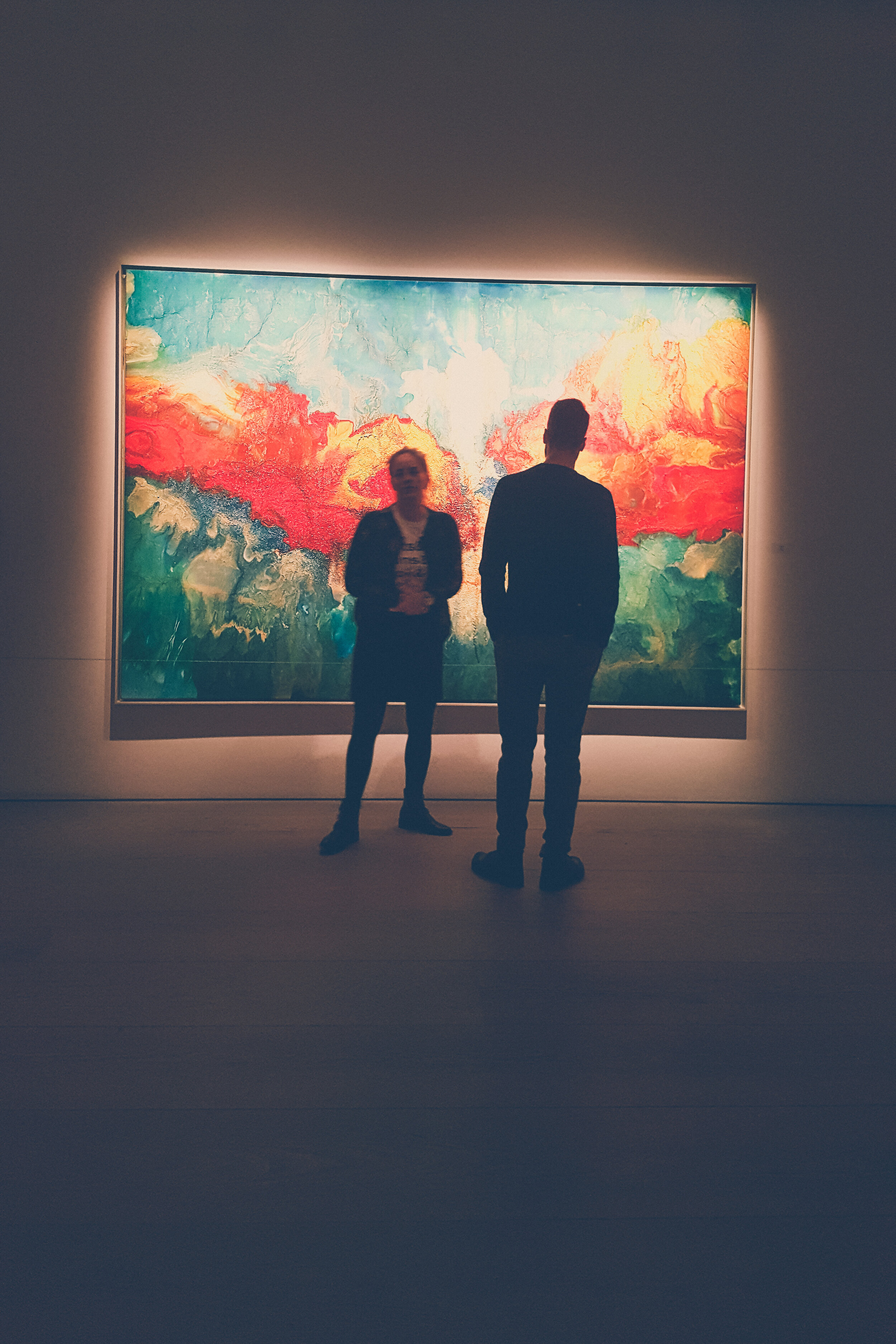

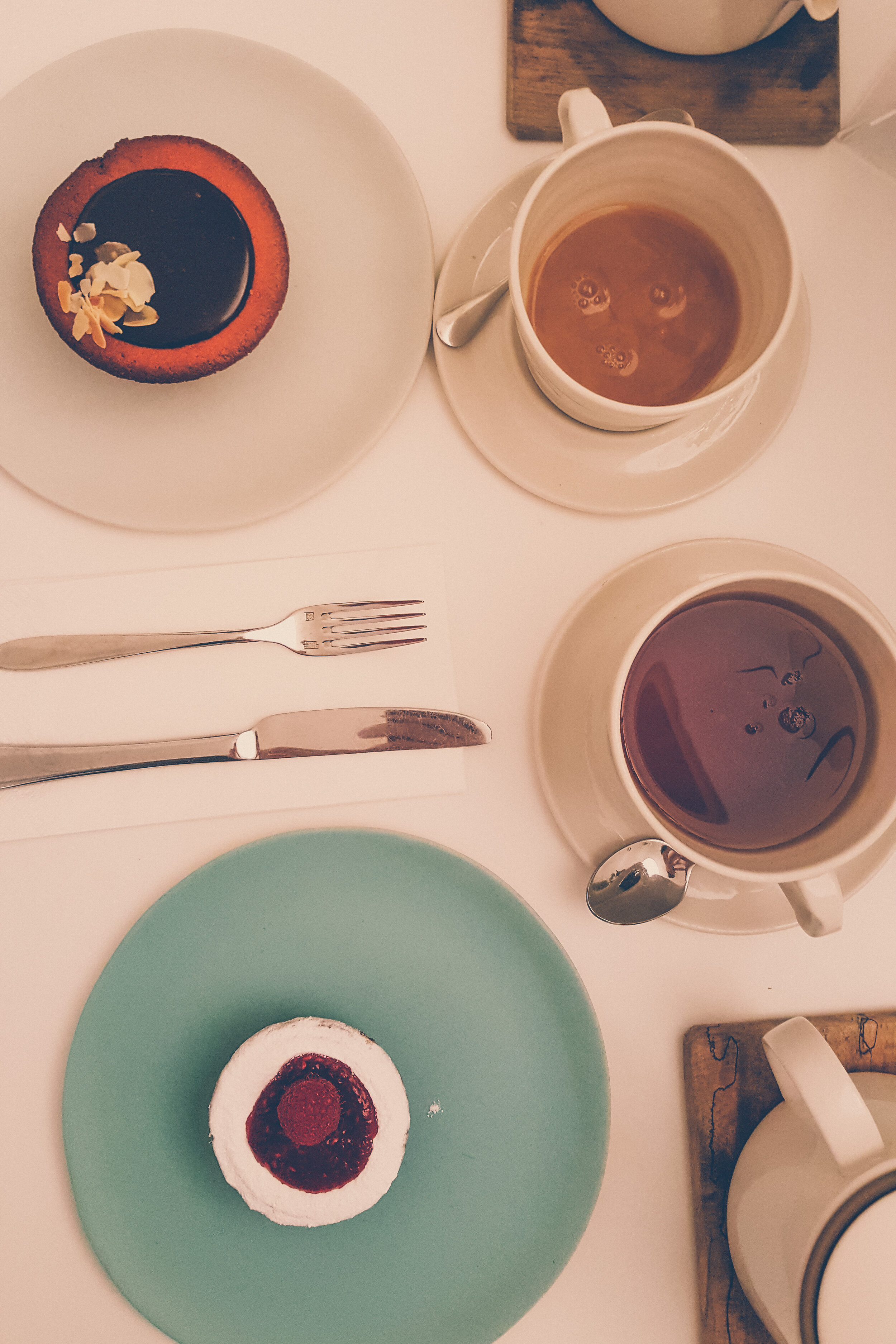
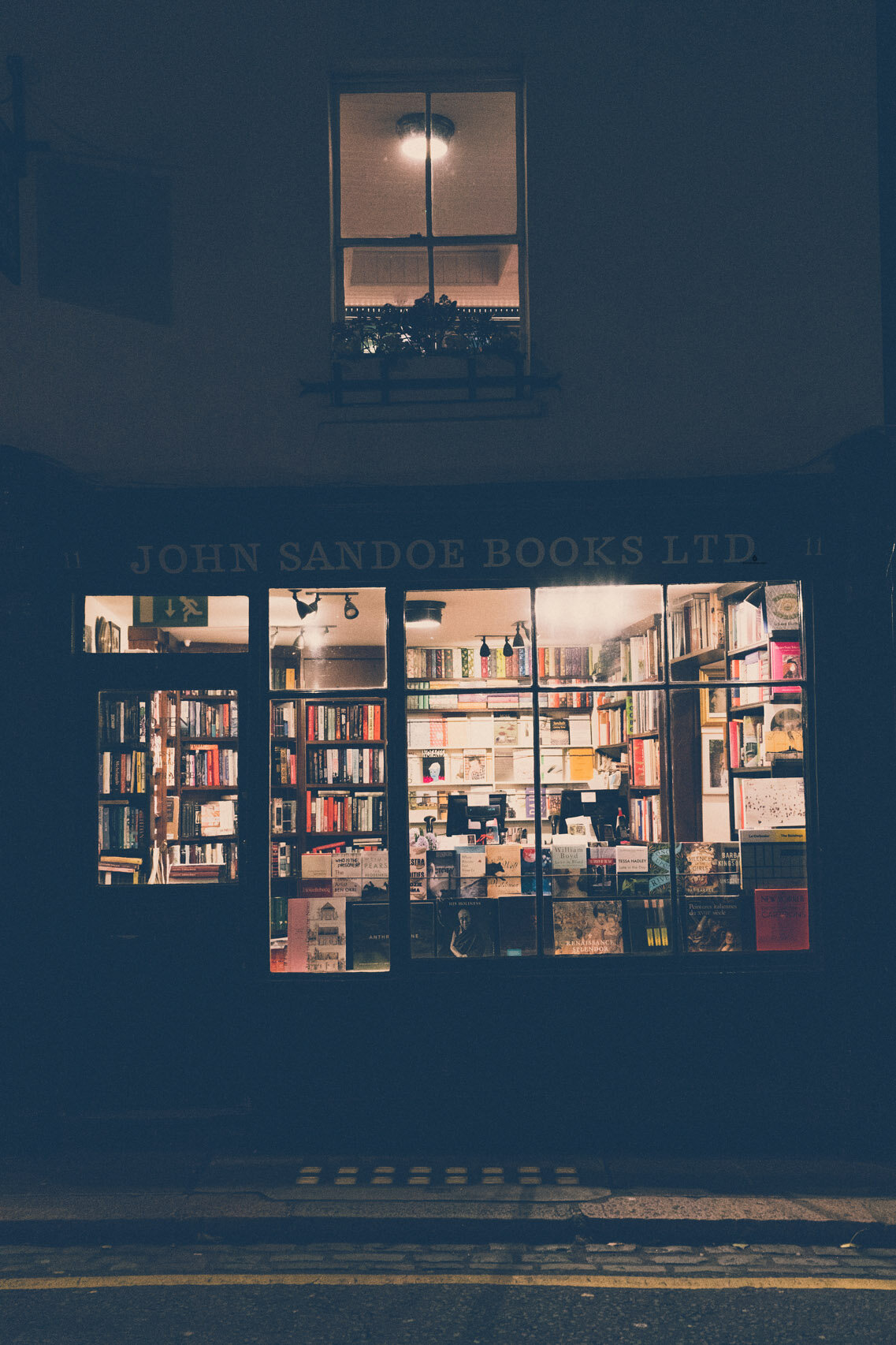


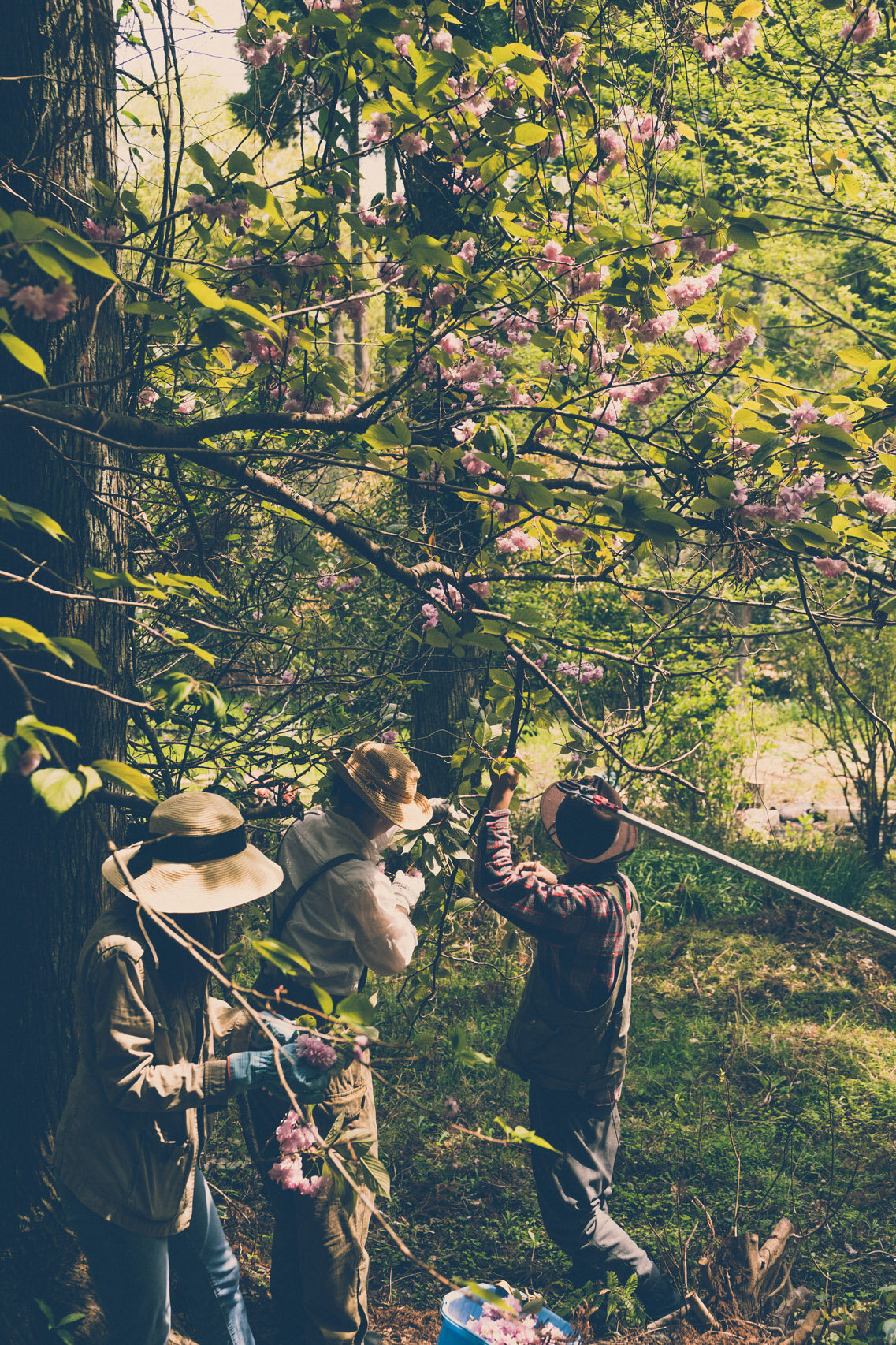
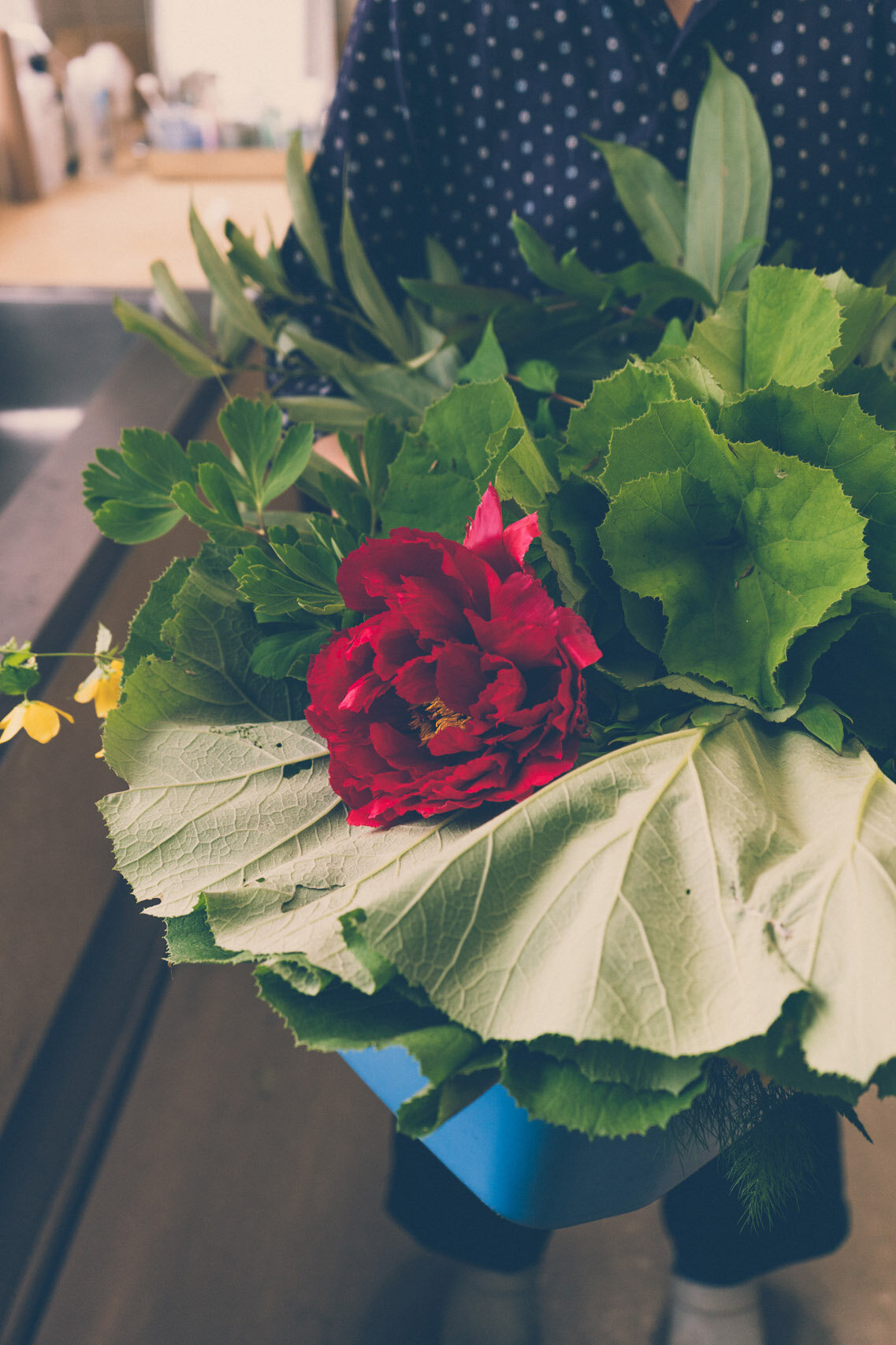

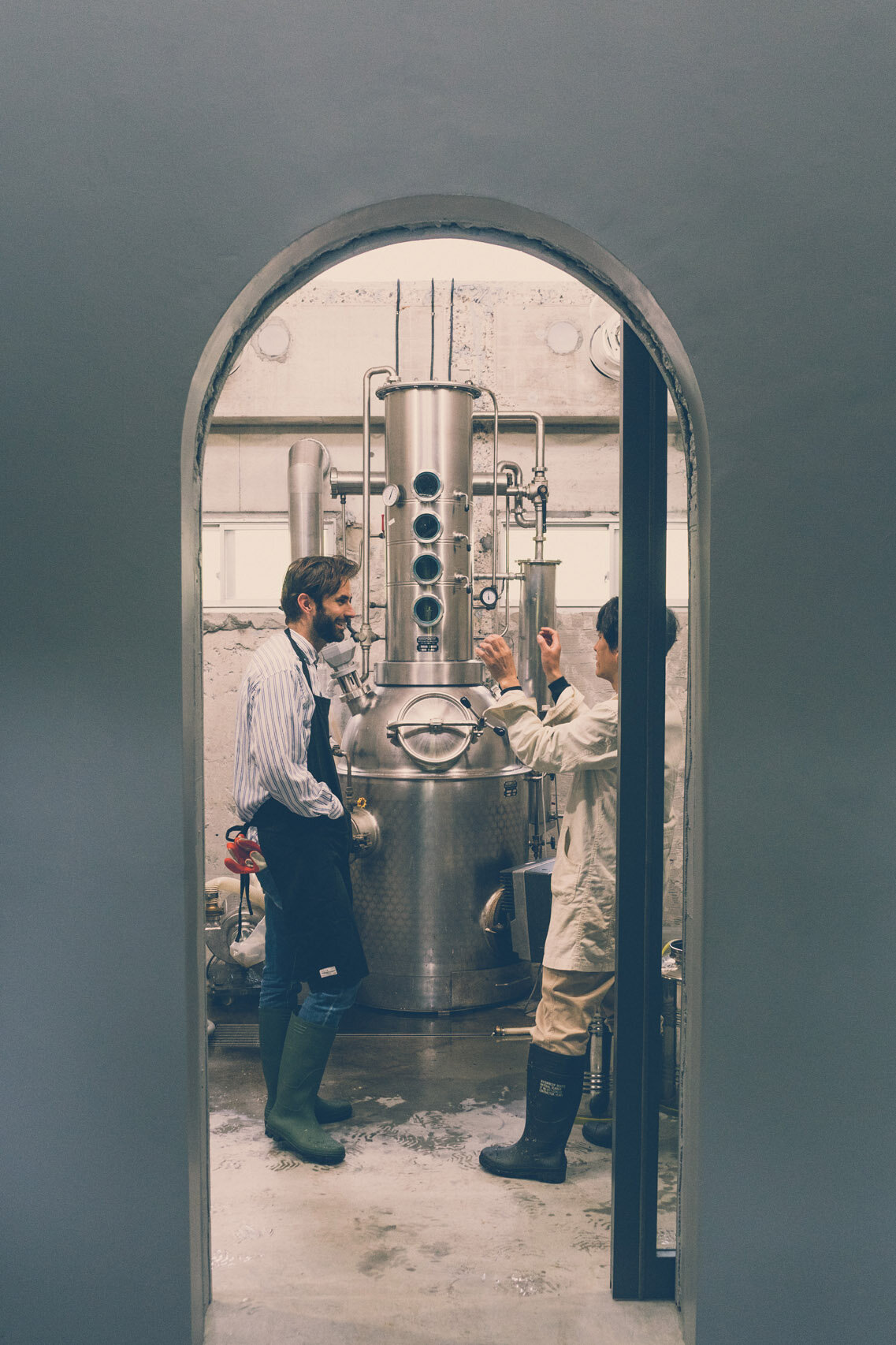
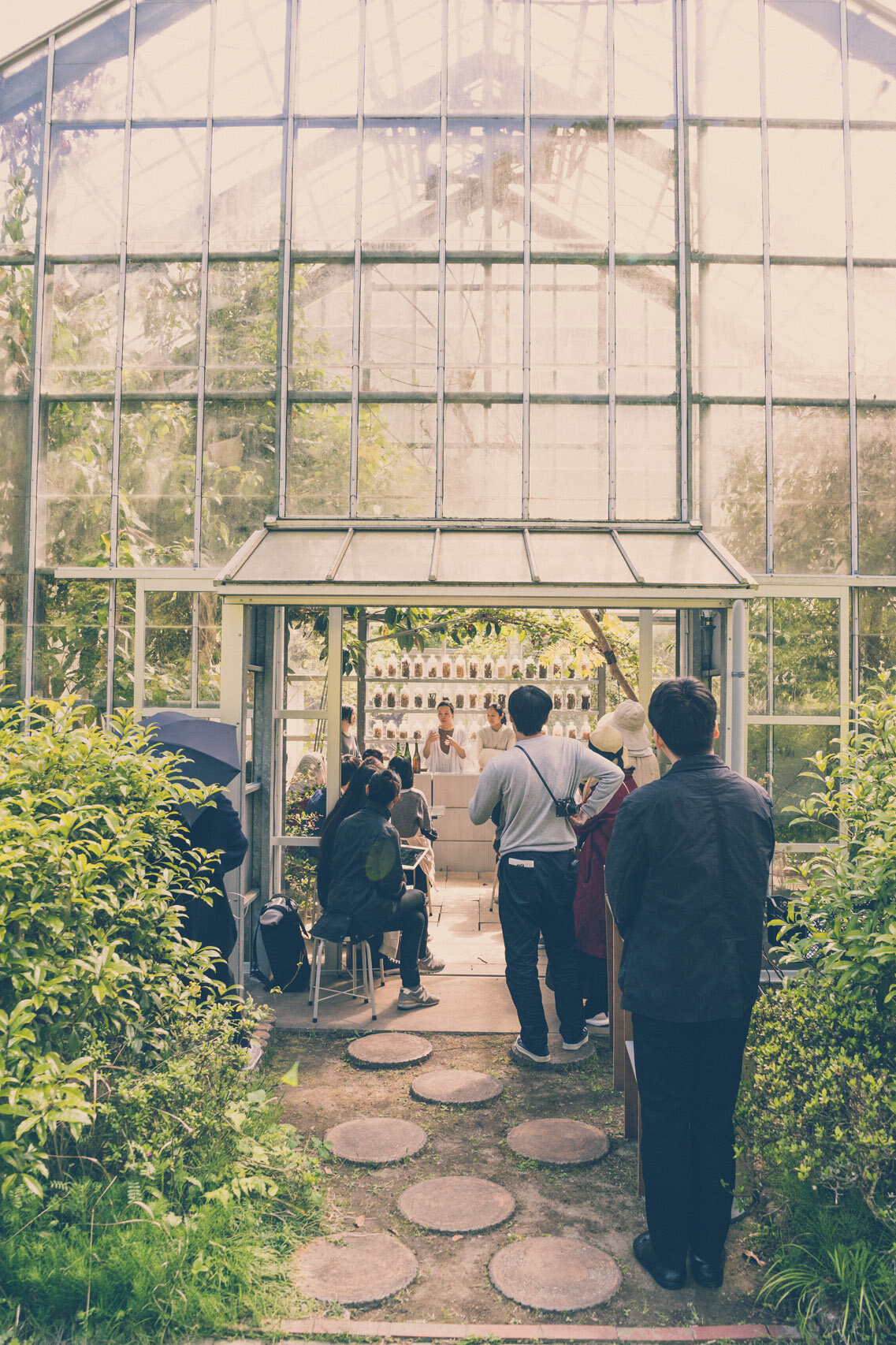

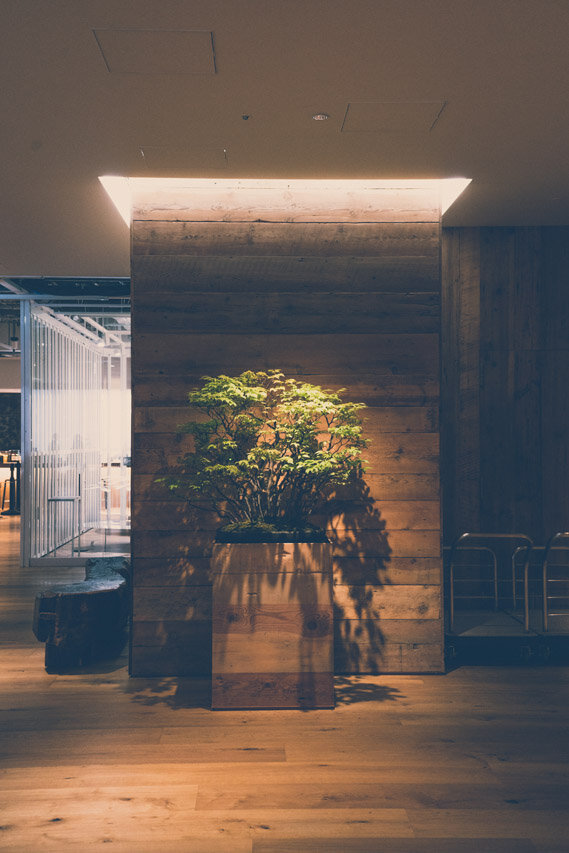
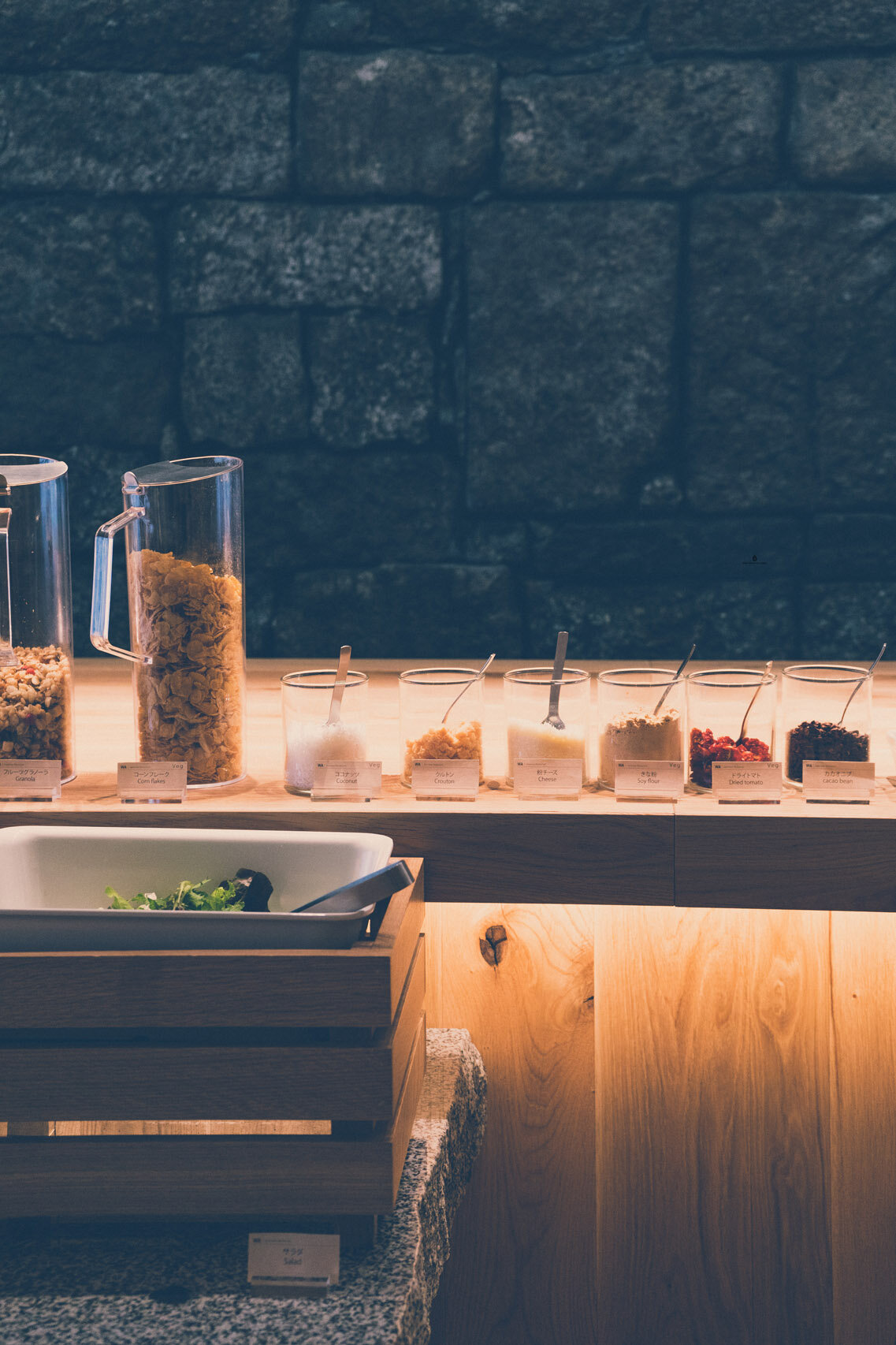

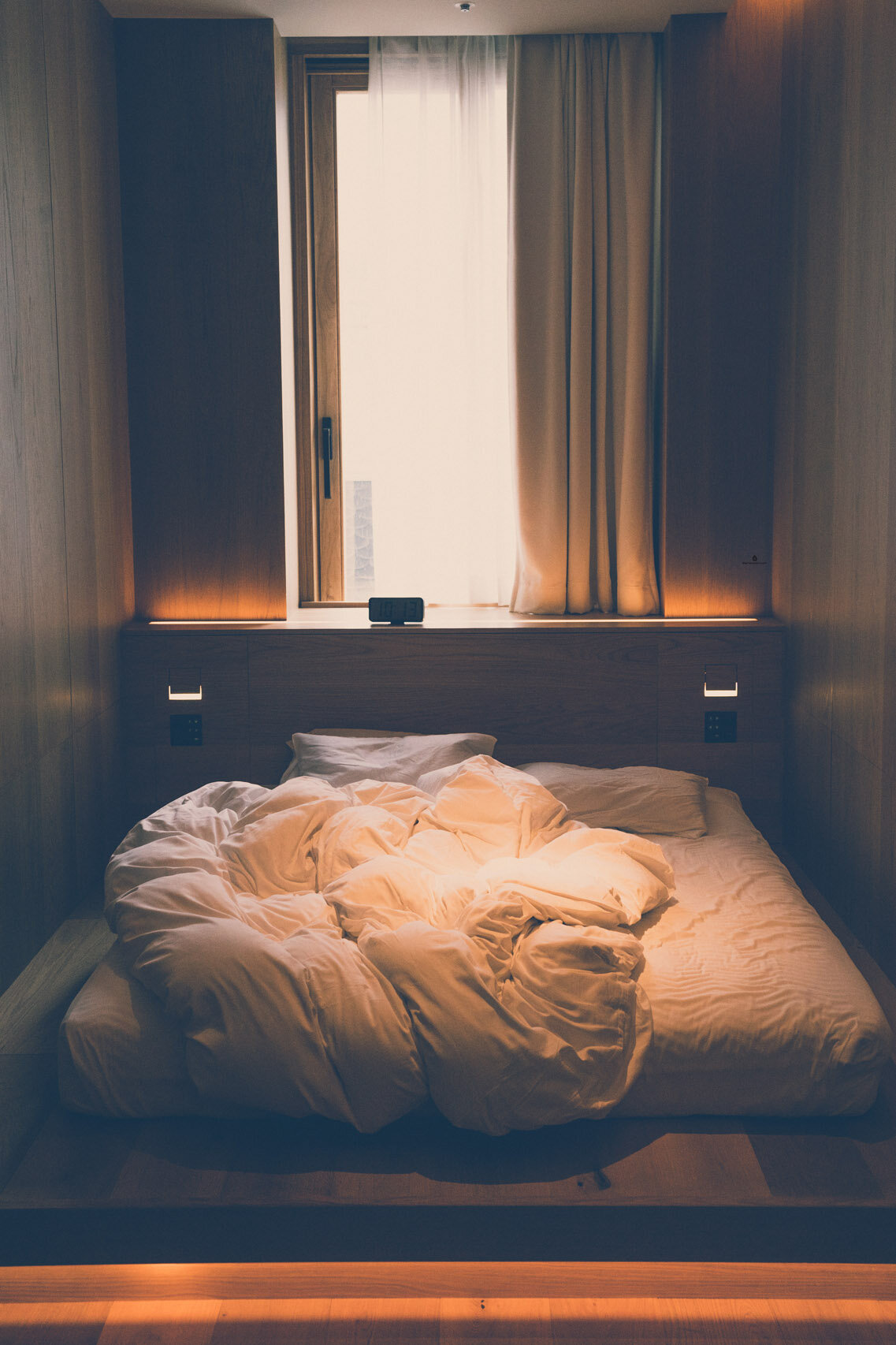
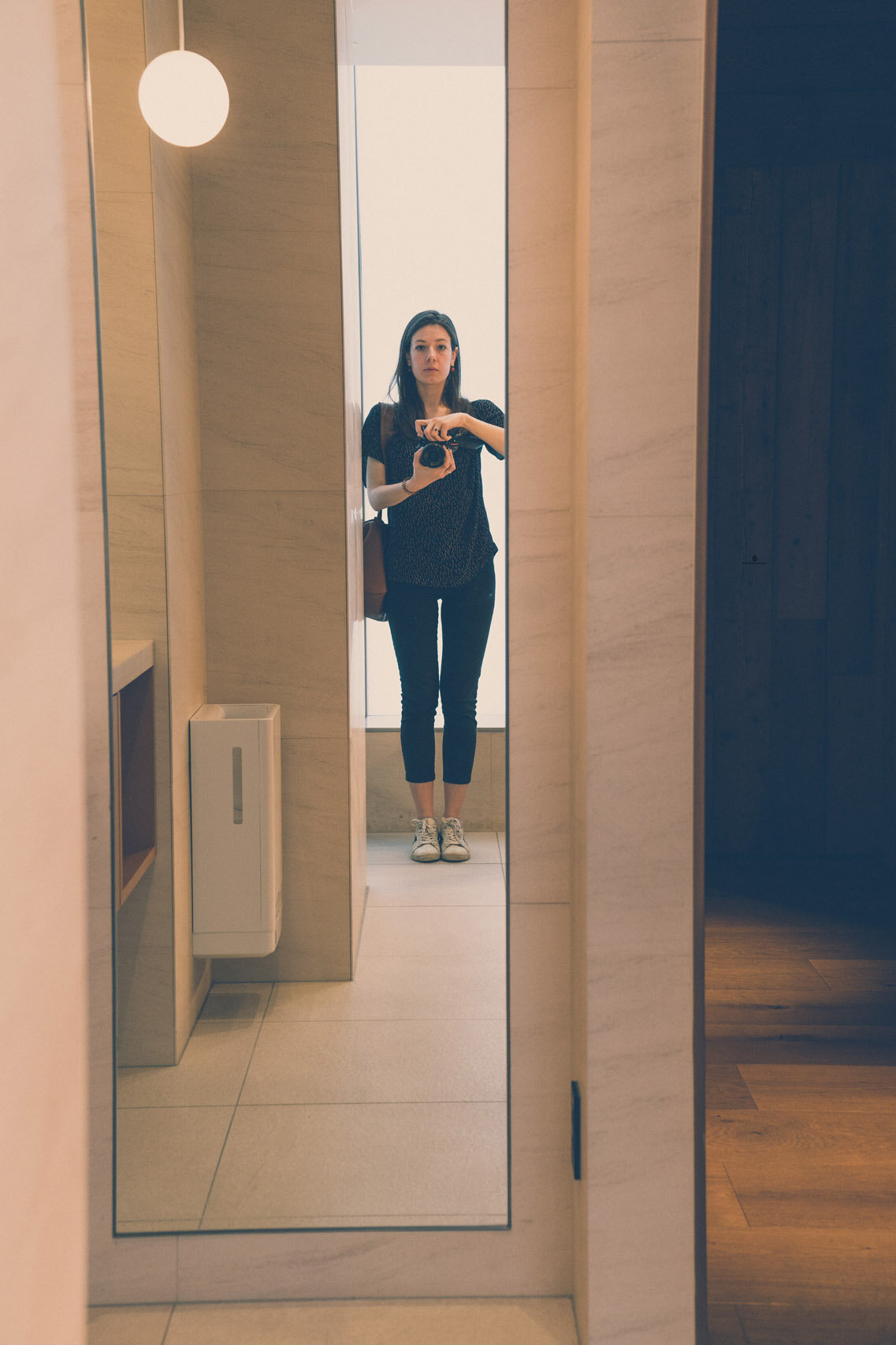

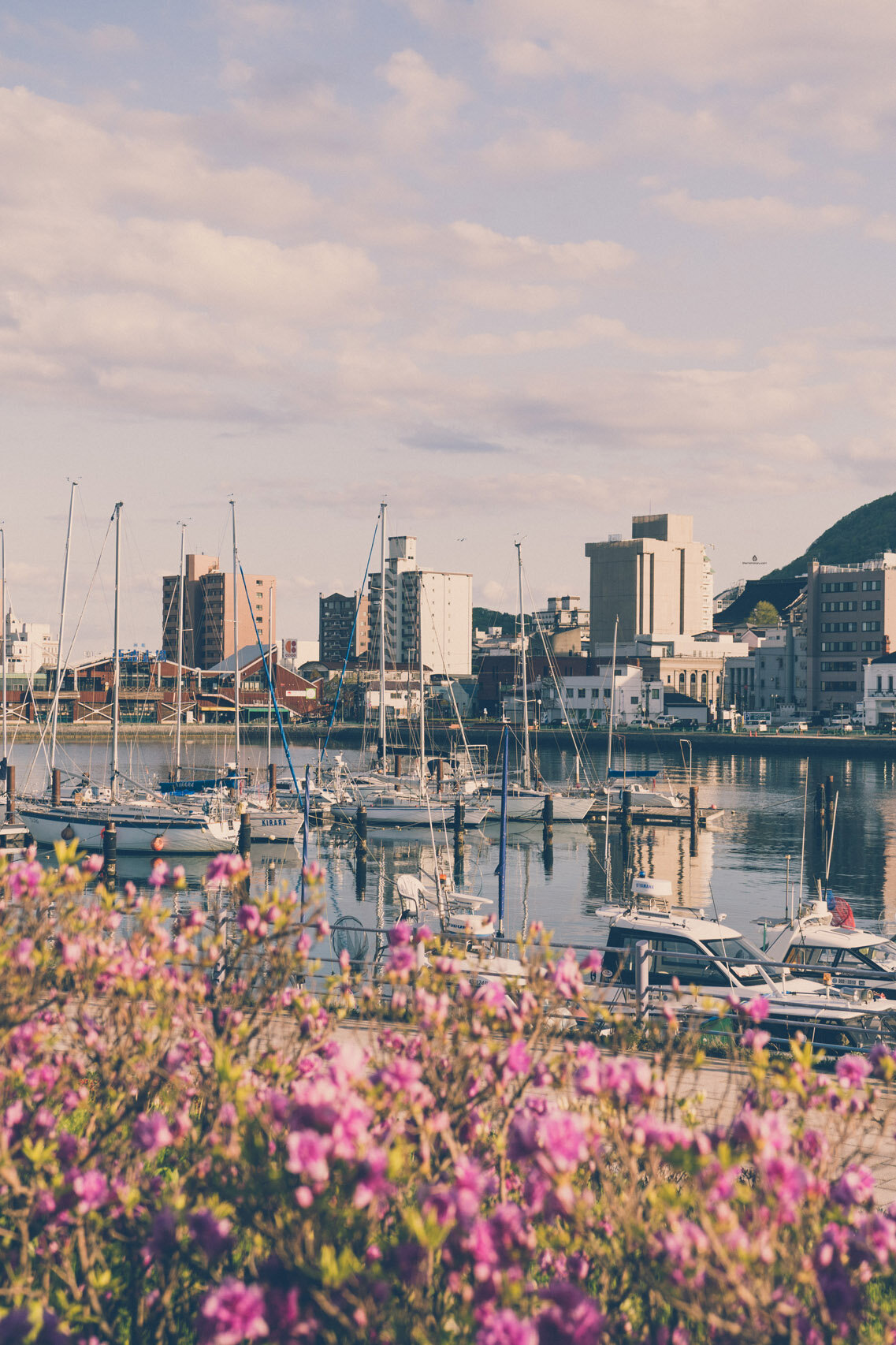
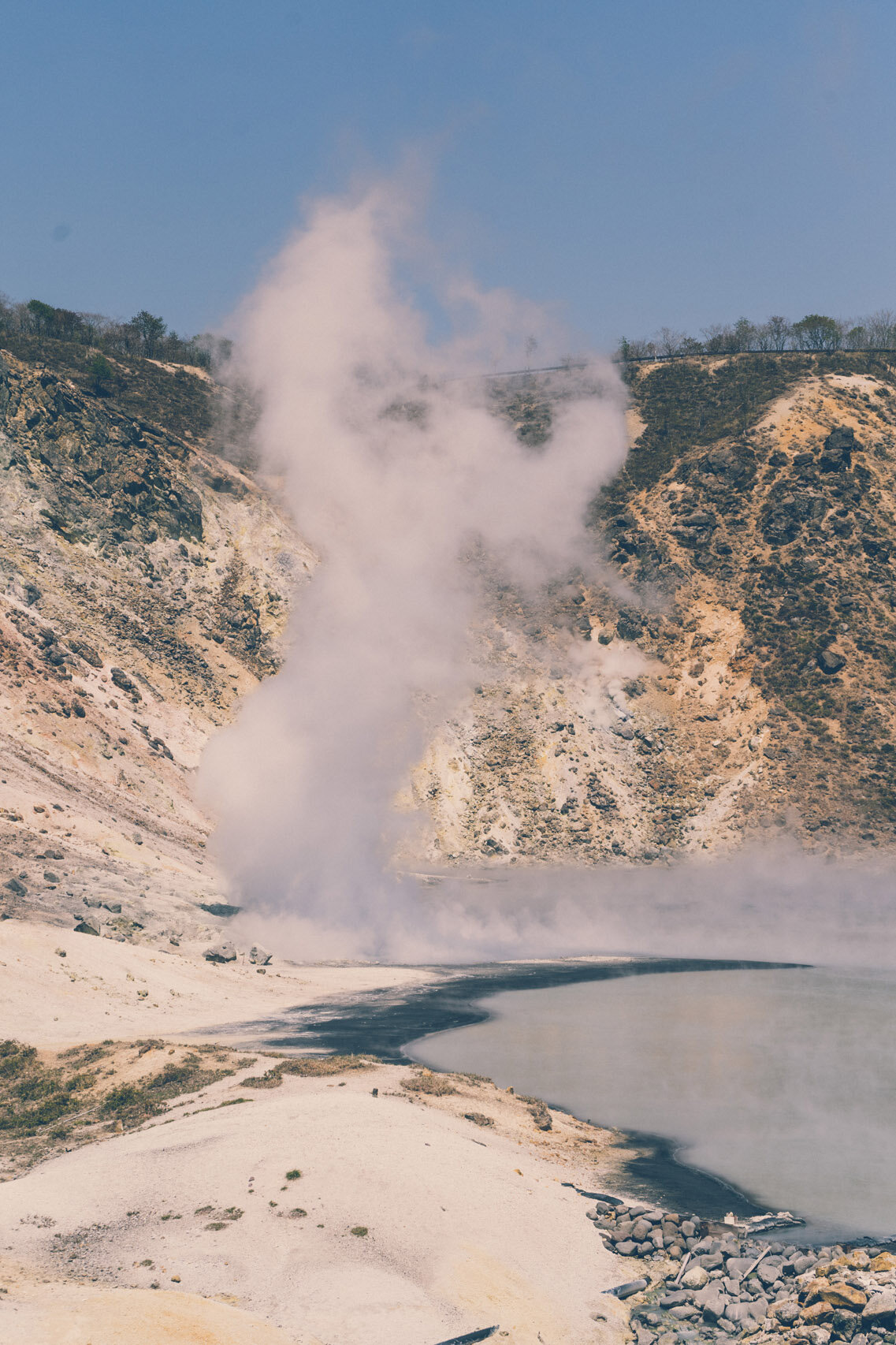

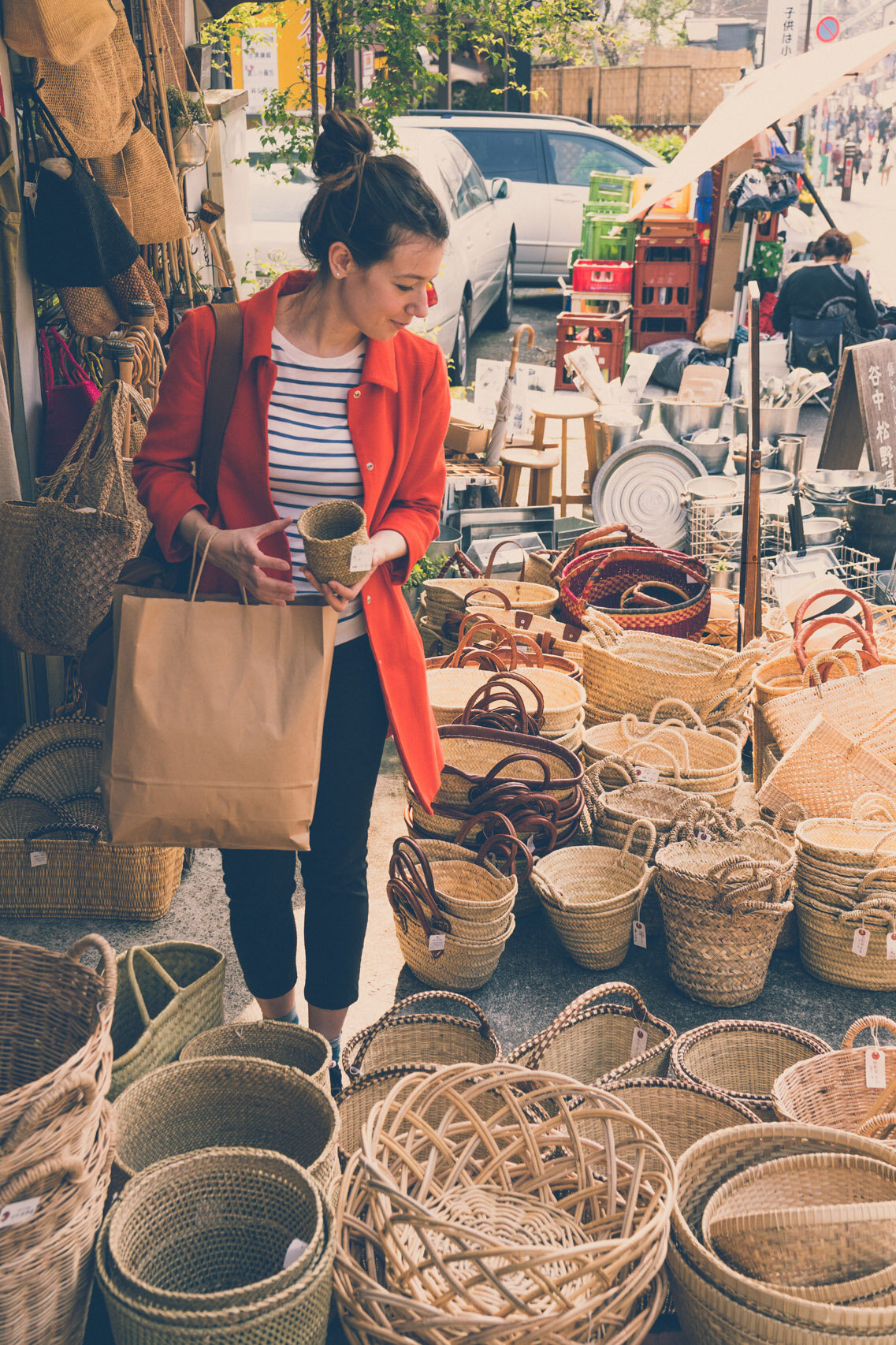
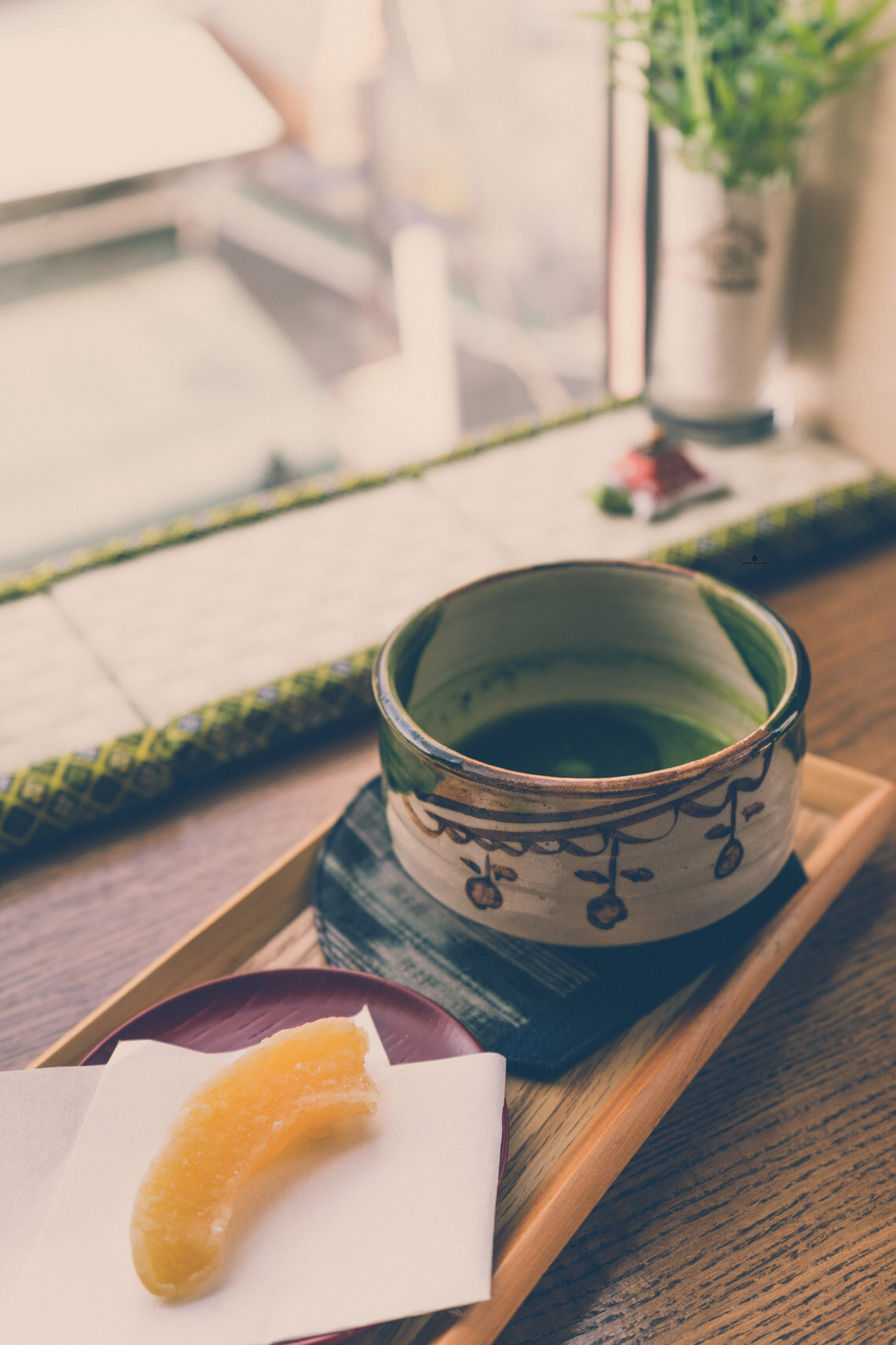


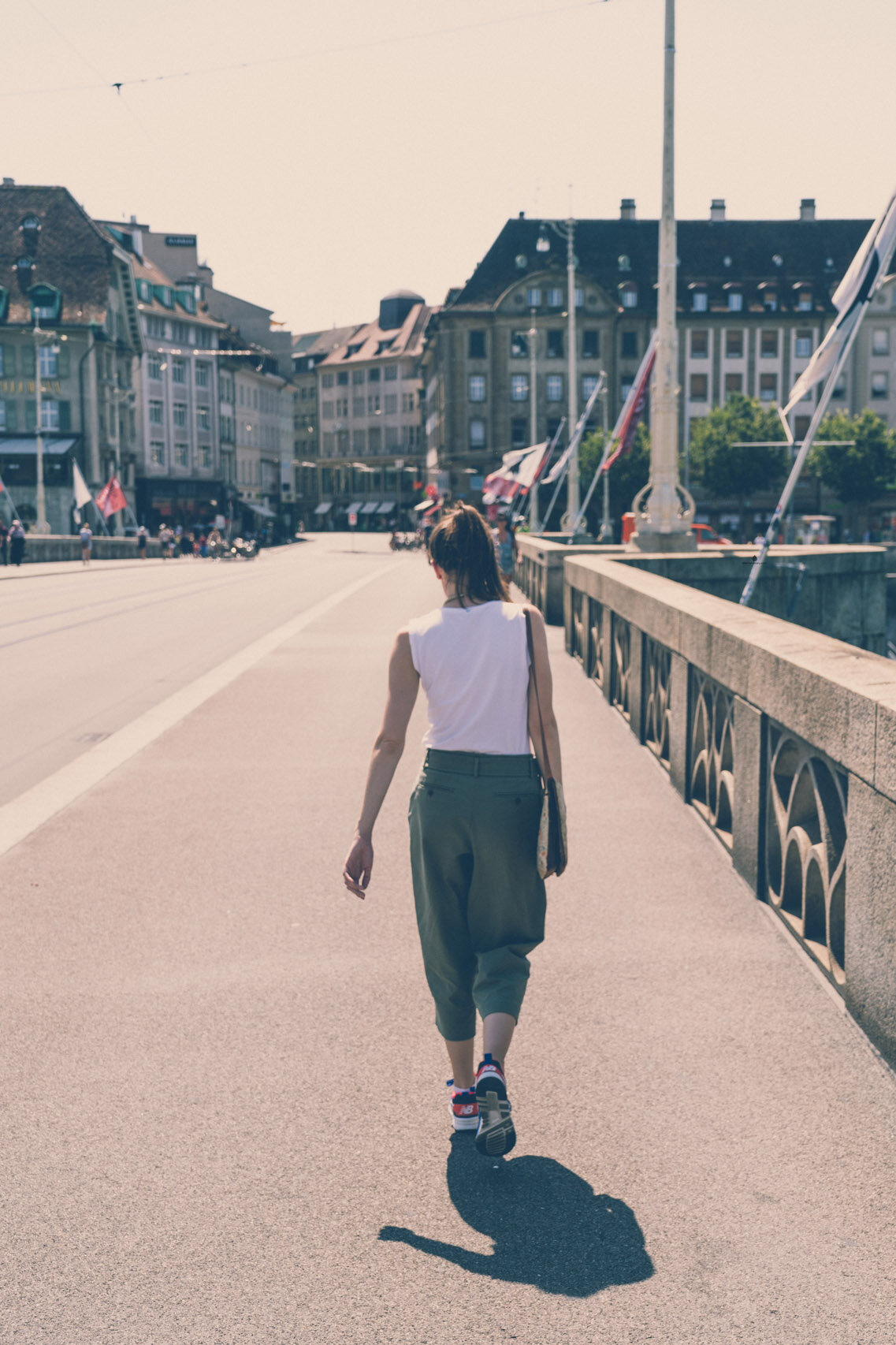

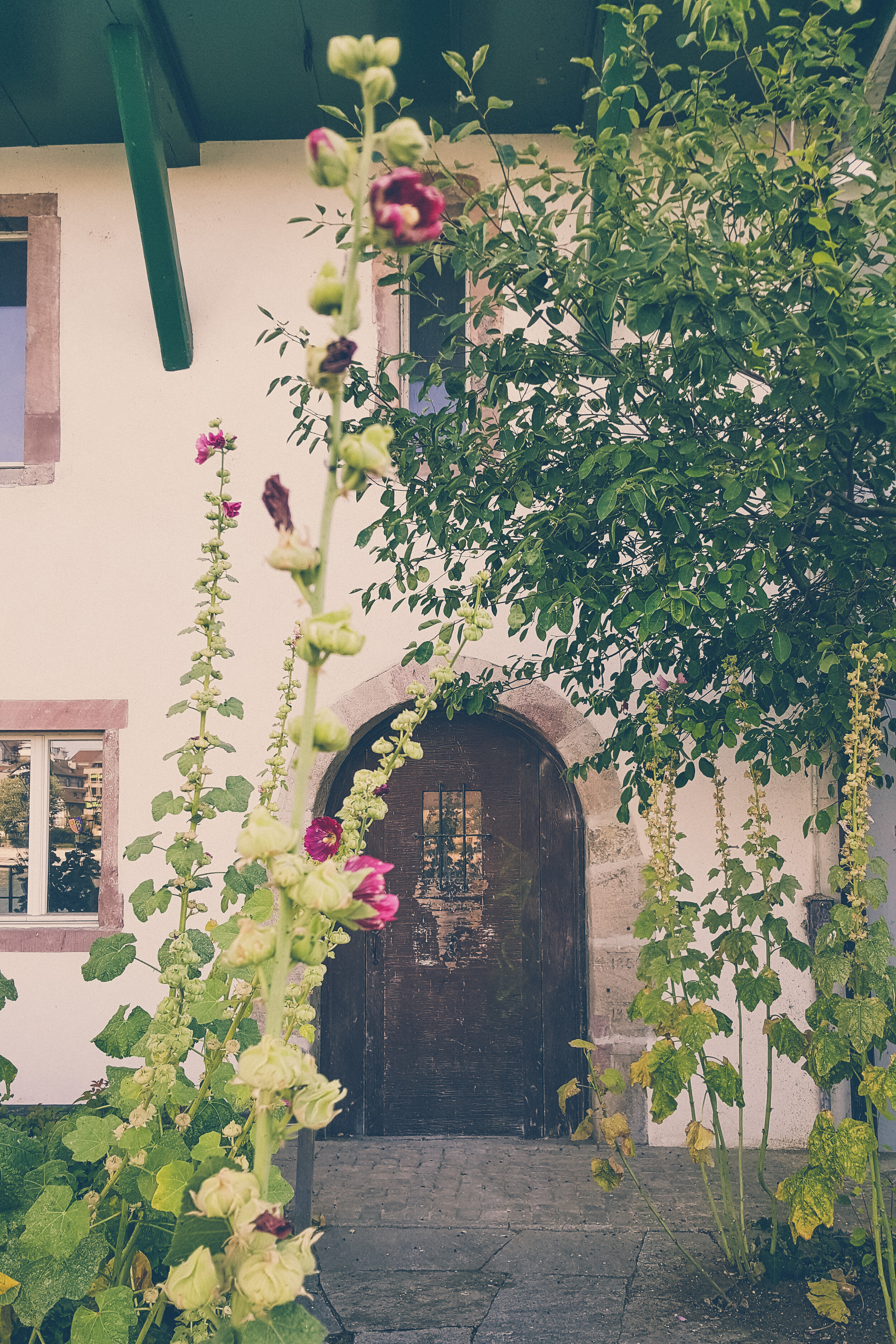

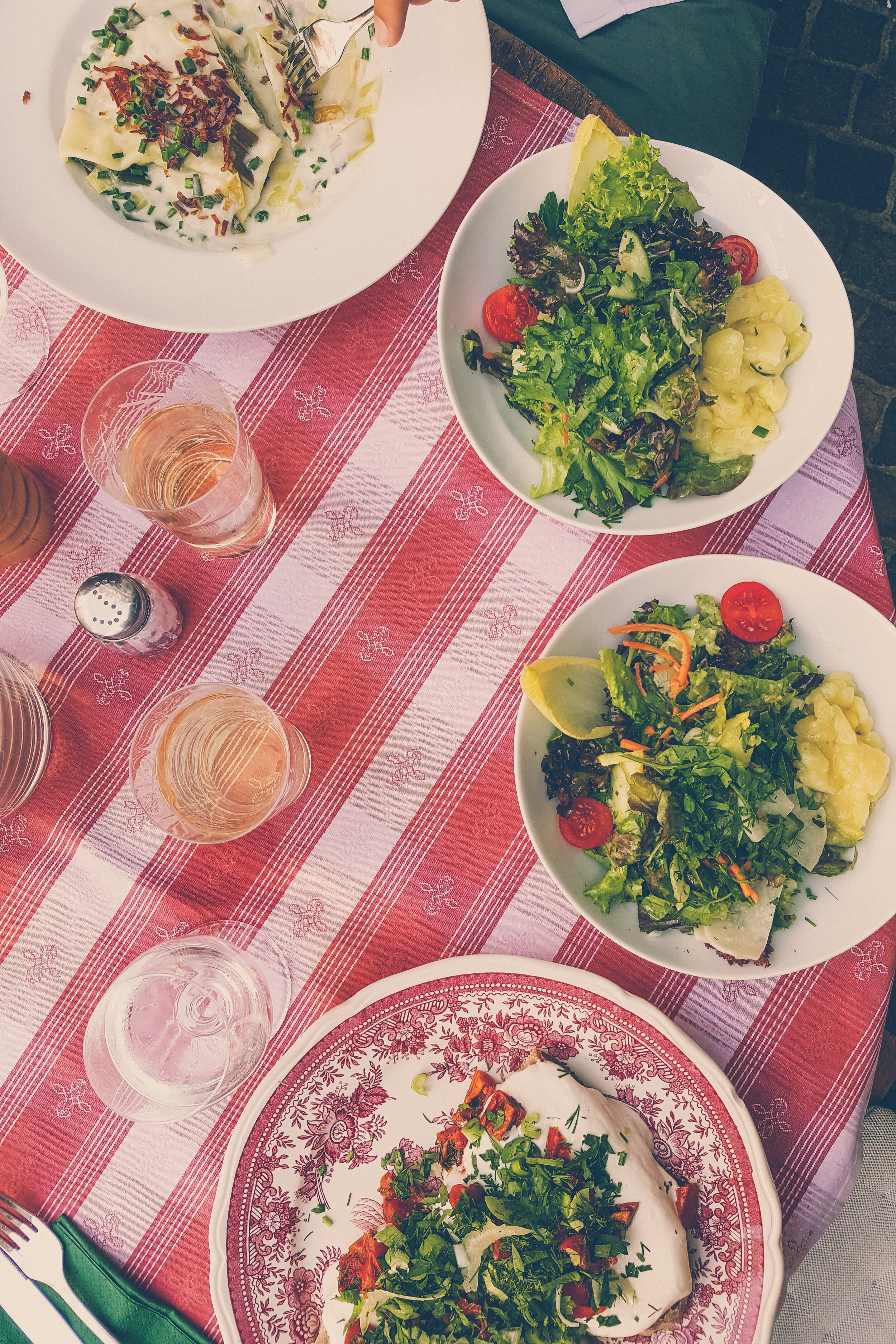

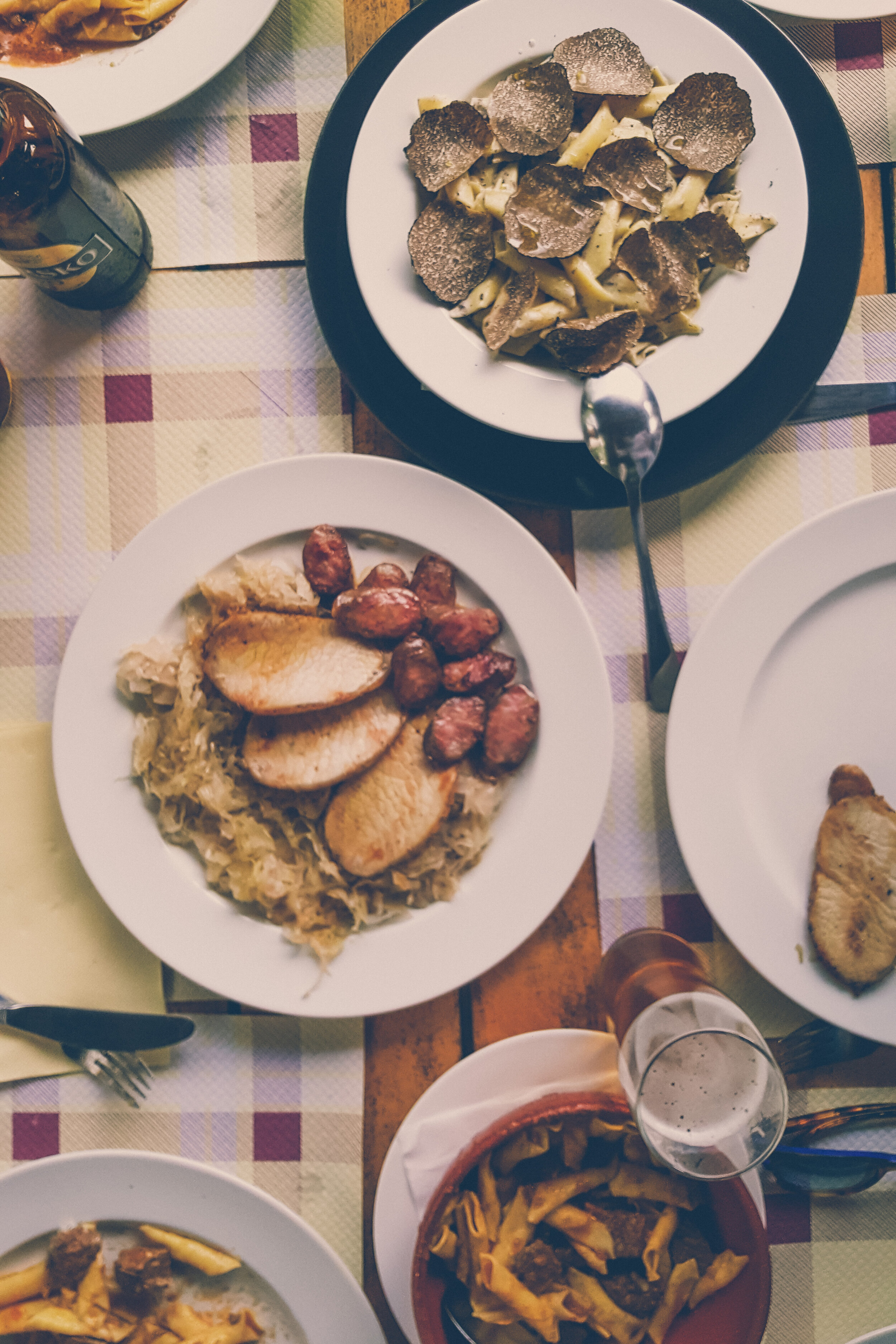
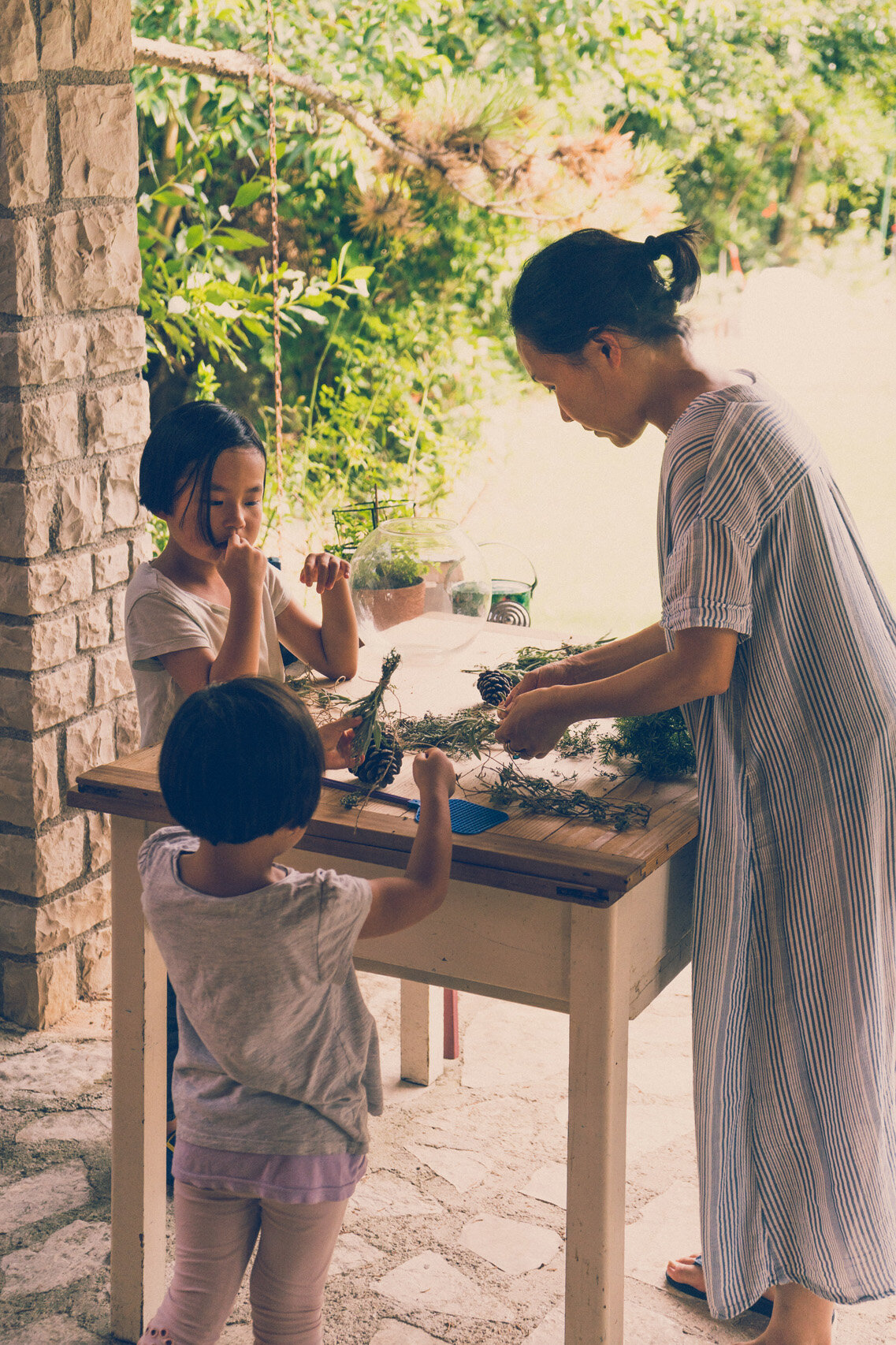


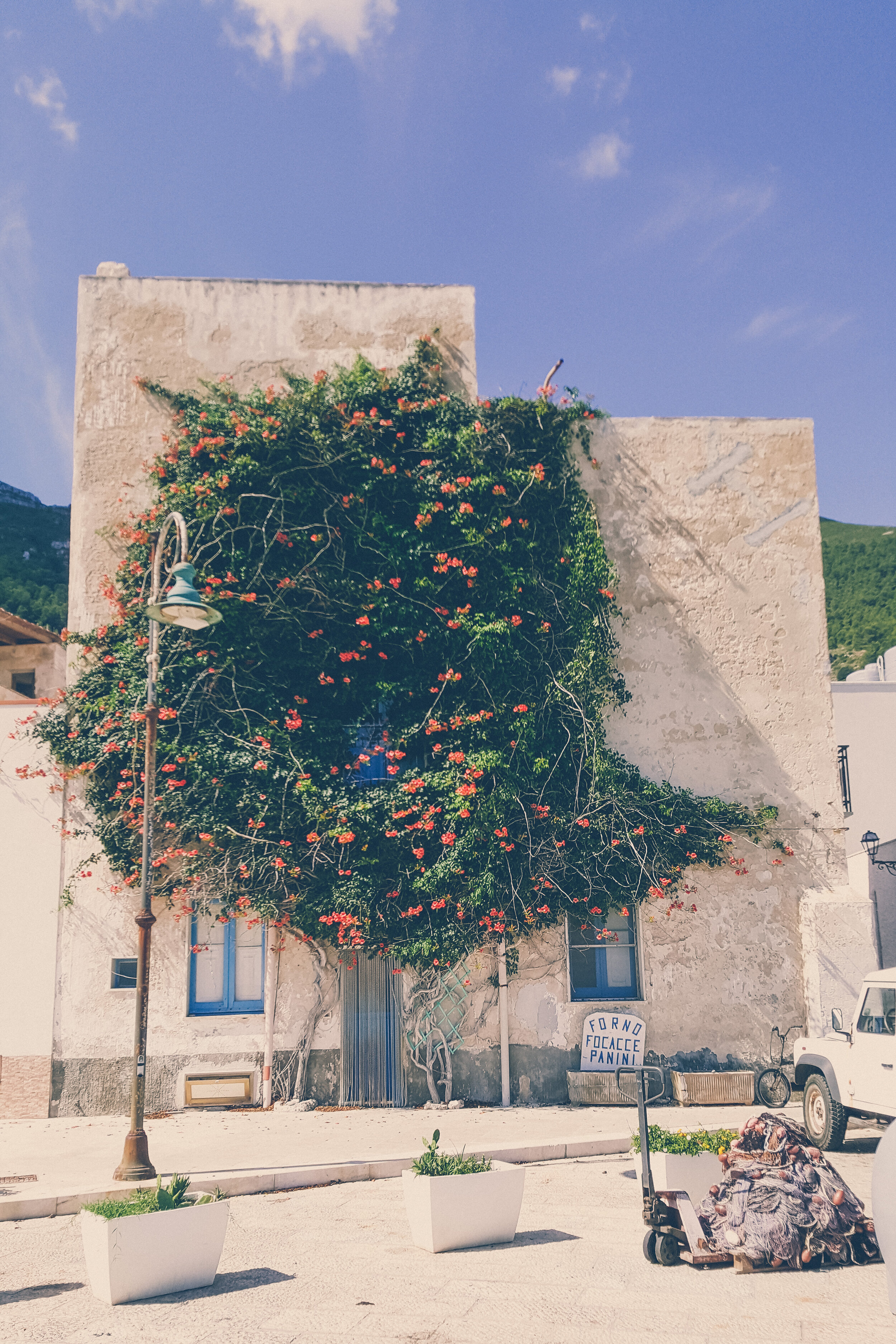


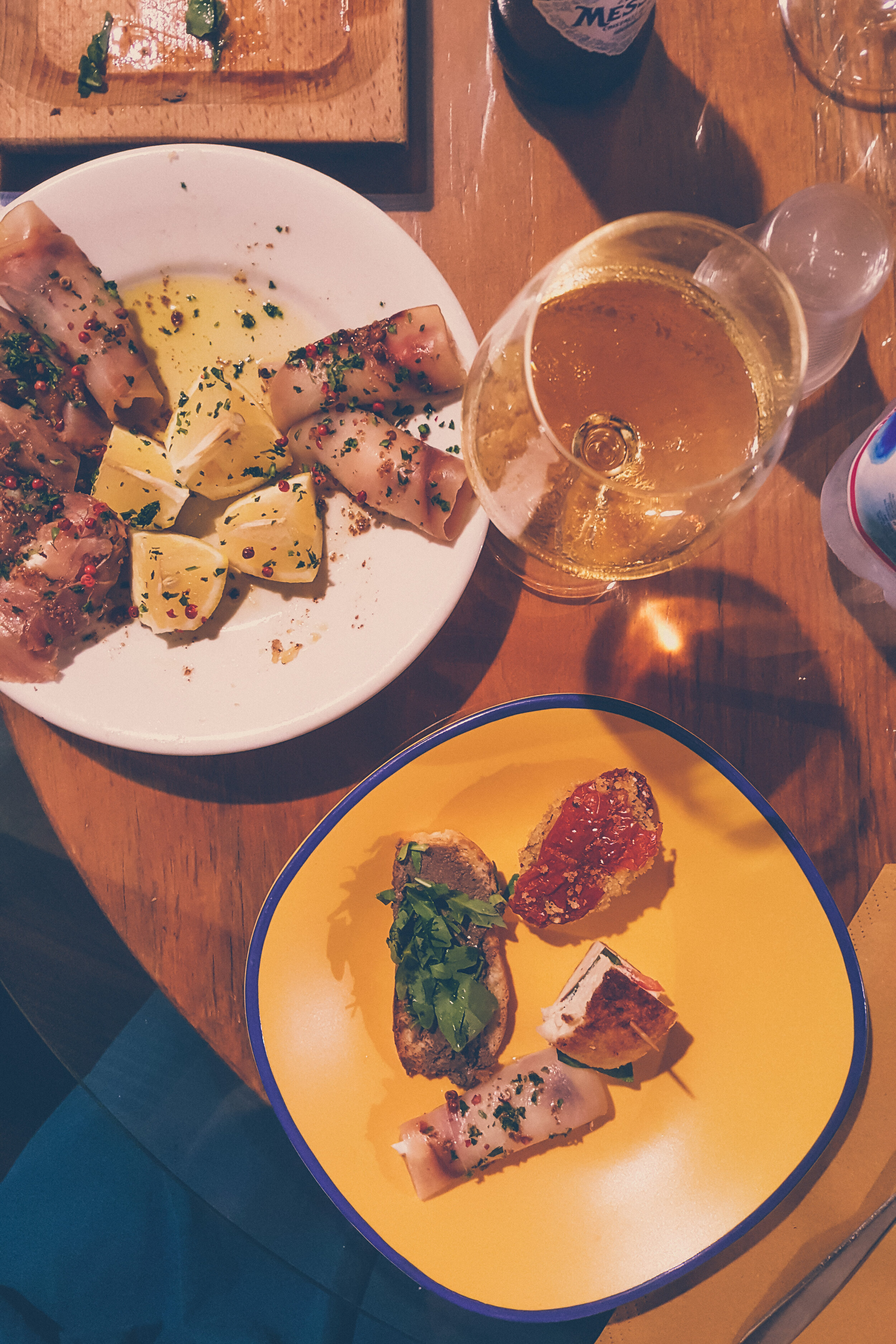
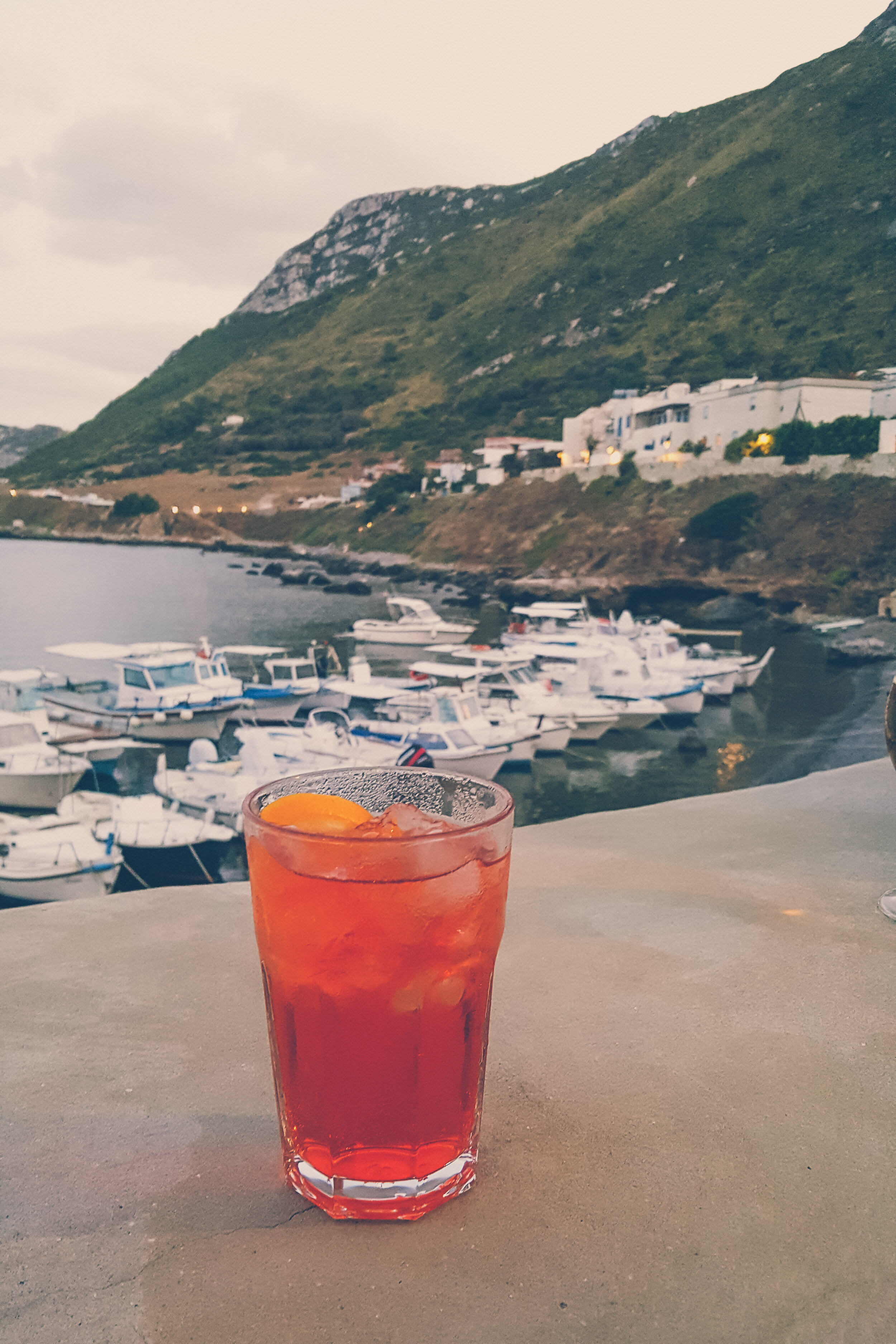

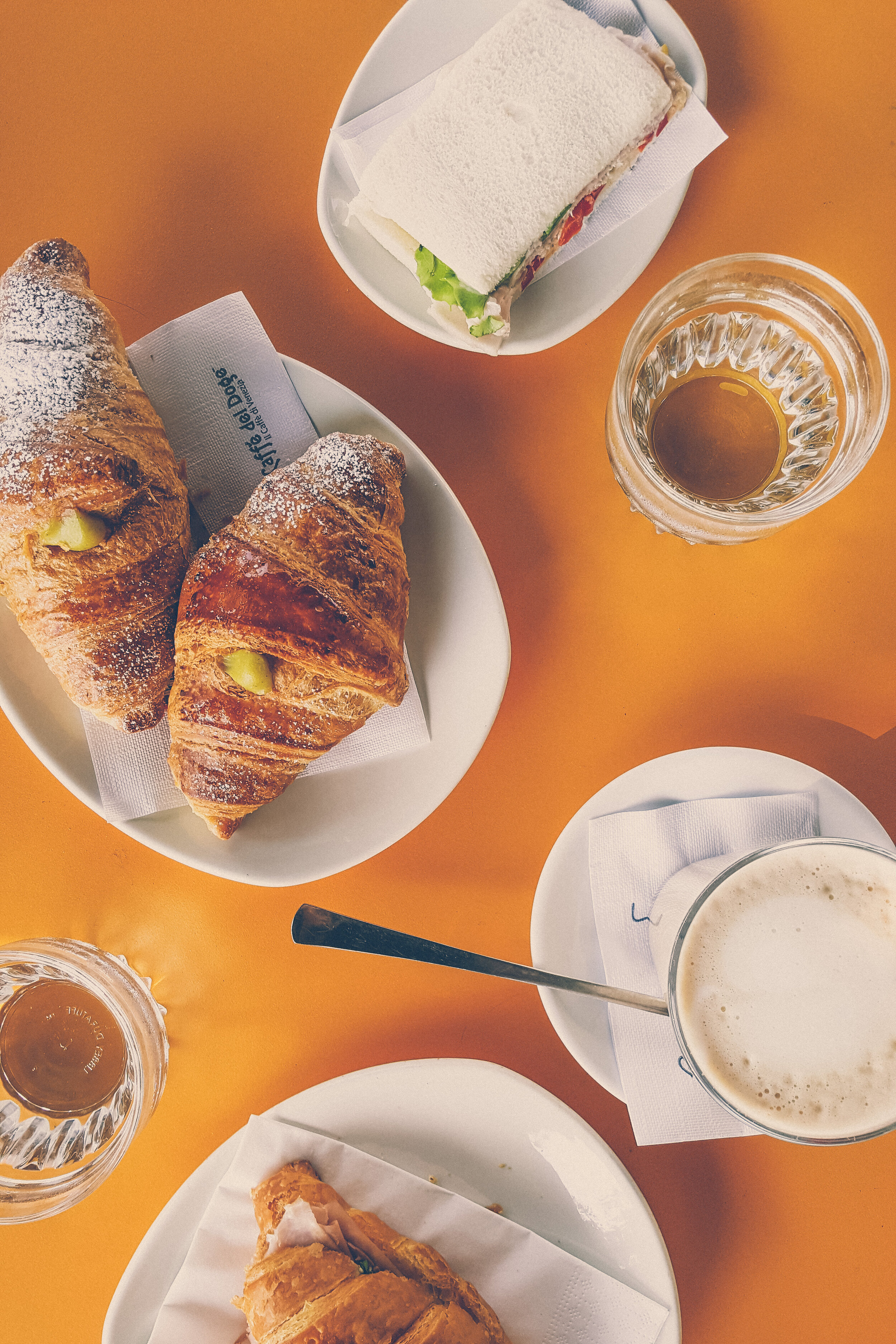
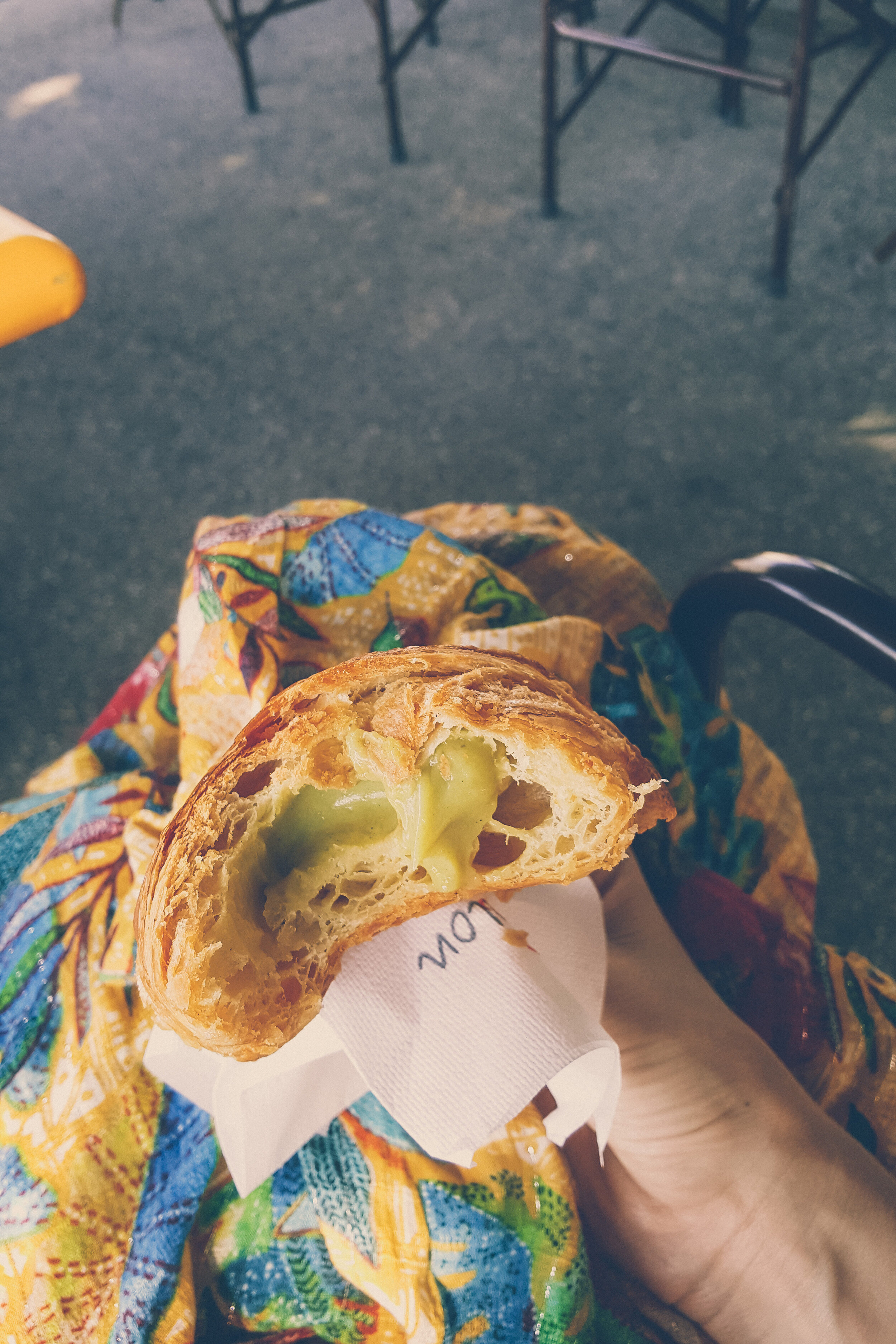

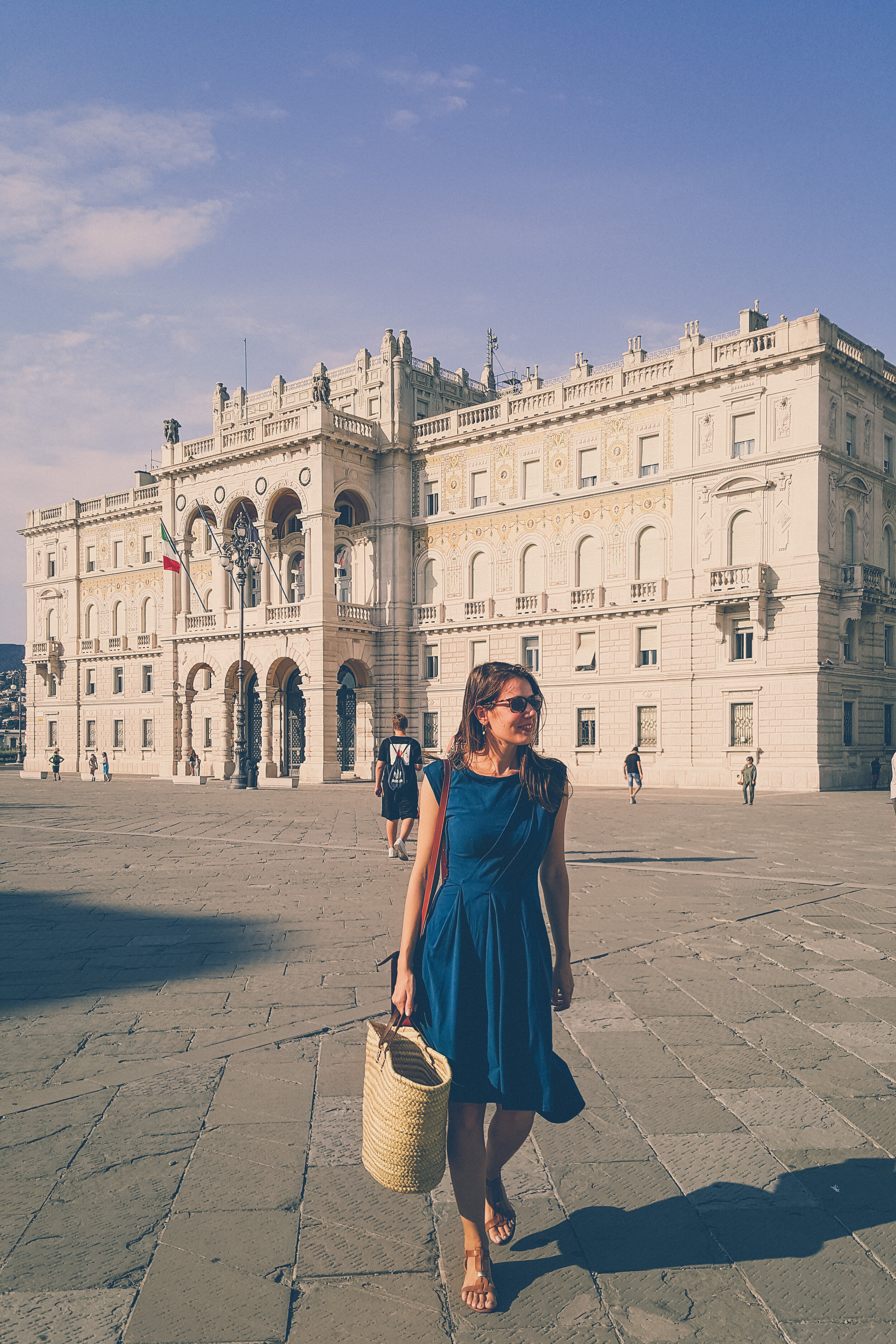

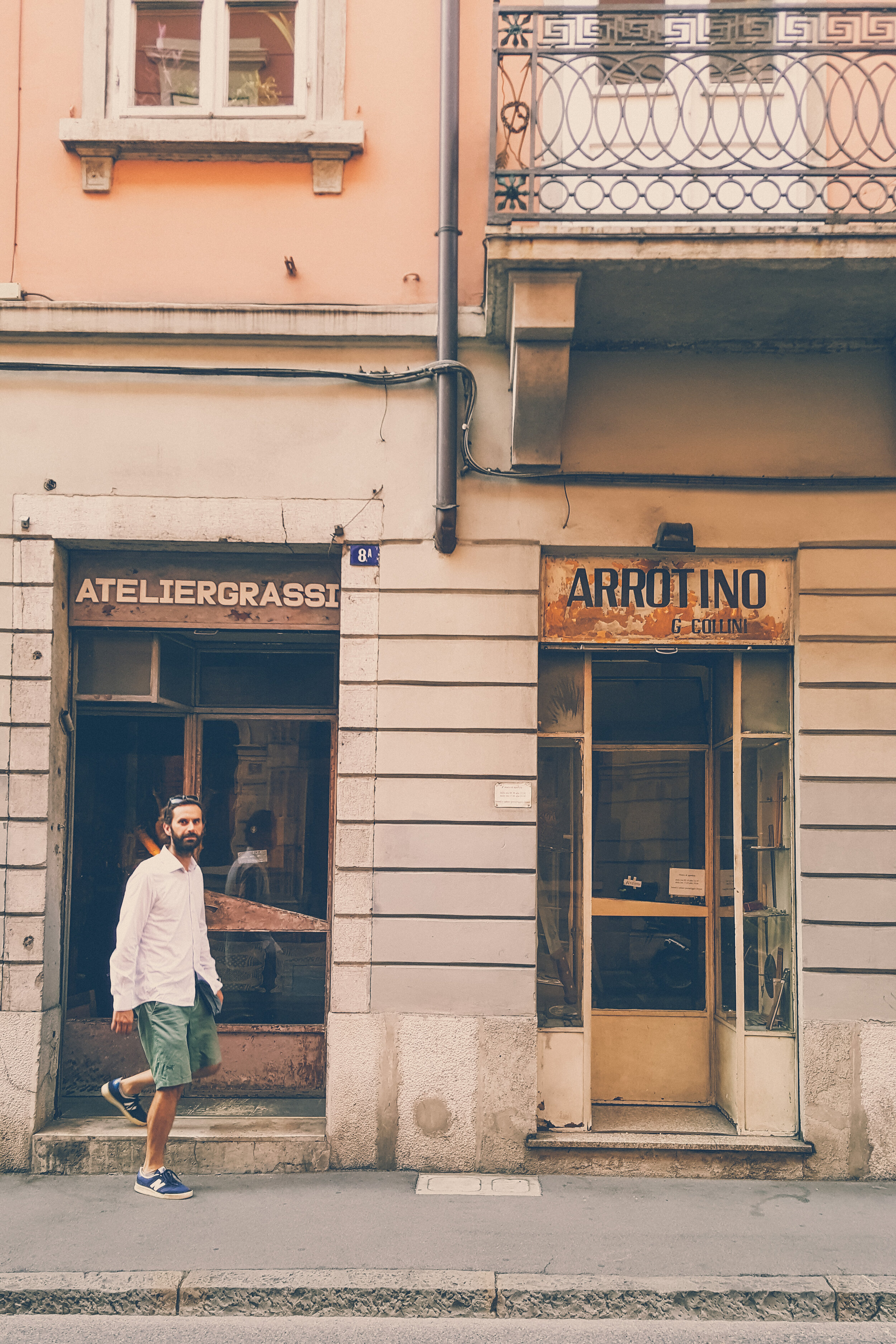

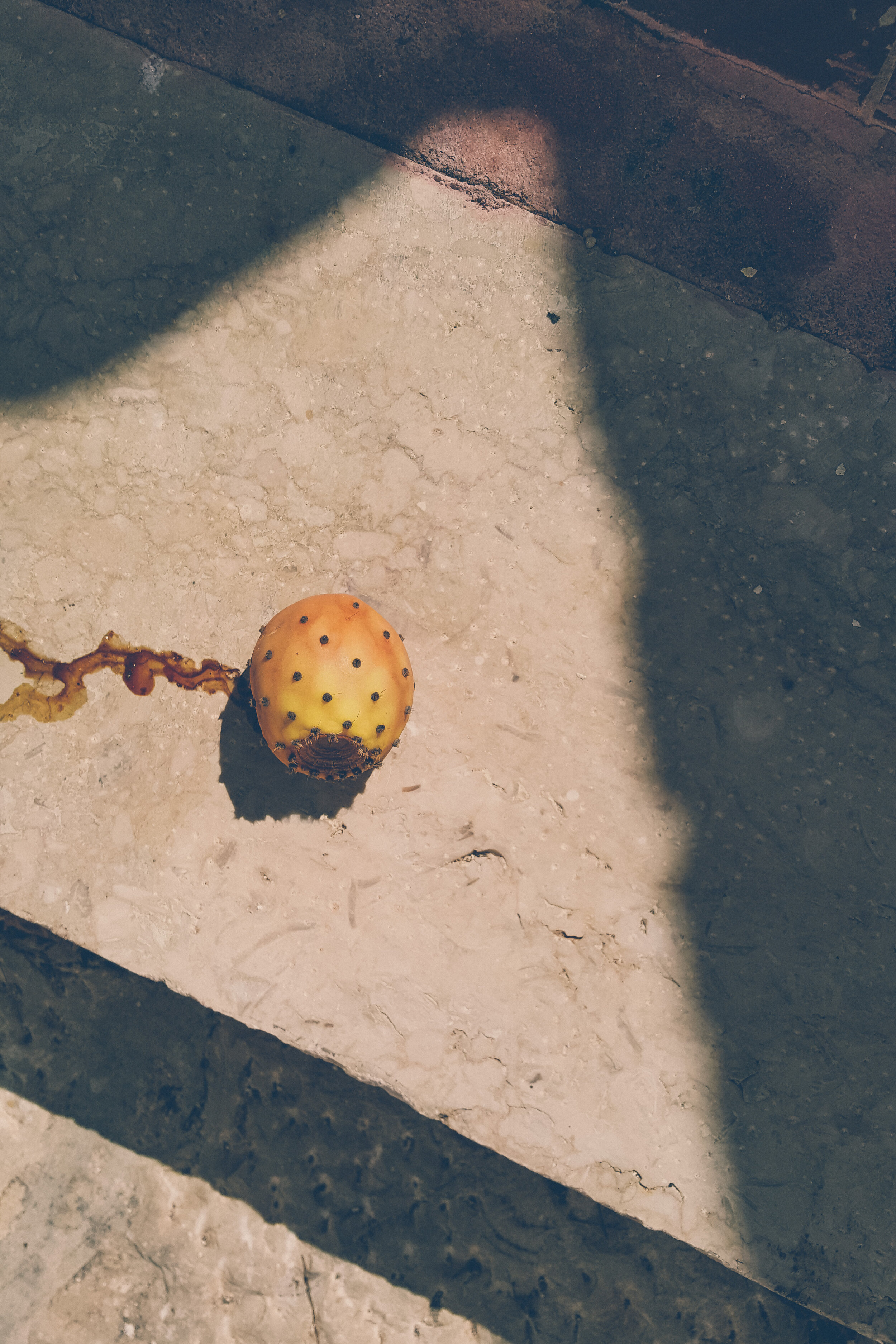
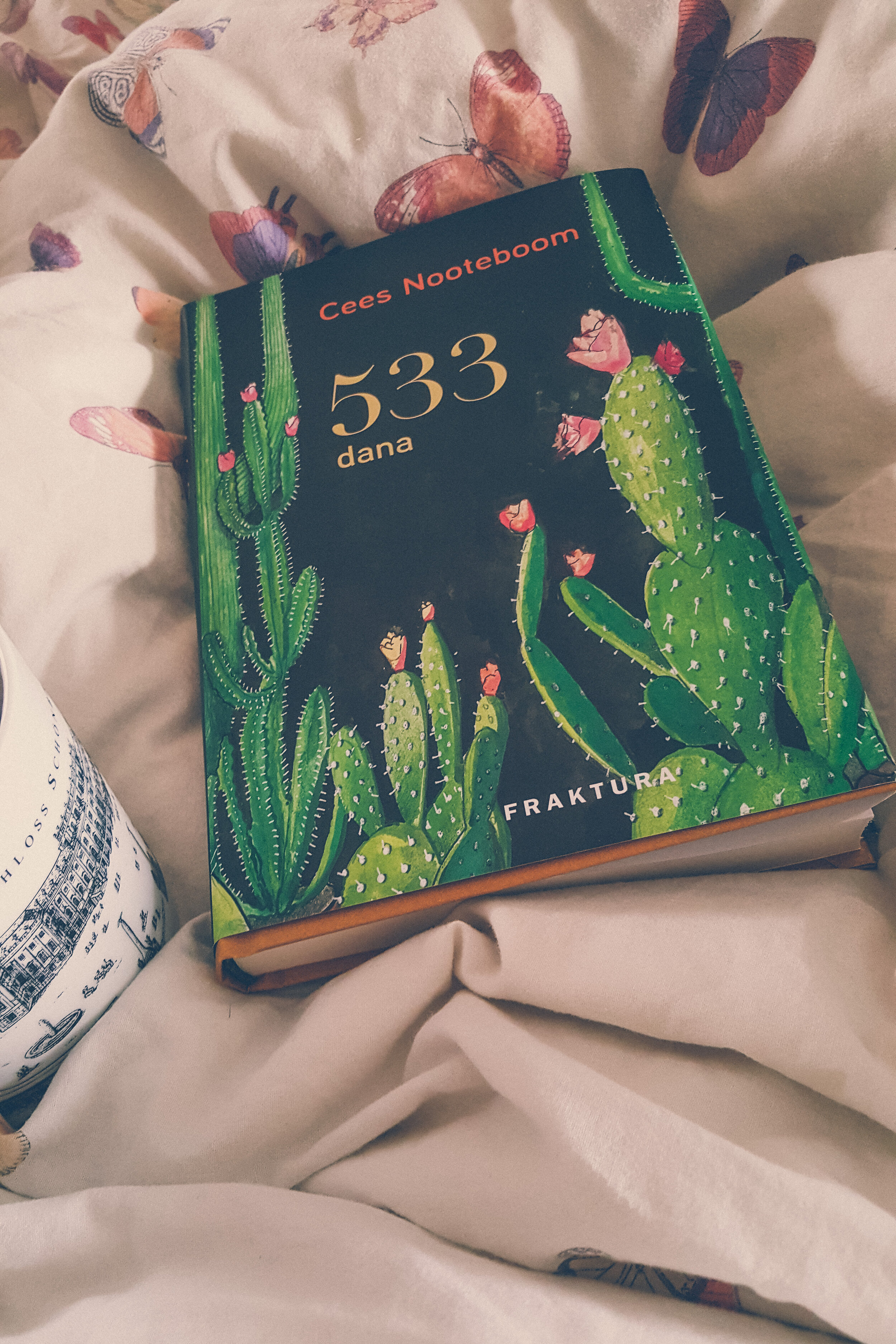
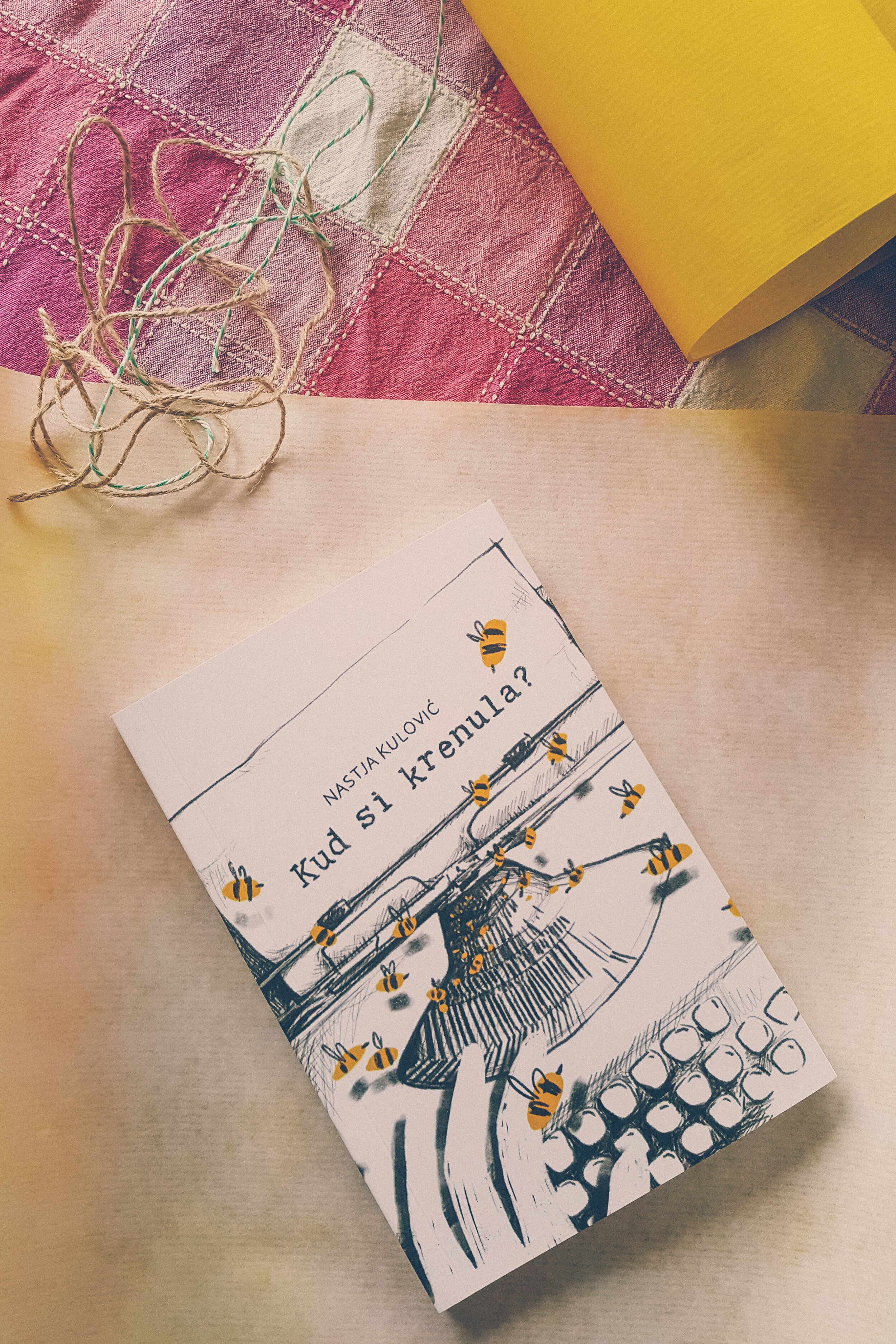
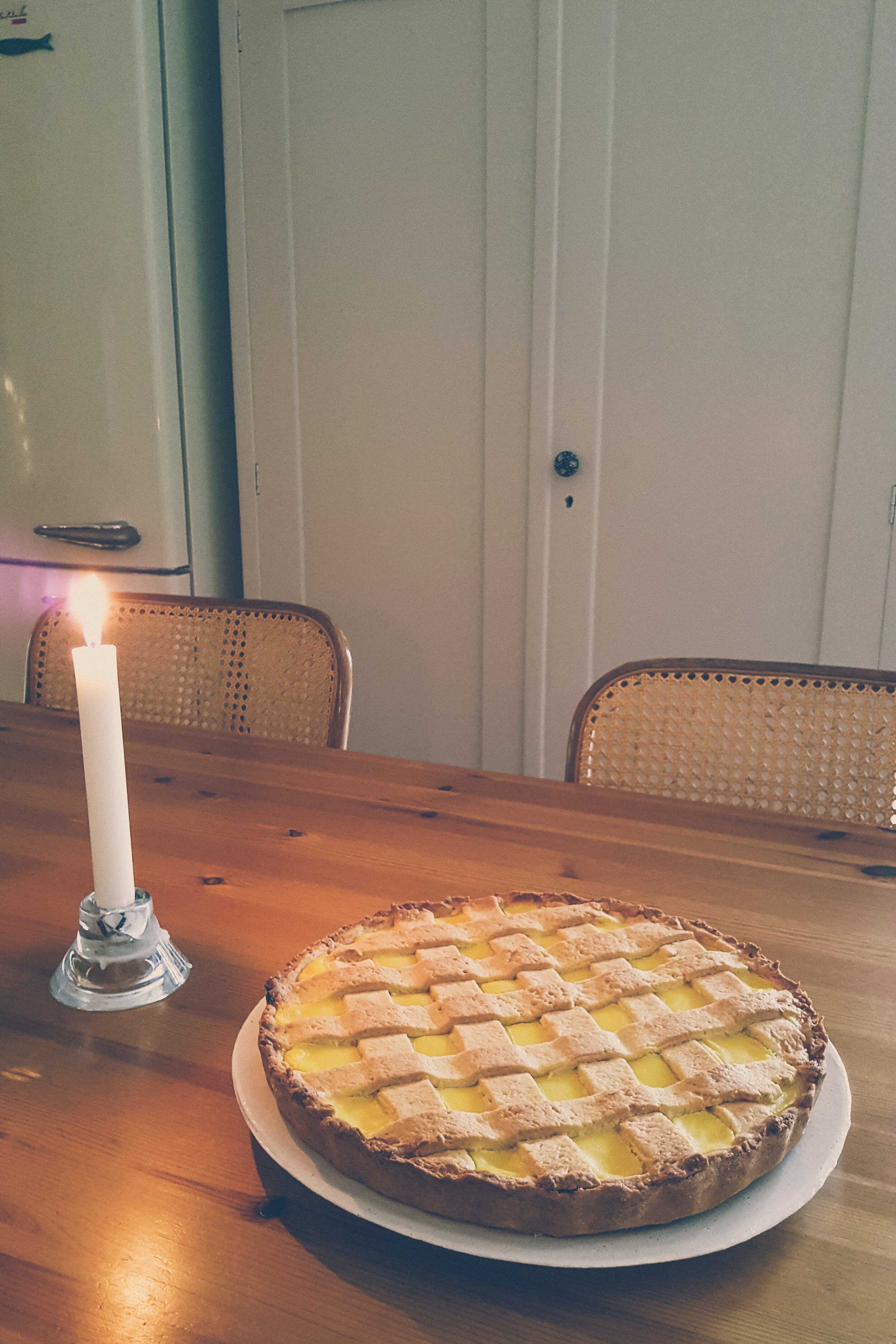

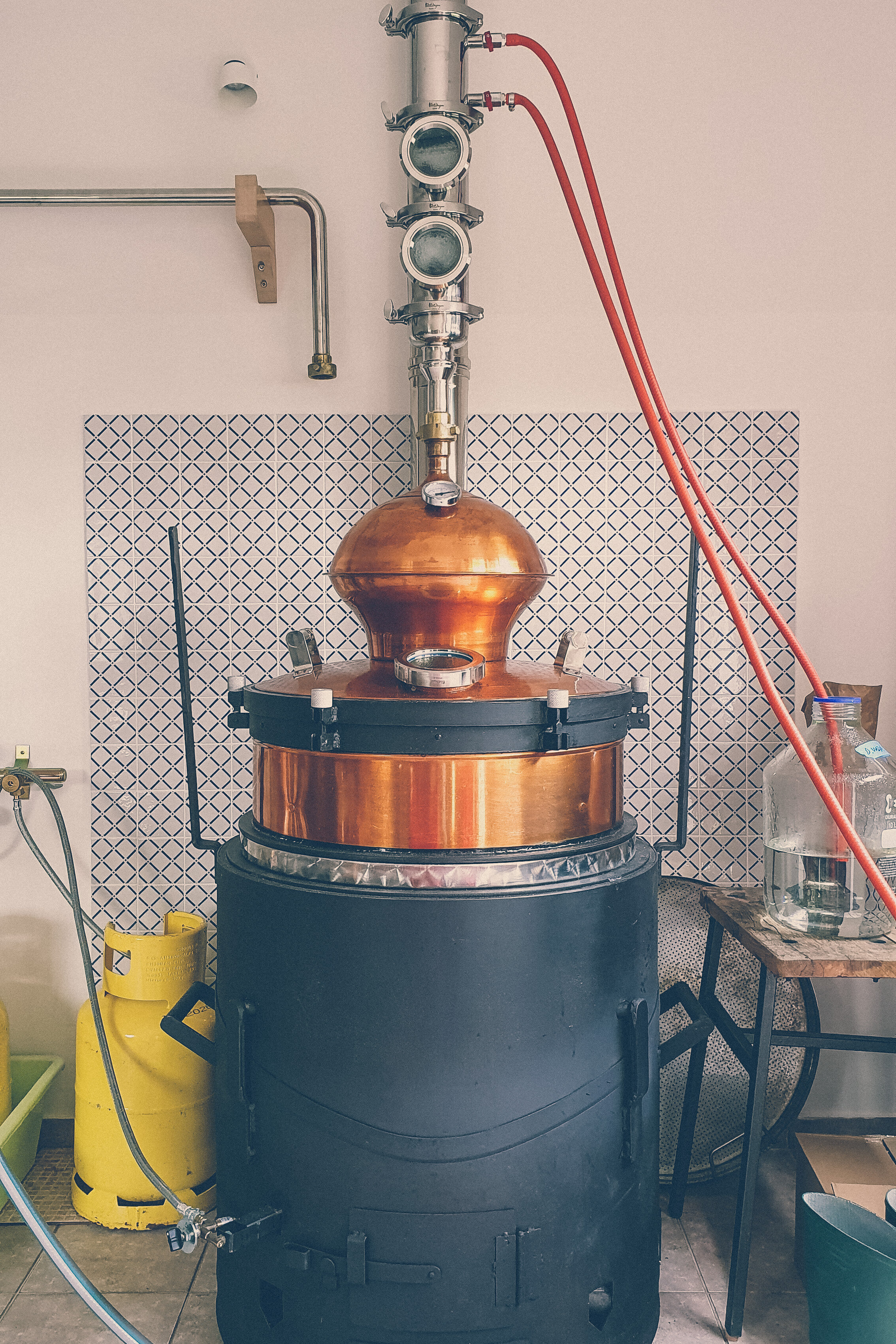
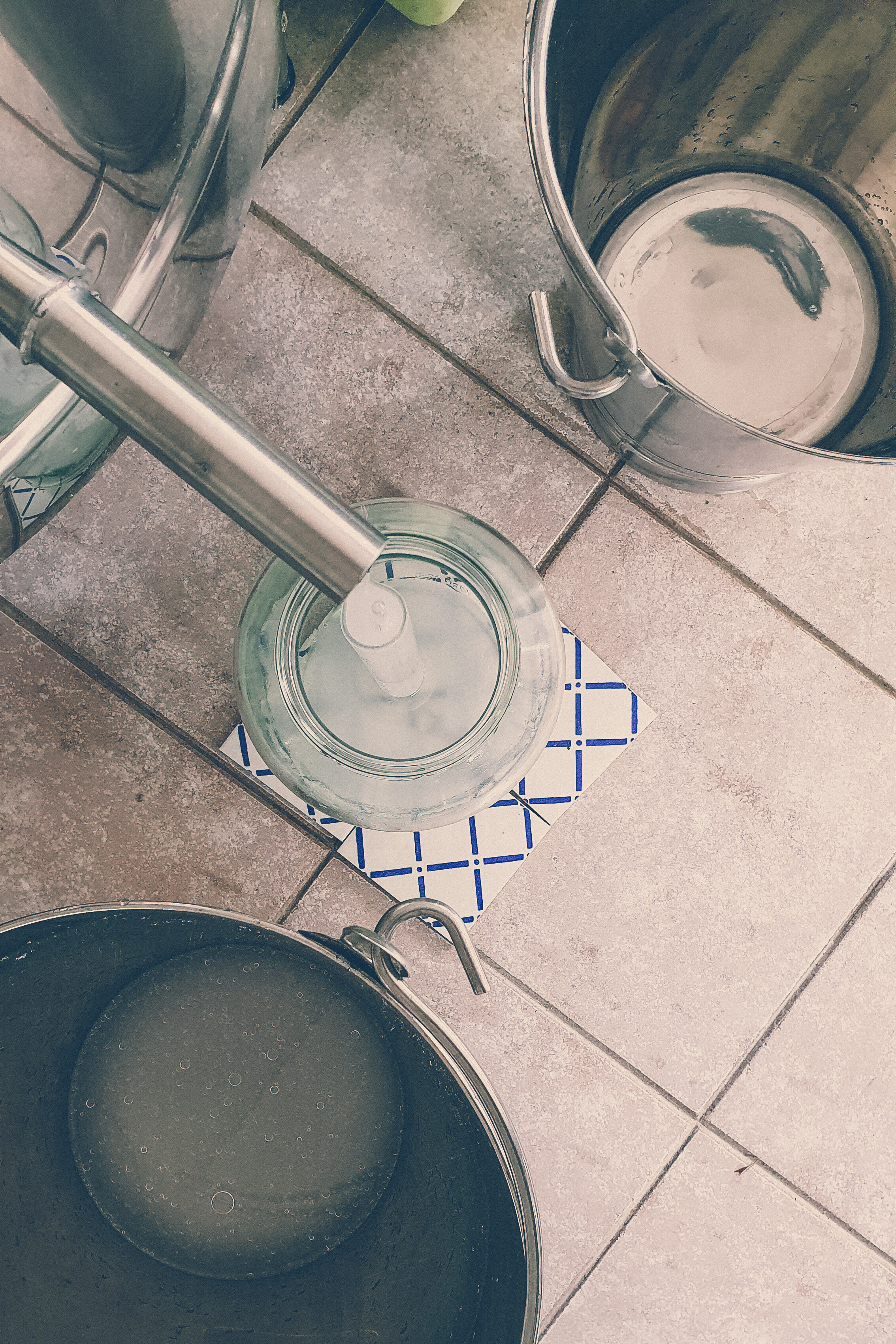

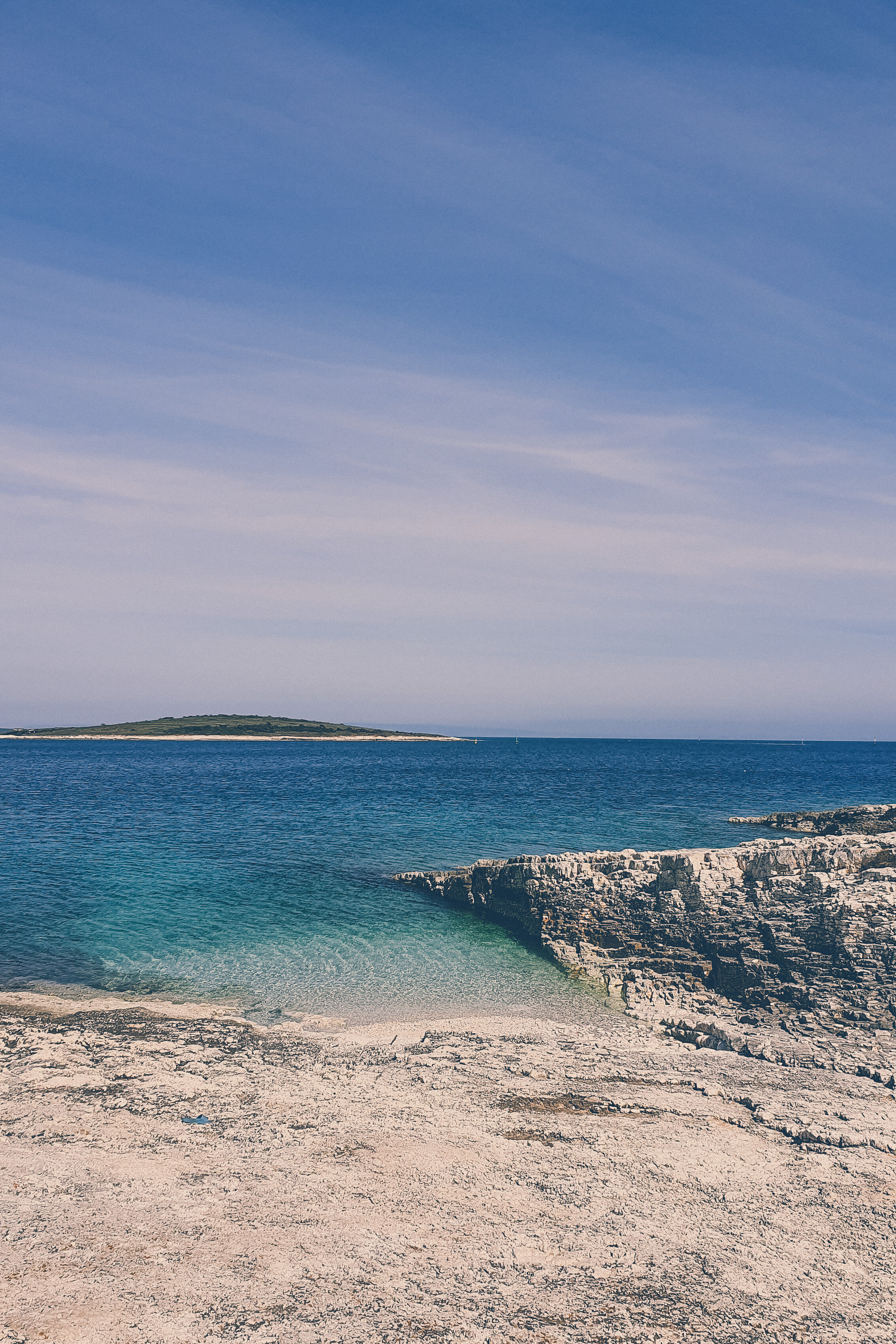
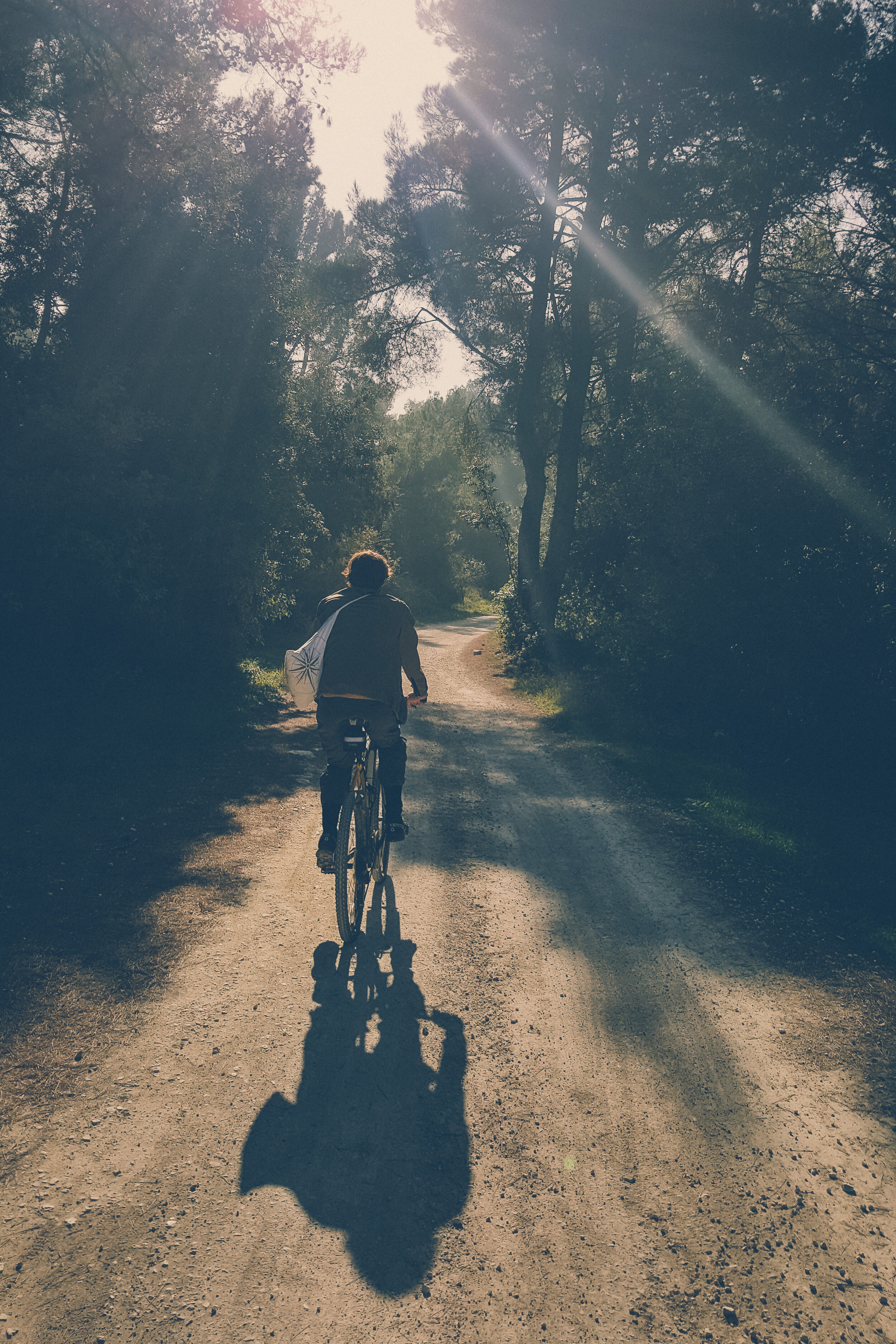
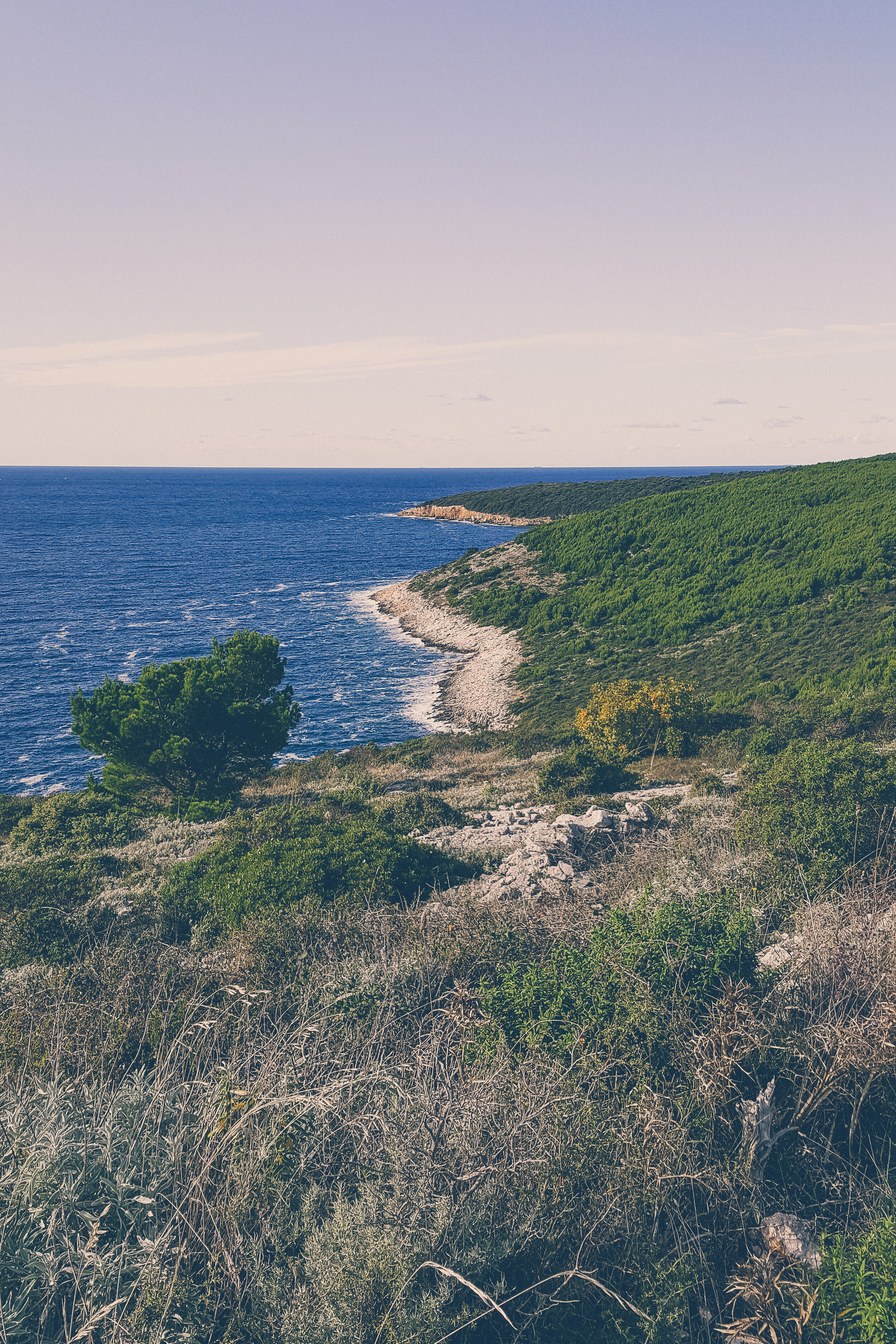
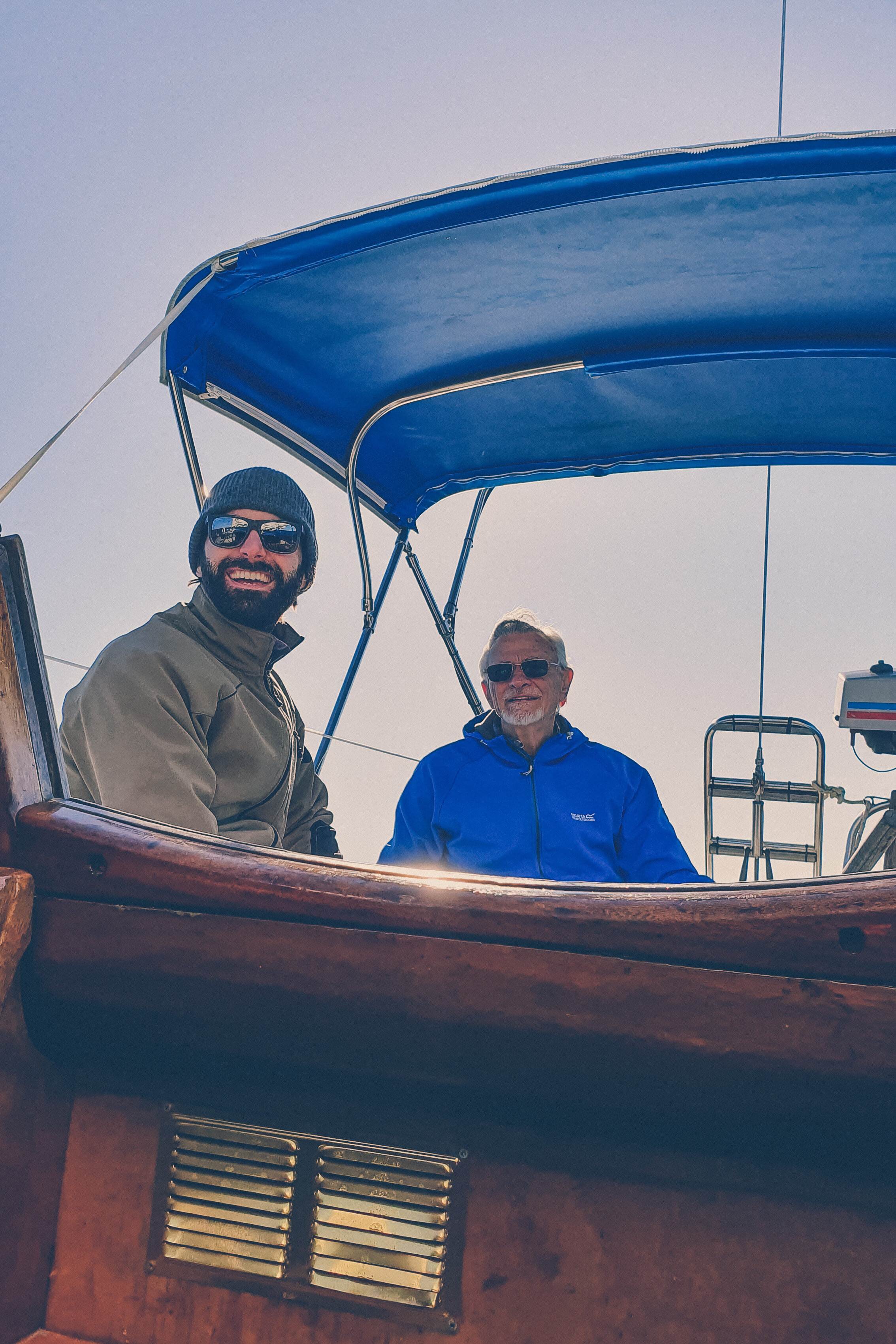
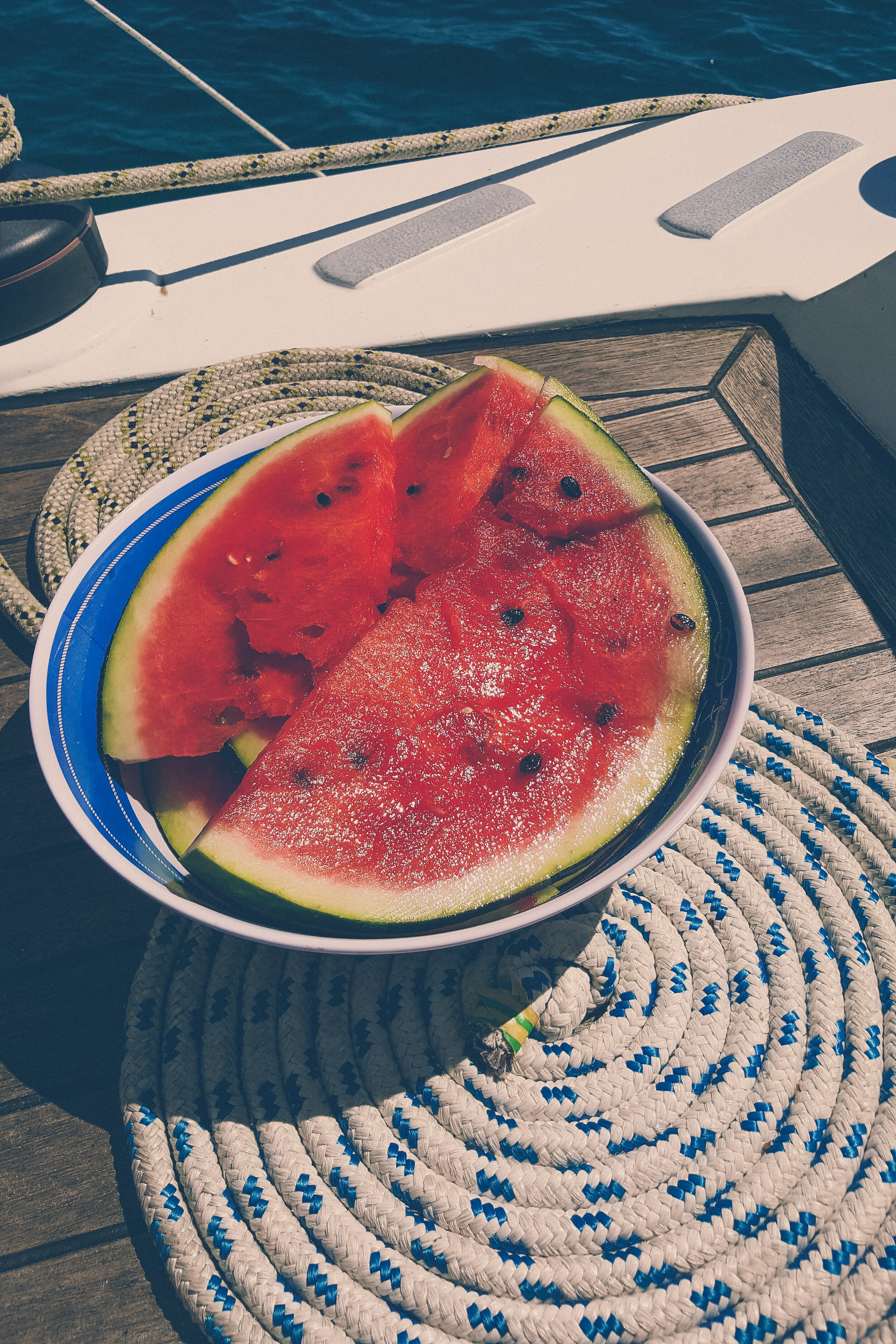
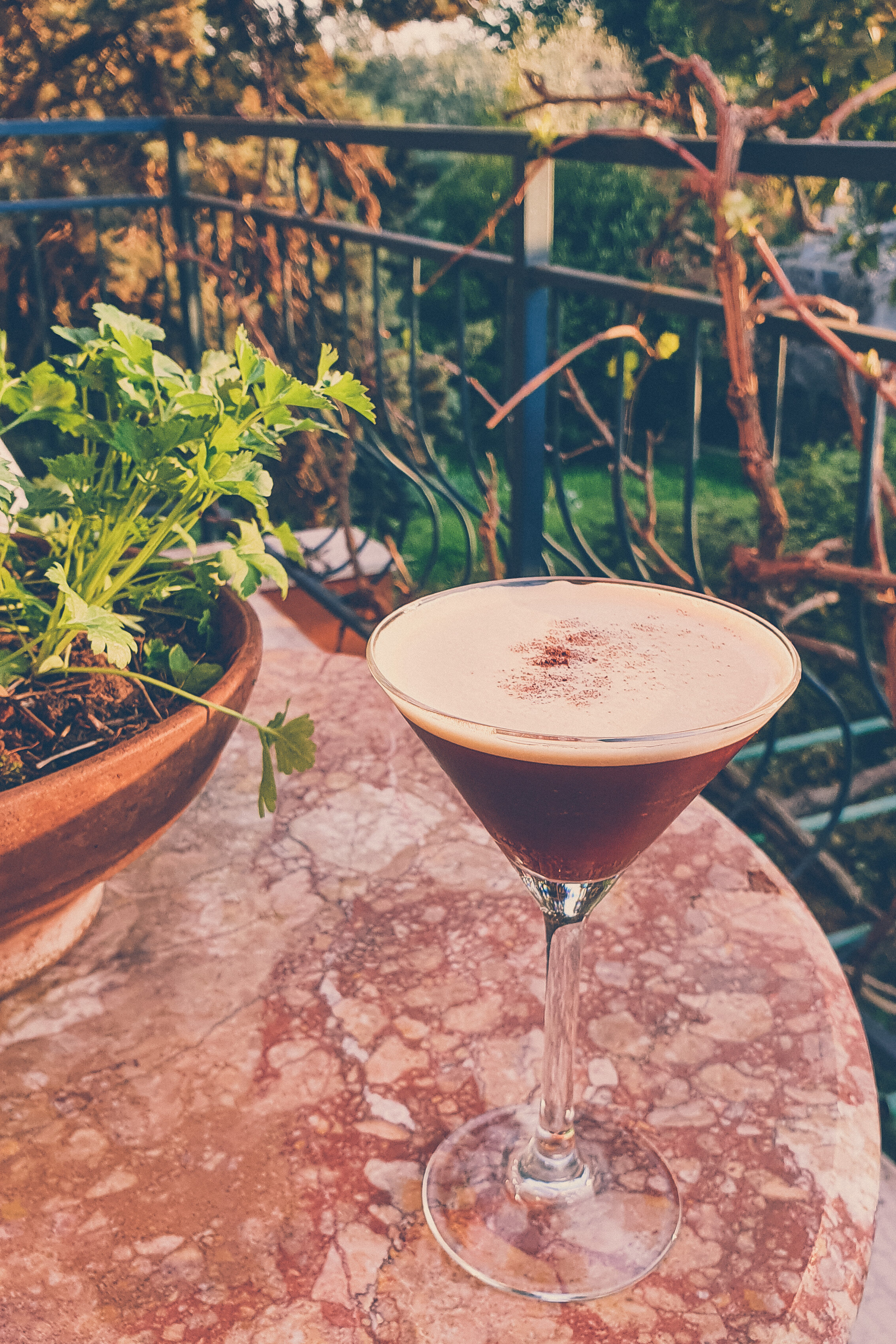
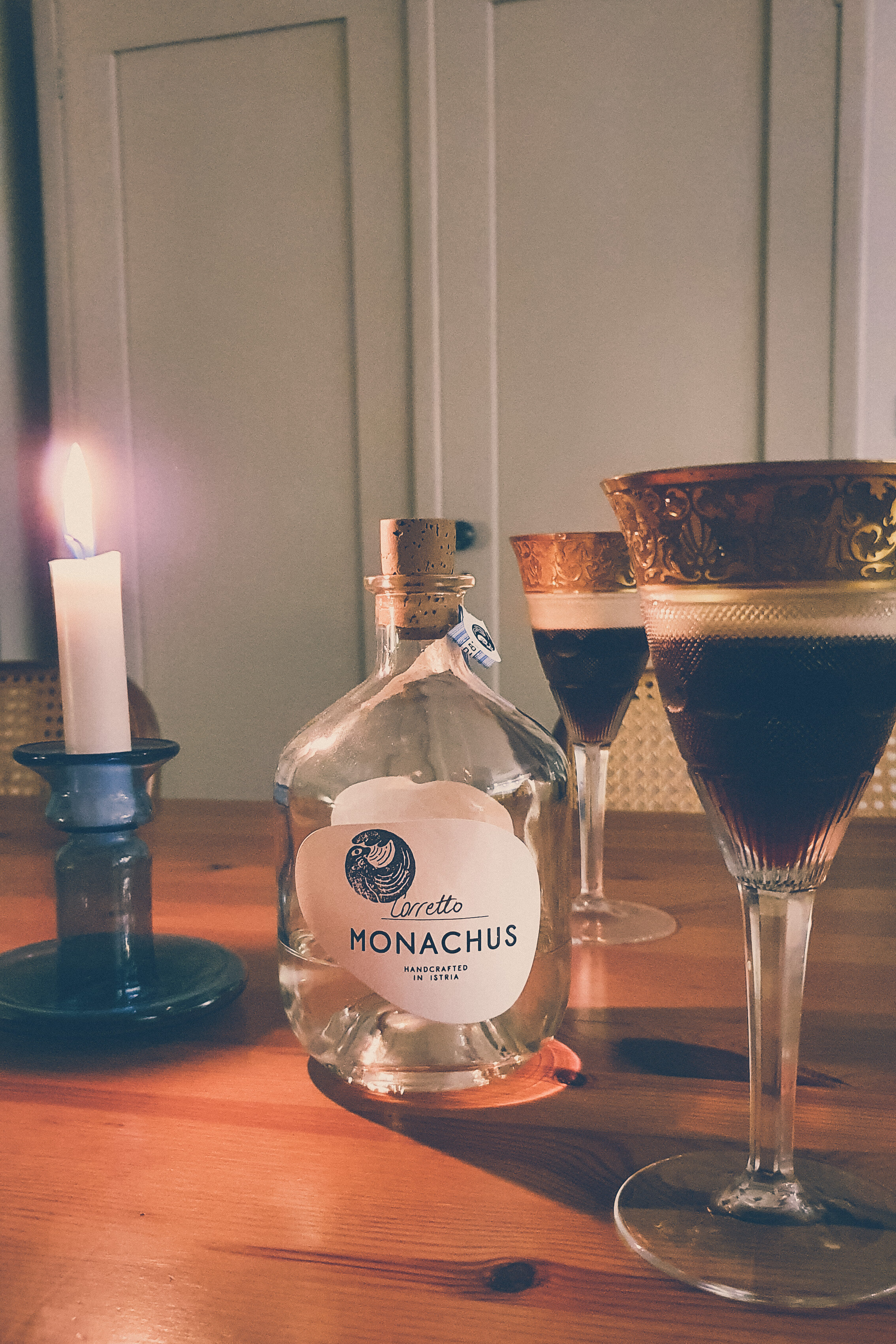


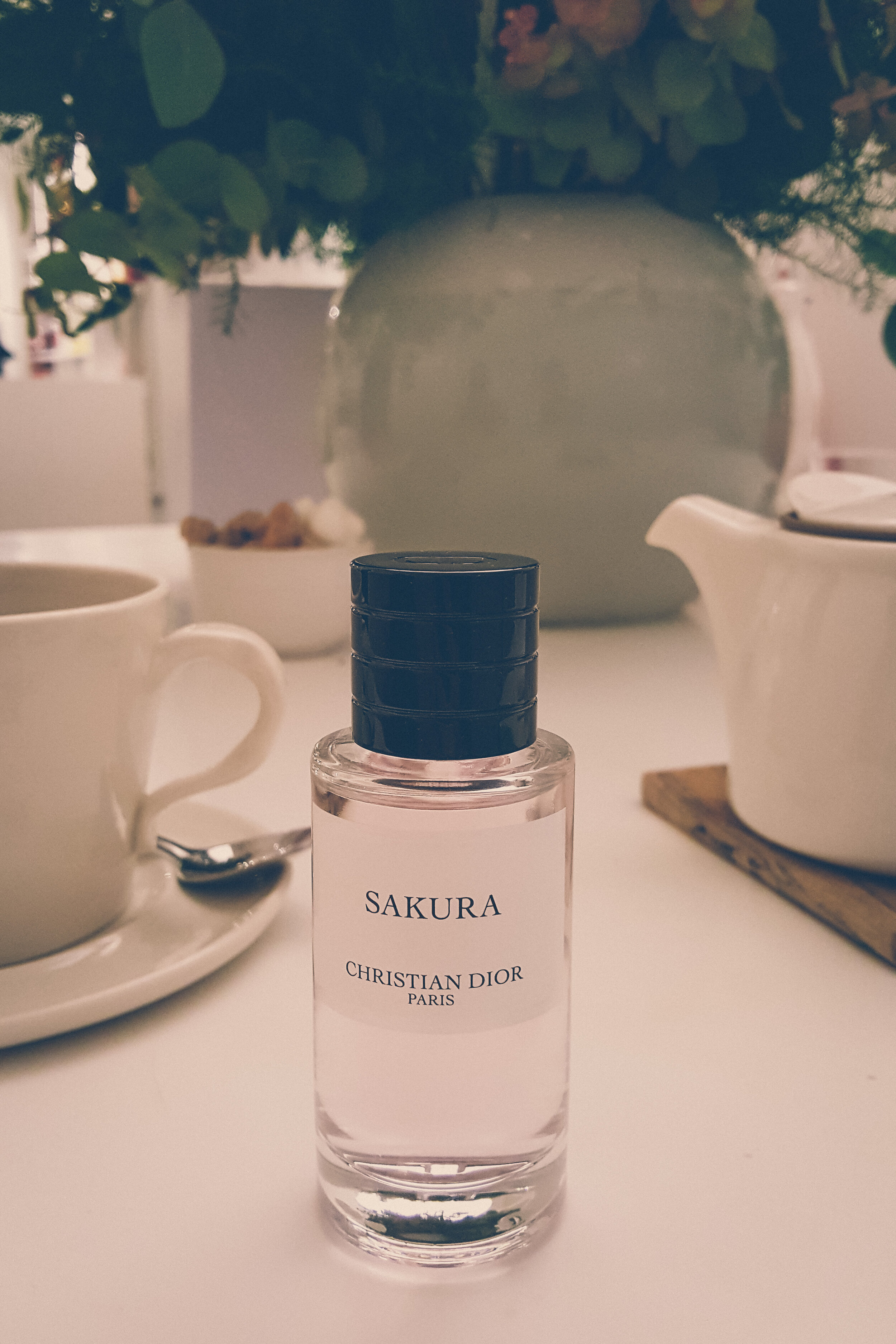


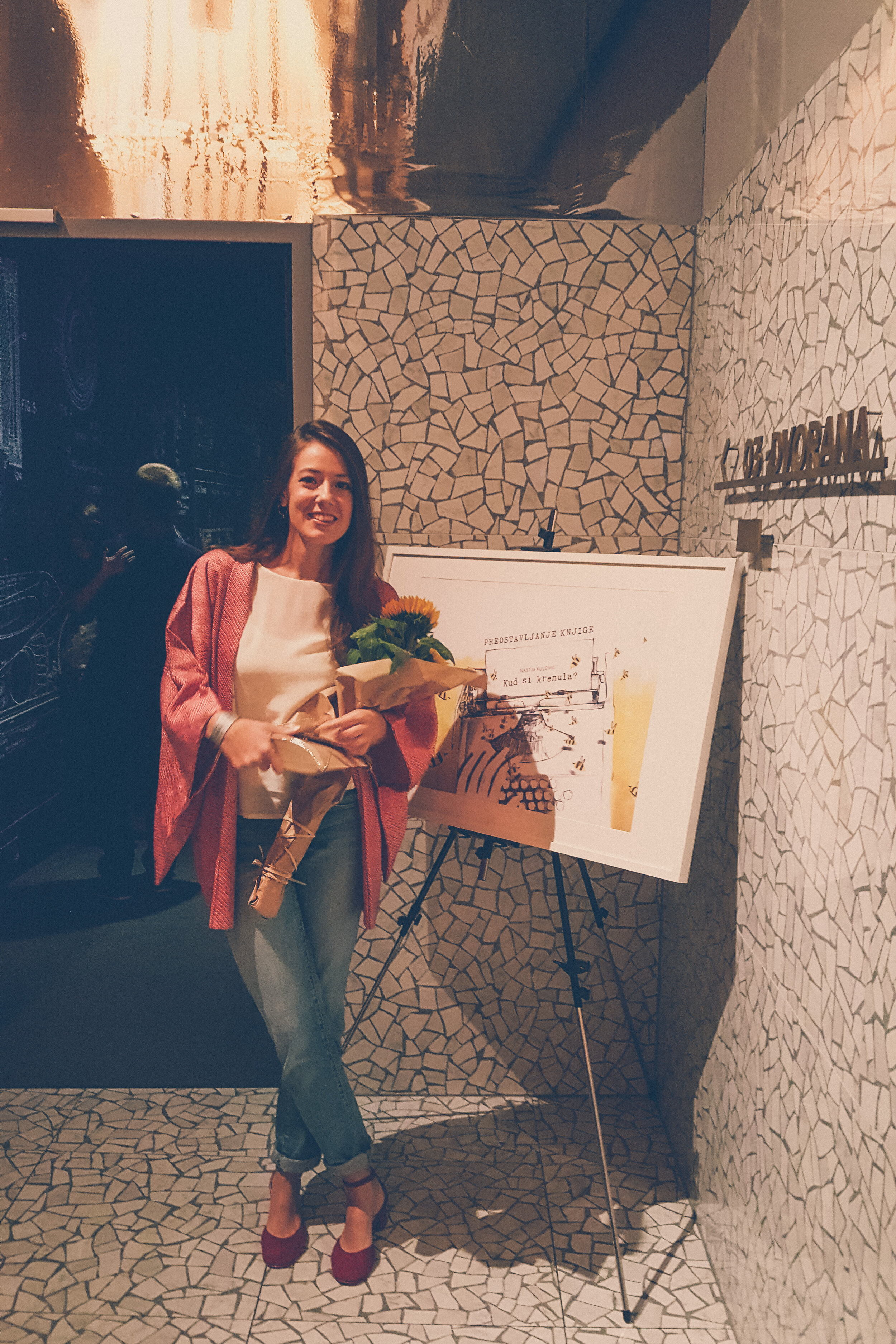
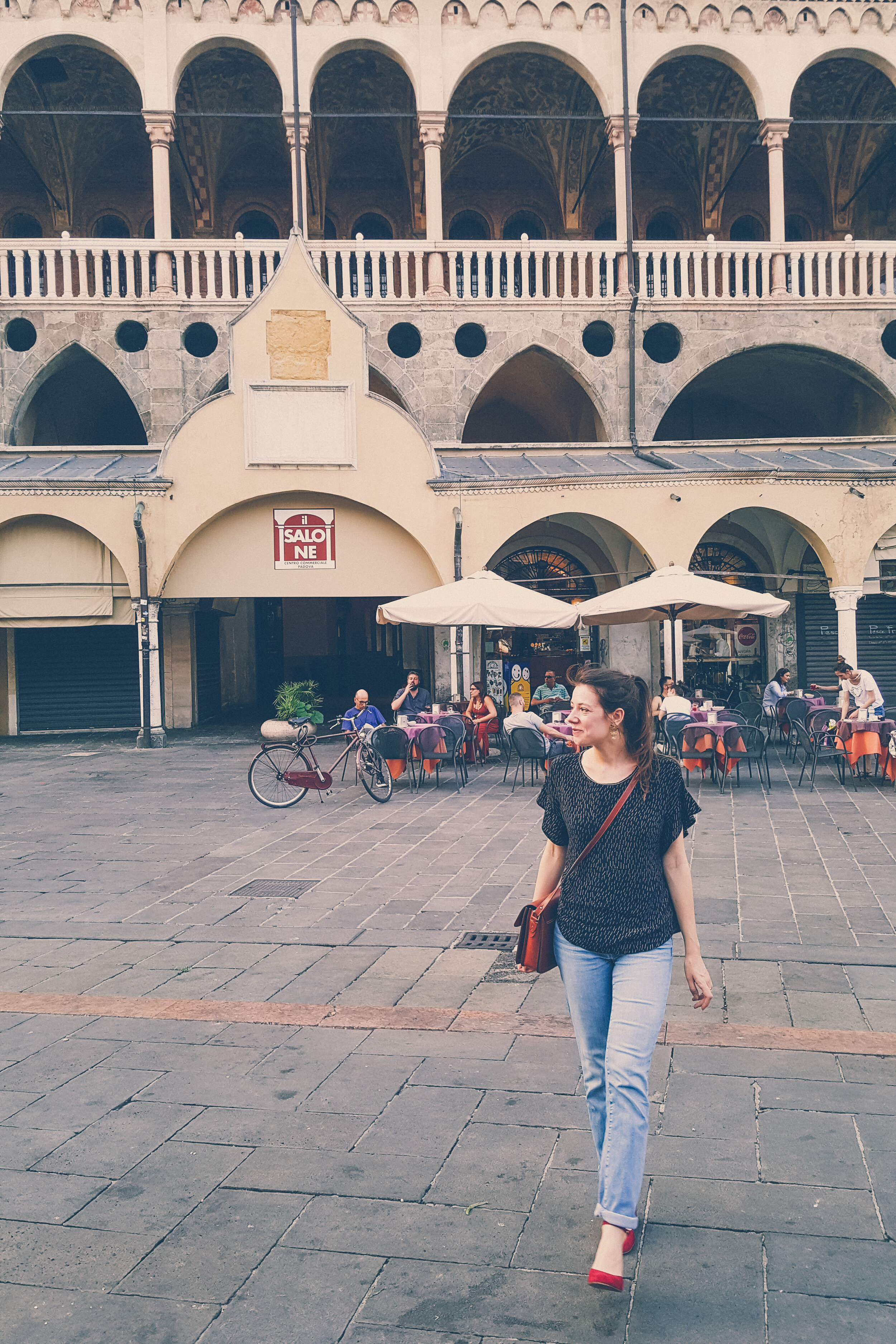
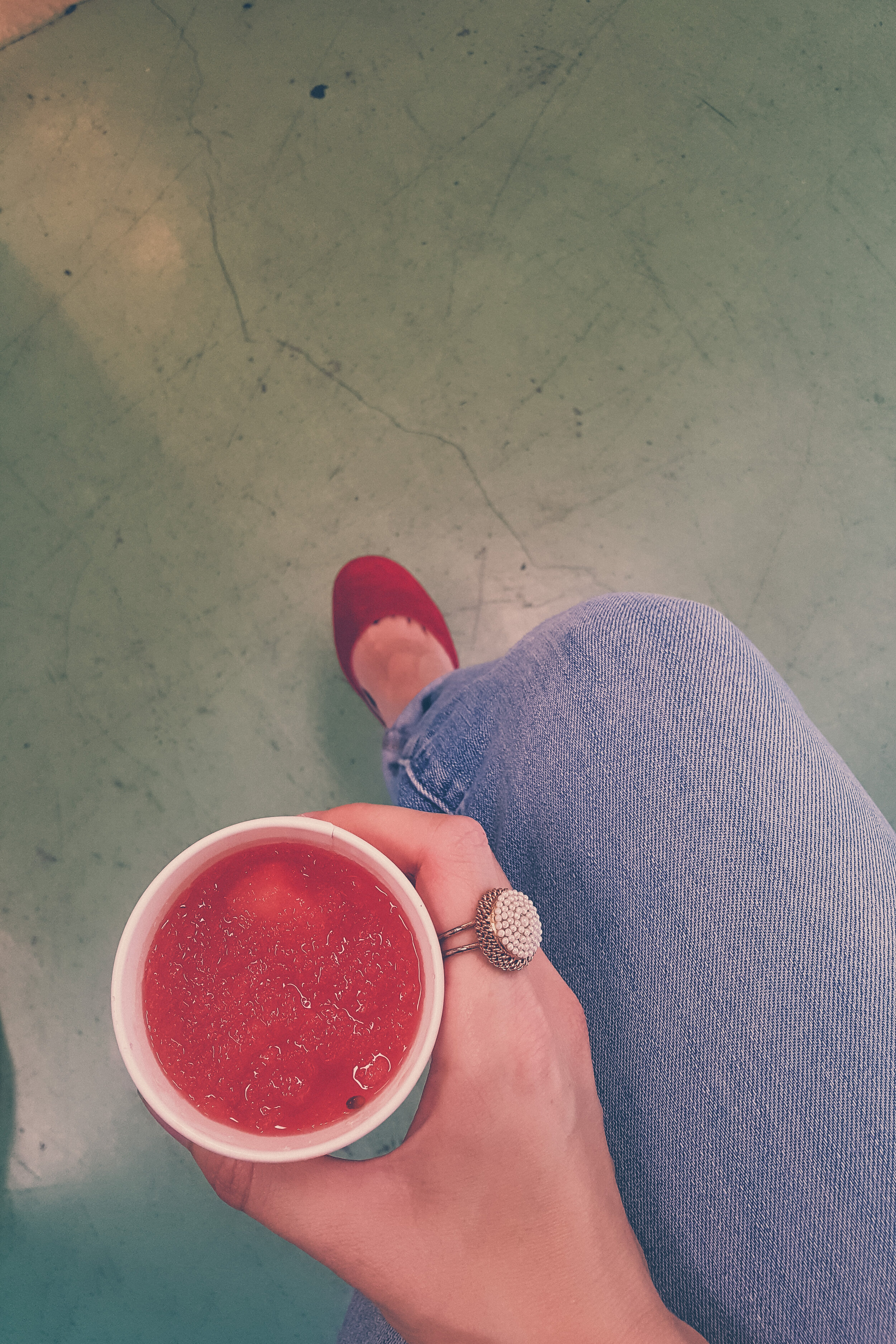


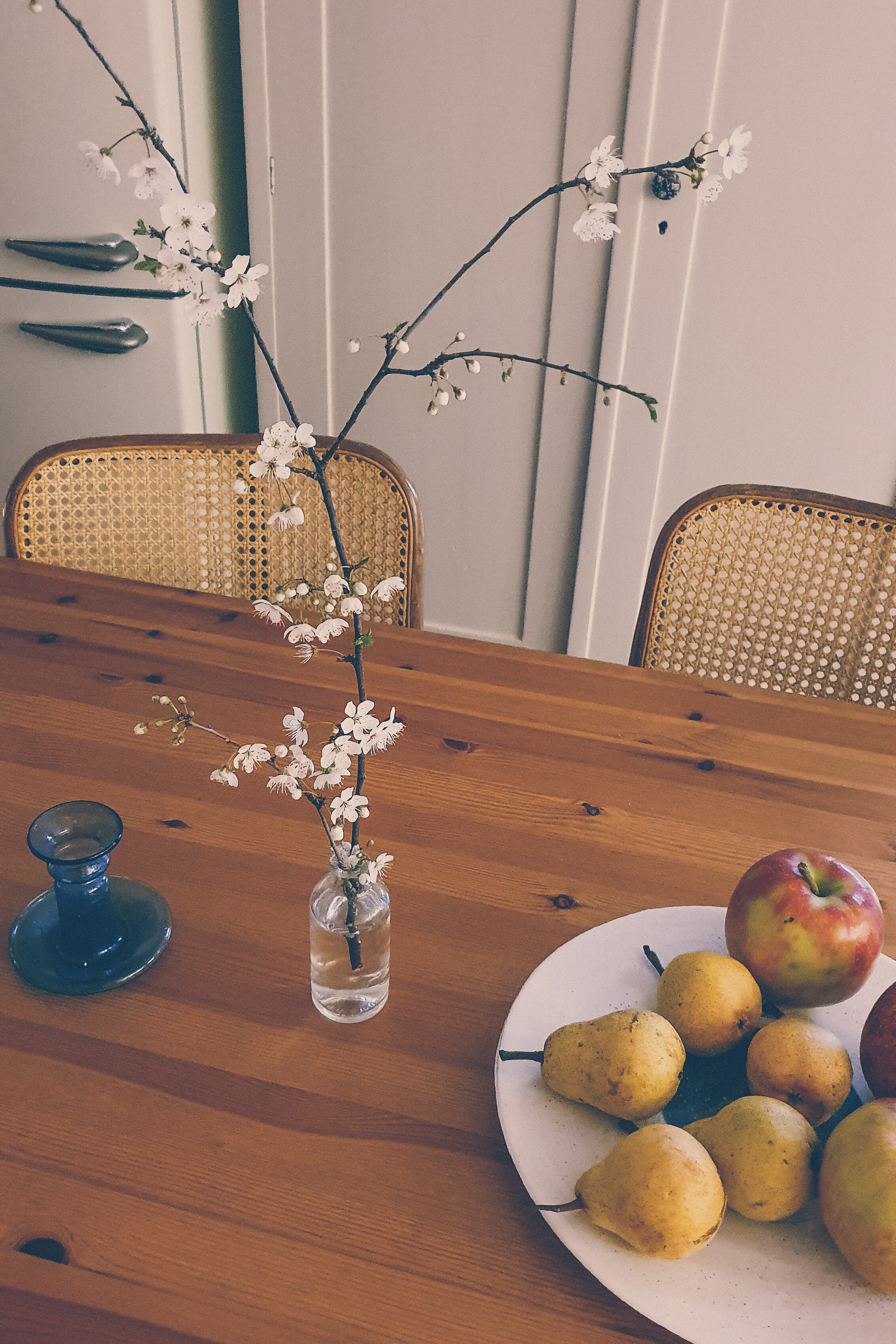
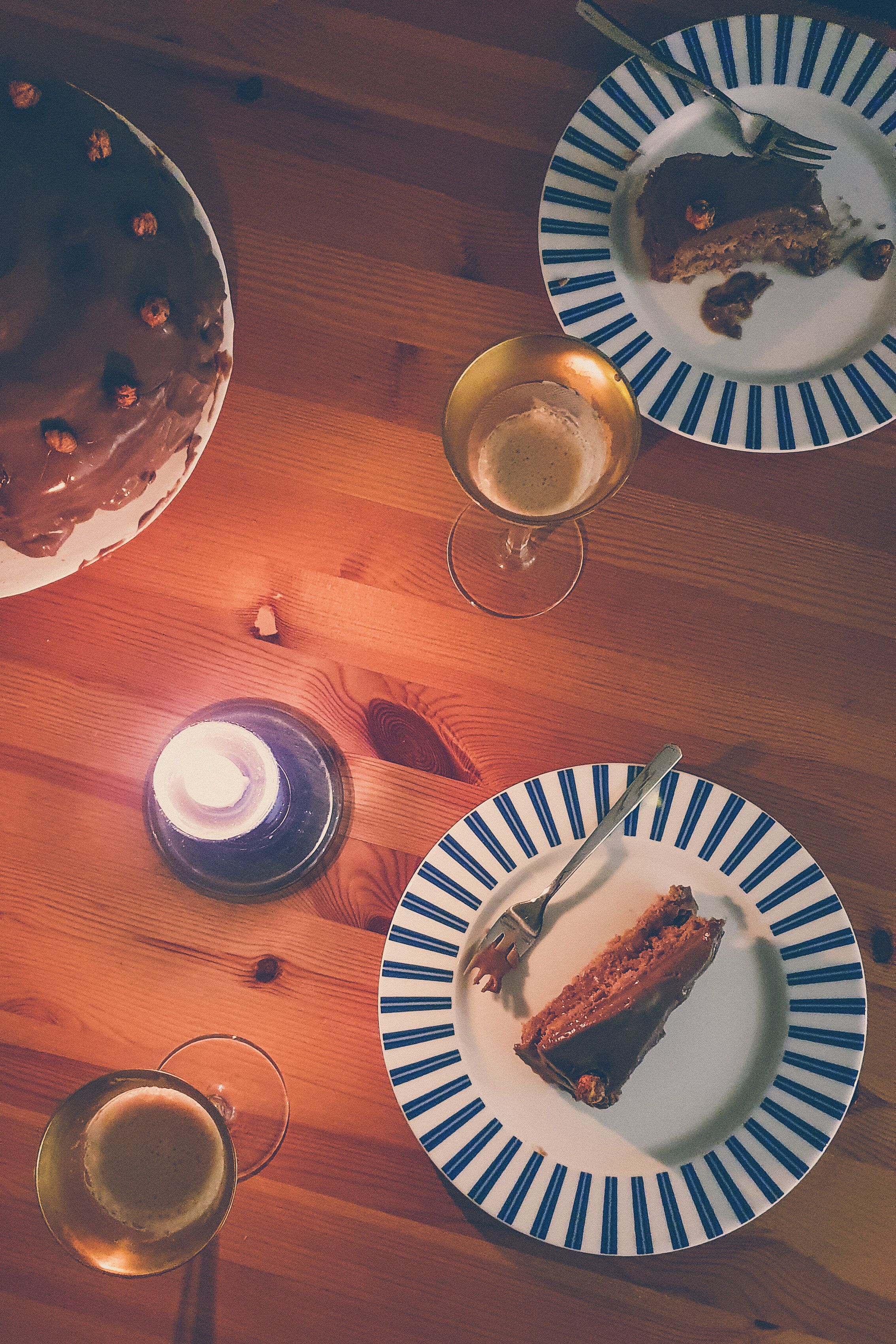
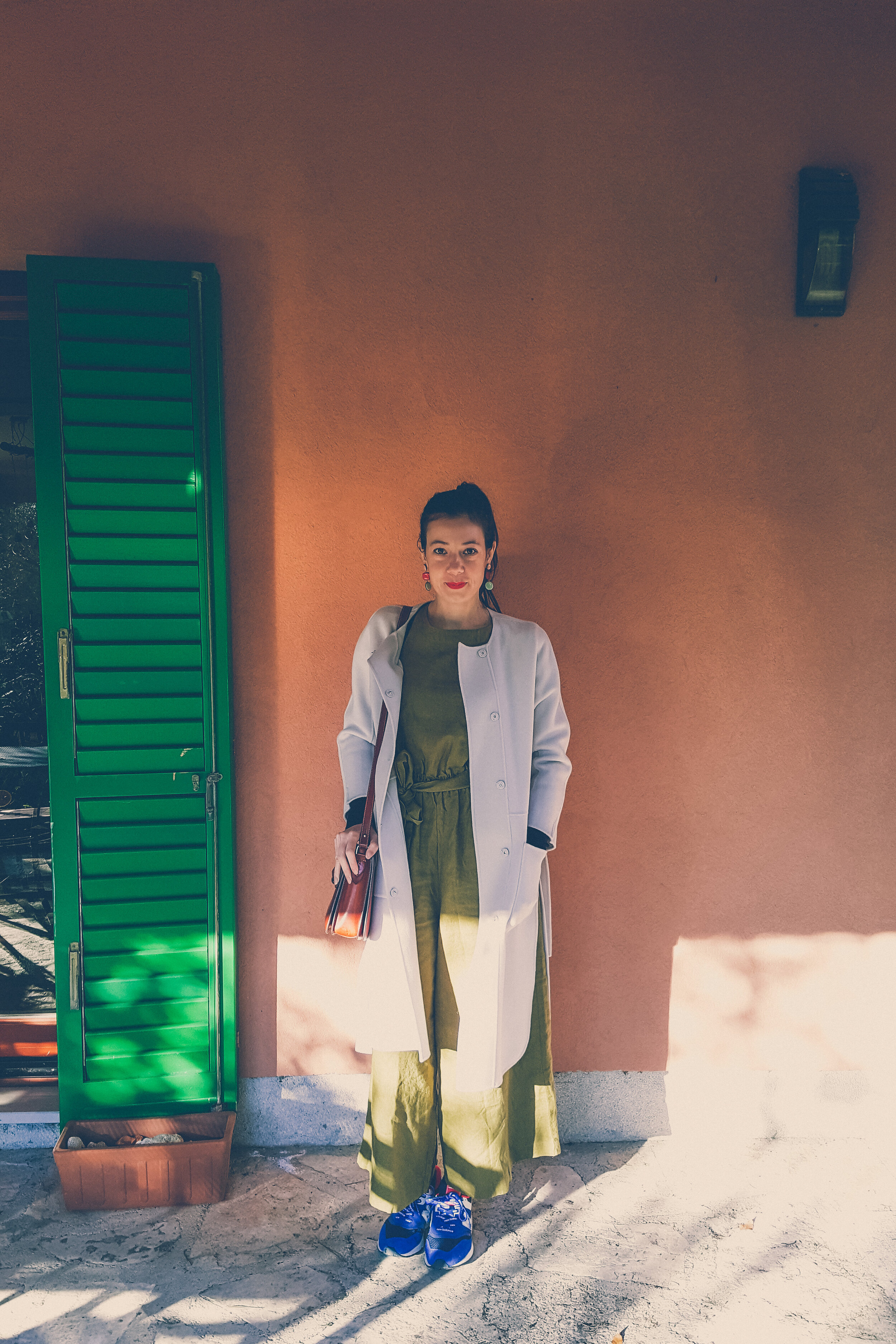
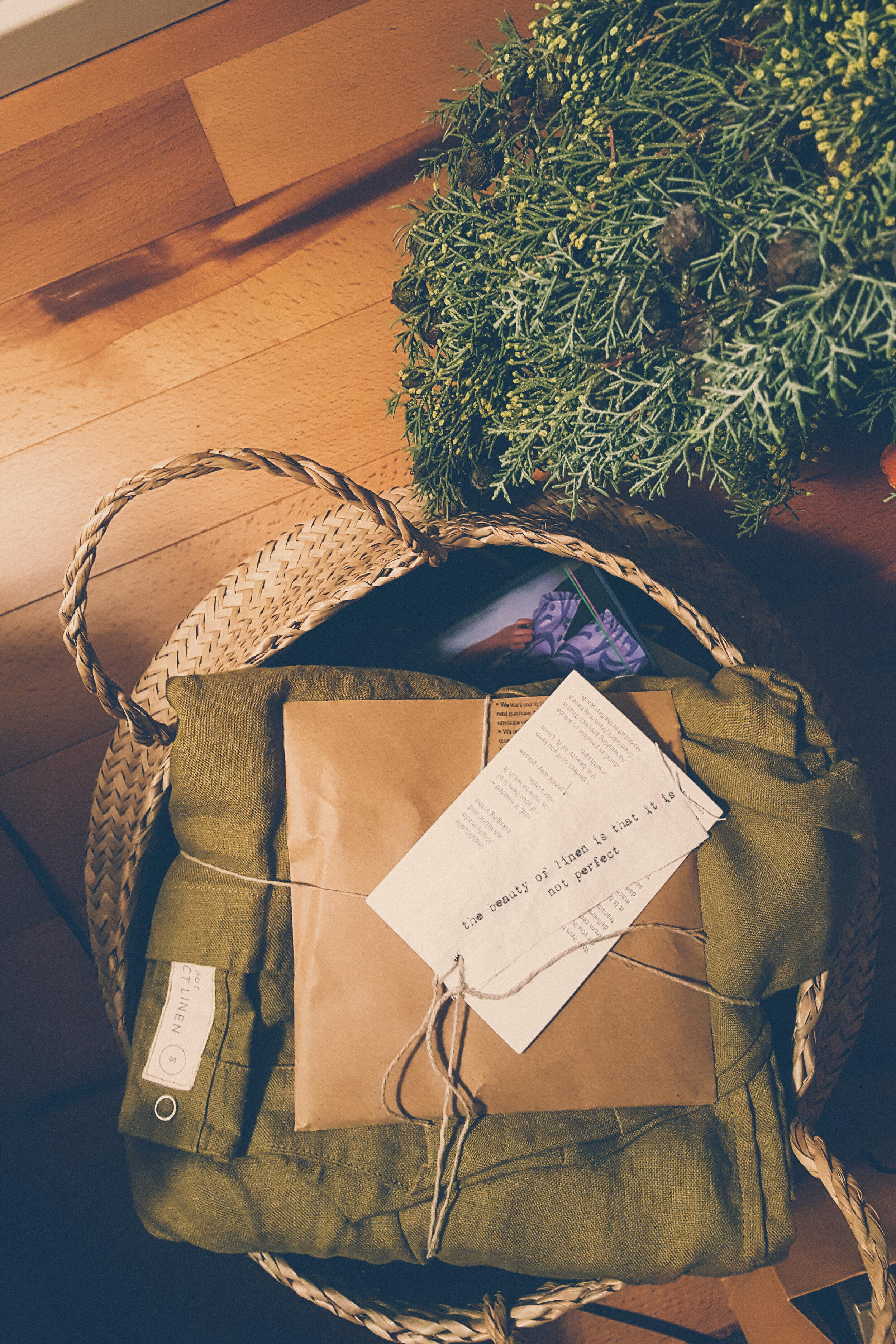
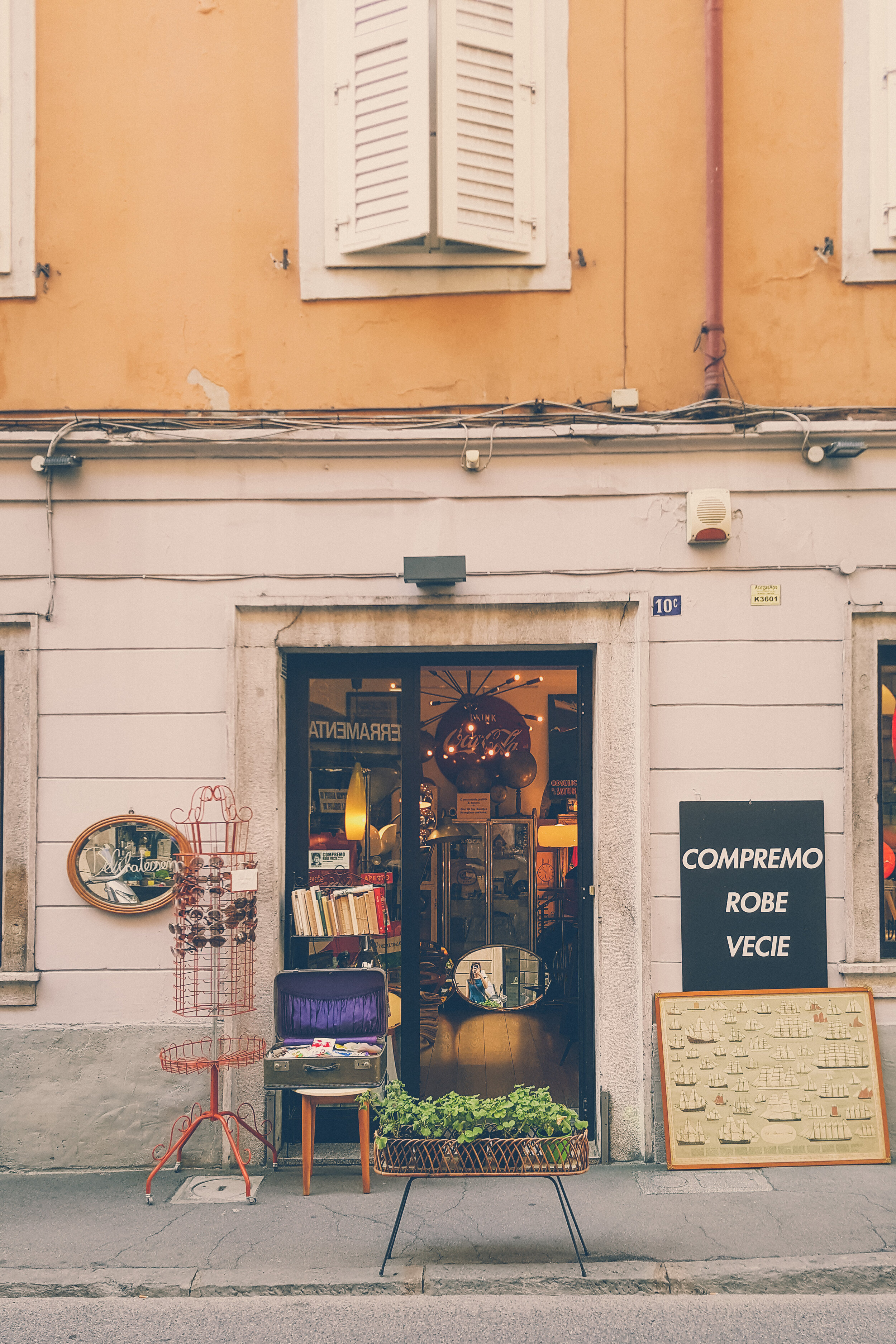
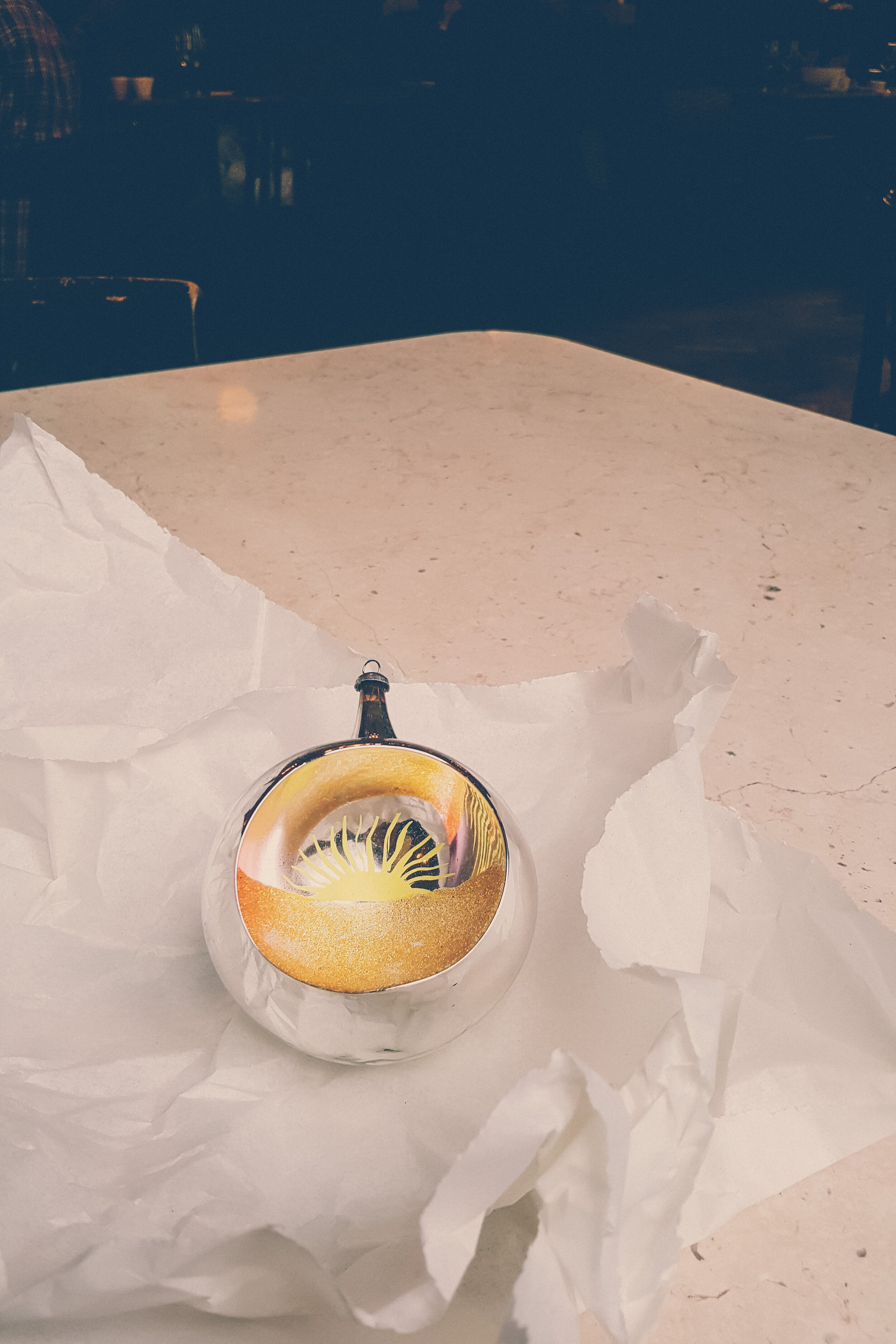

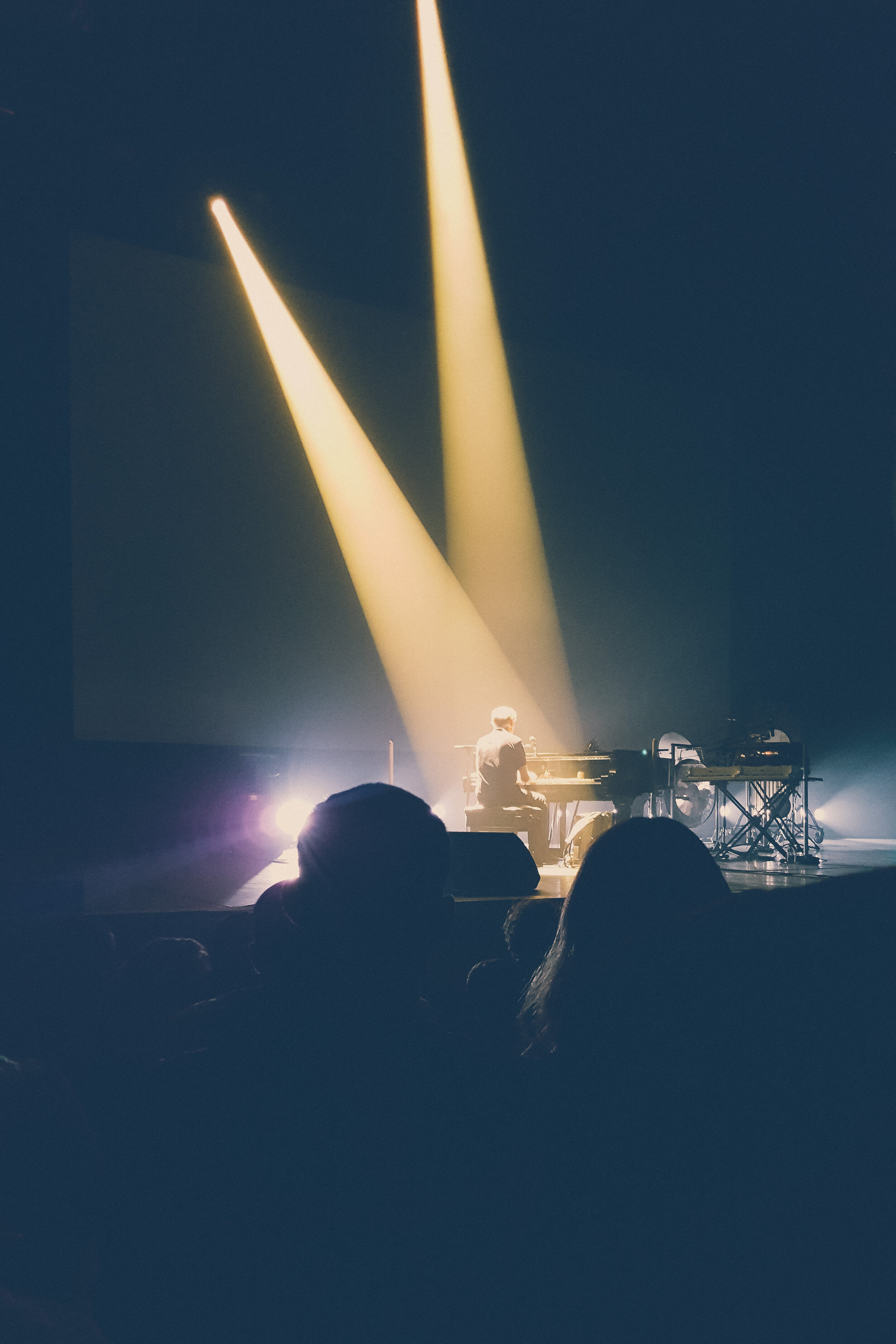
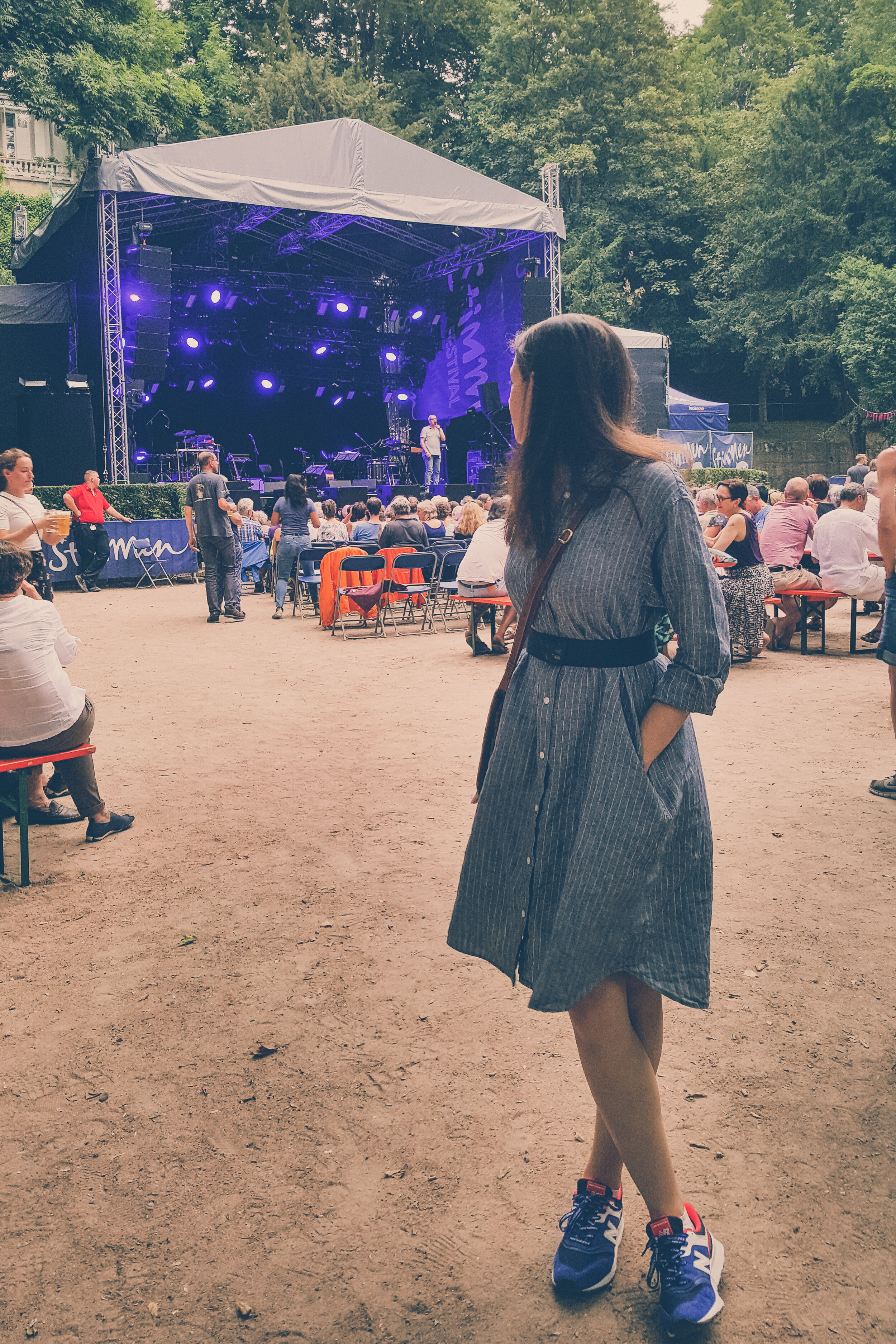
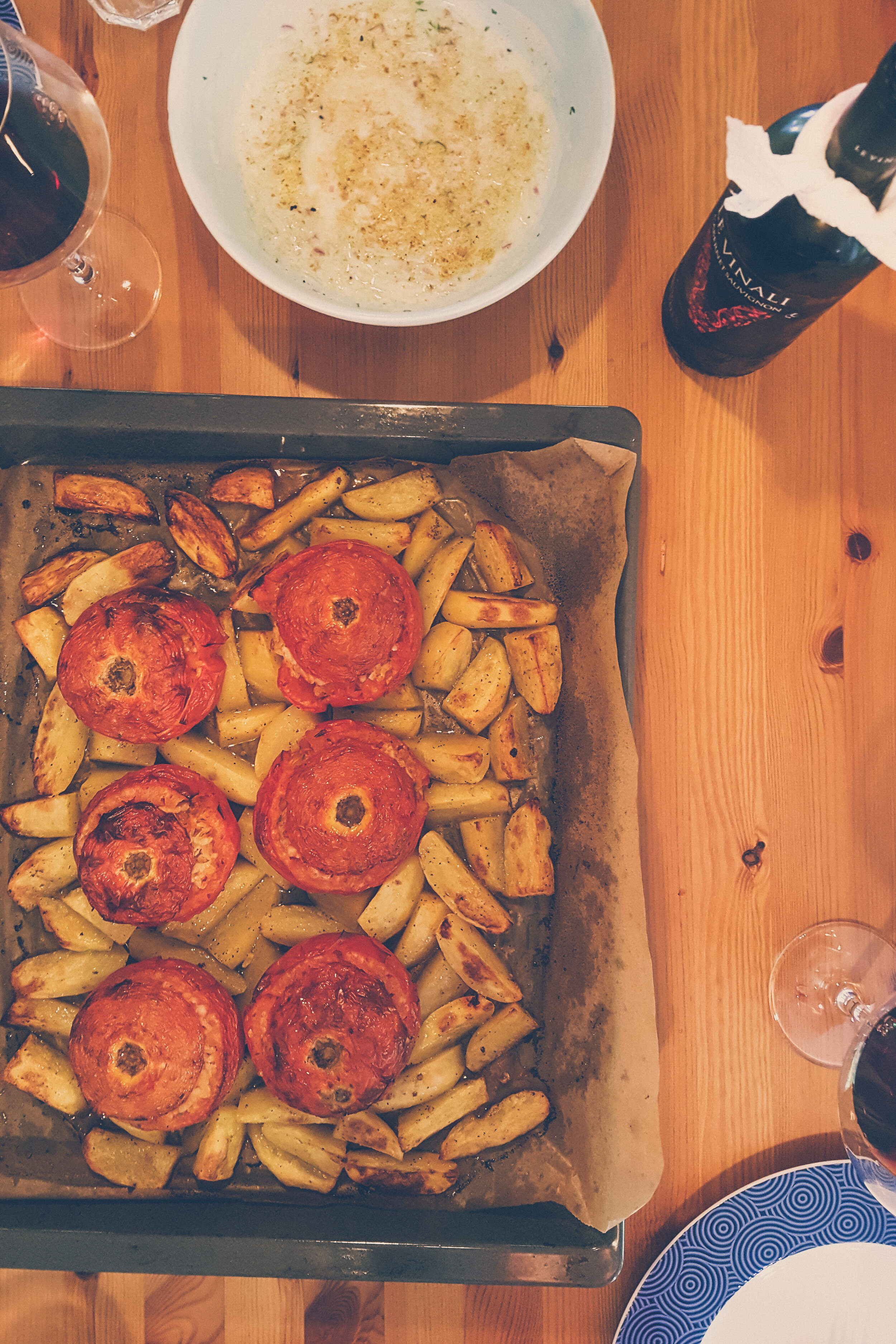
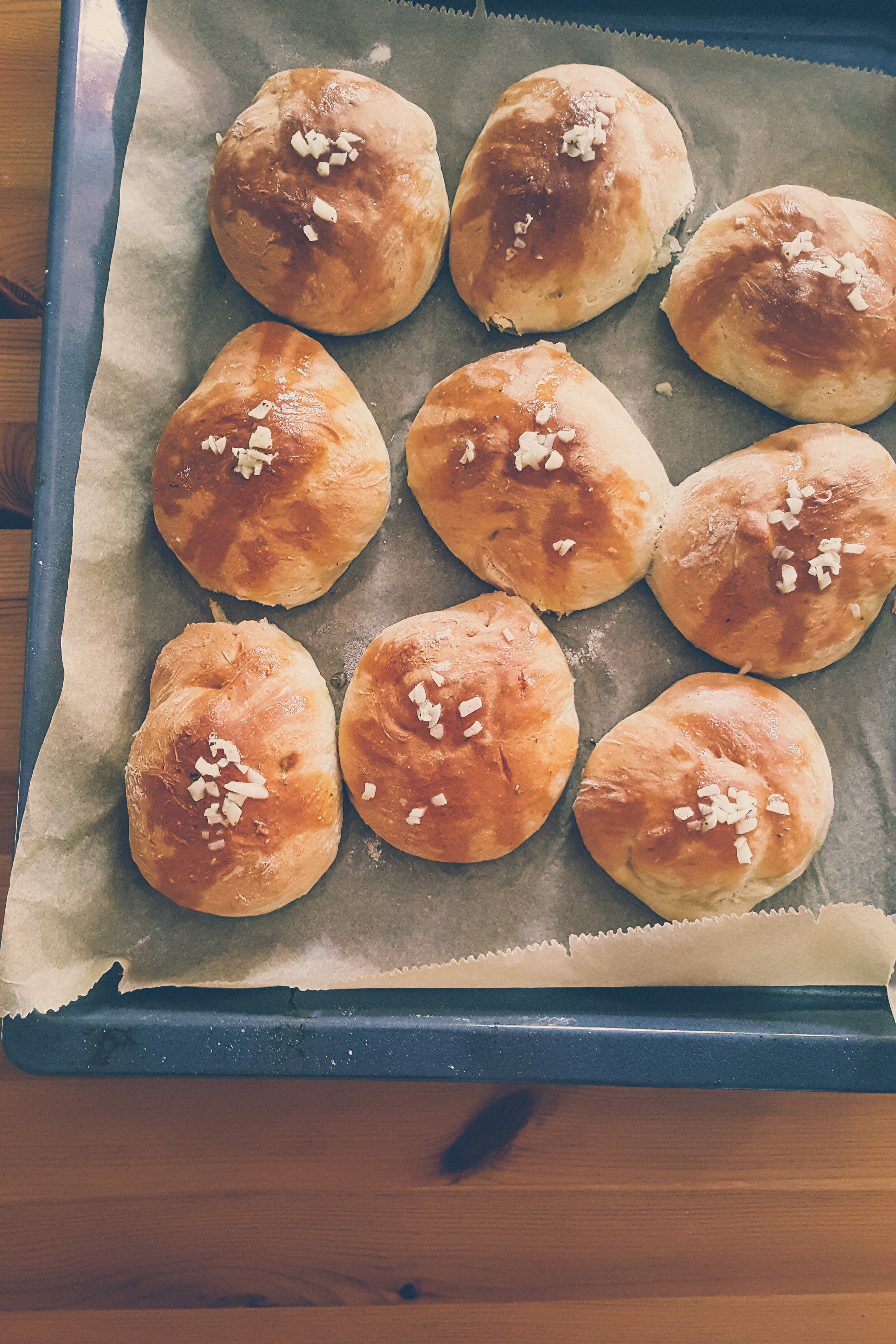
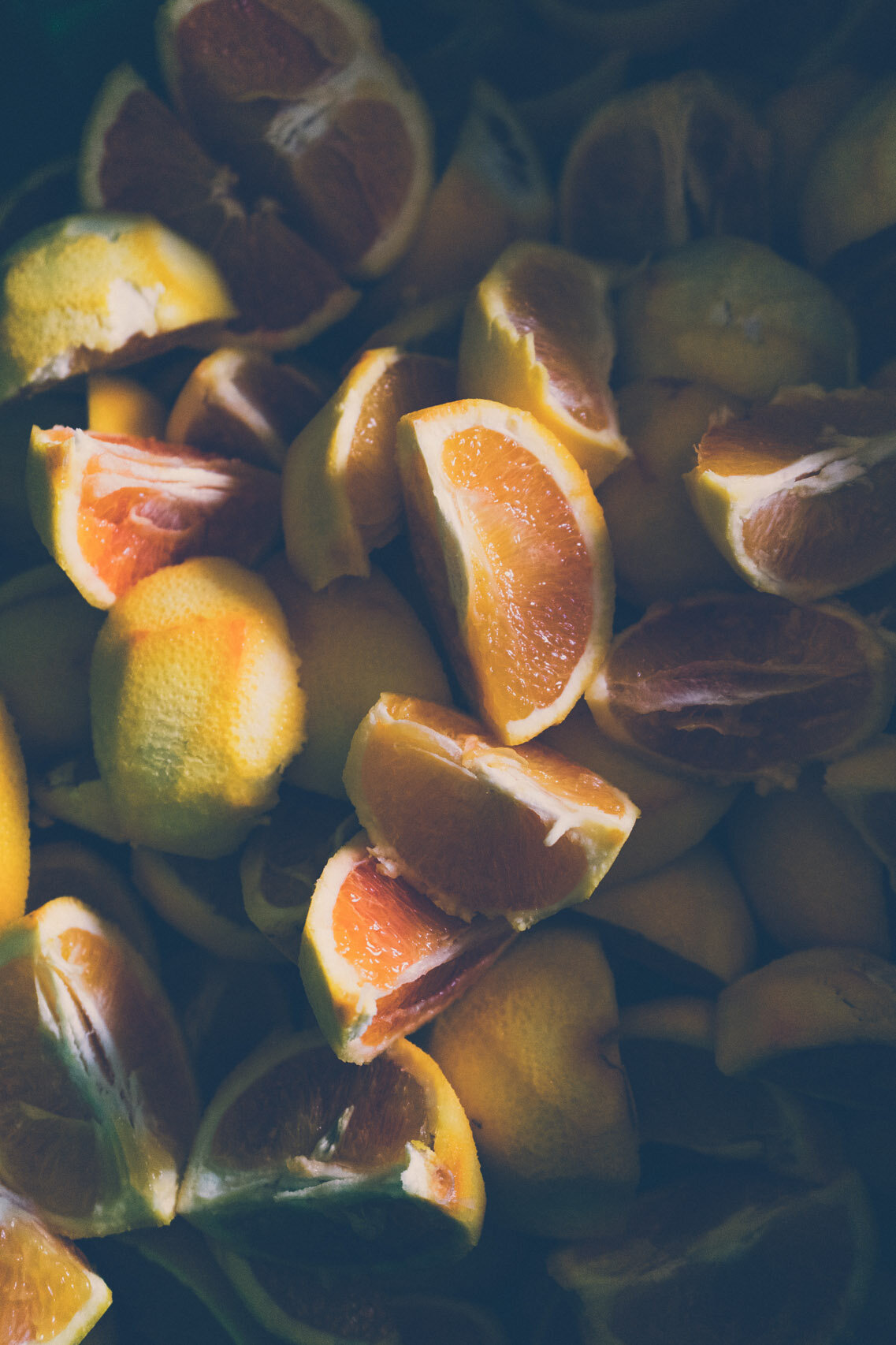
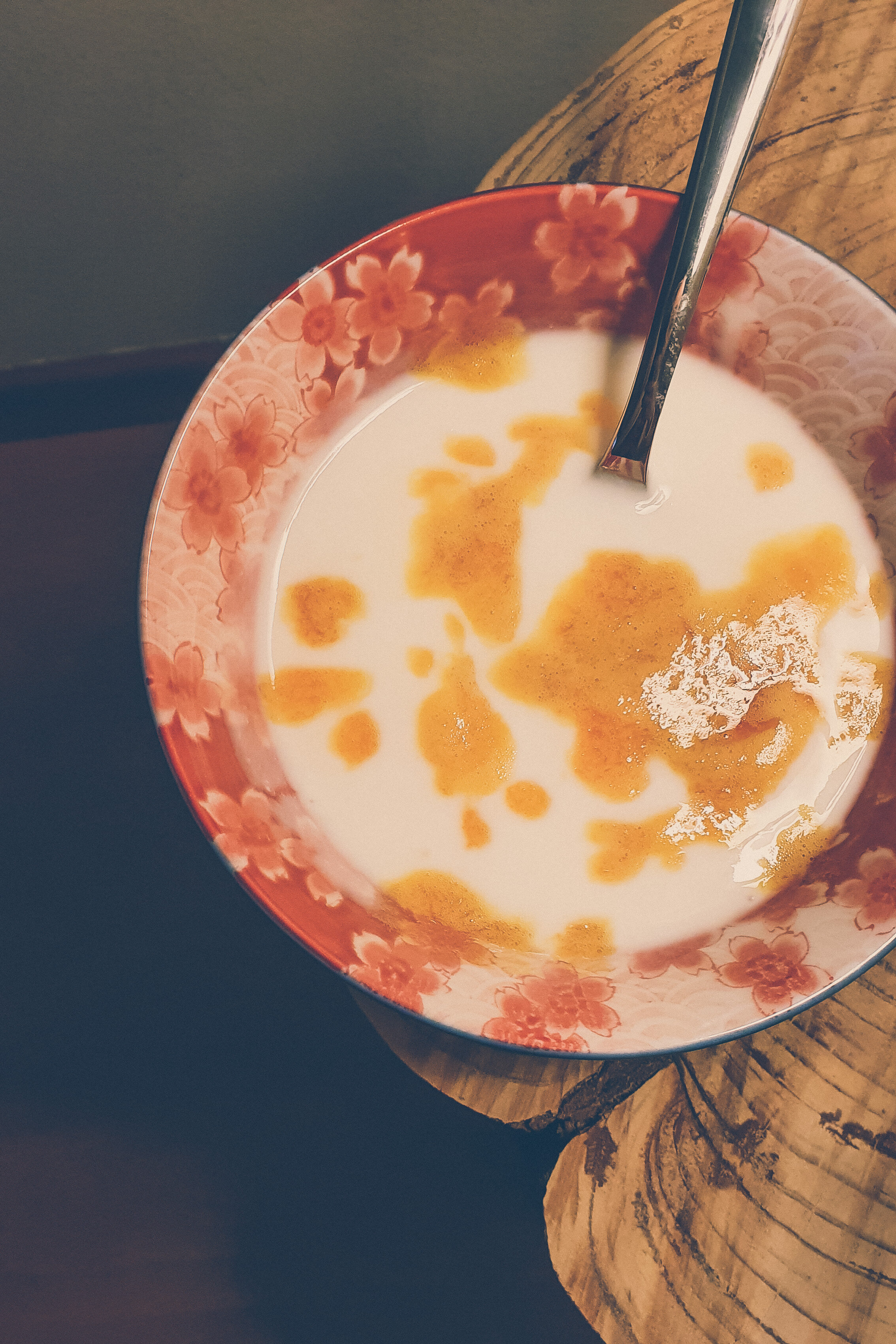







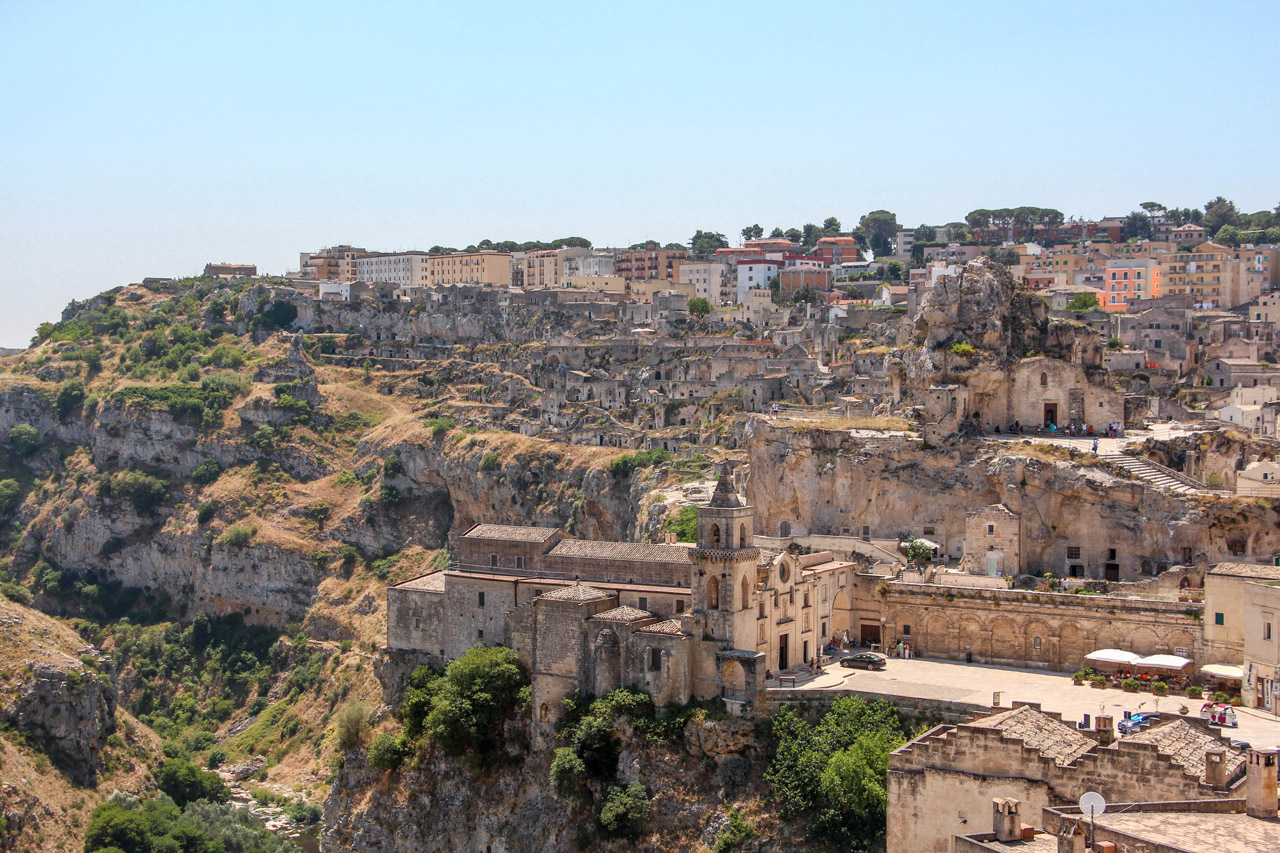
To brush off a bit of the last year’s ugliness, I decided to write another Last year’s favorites post, with the positive things from the last year.